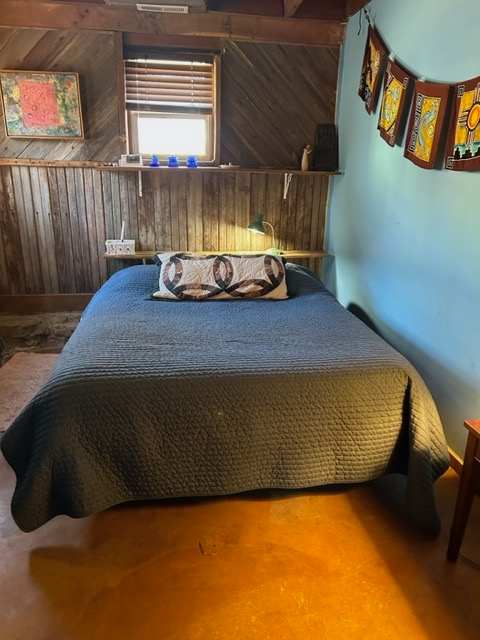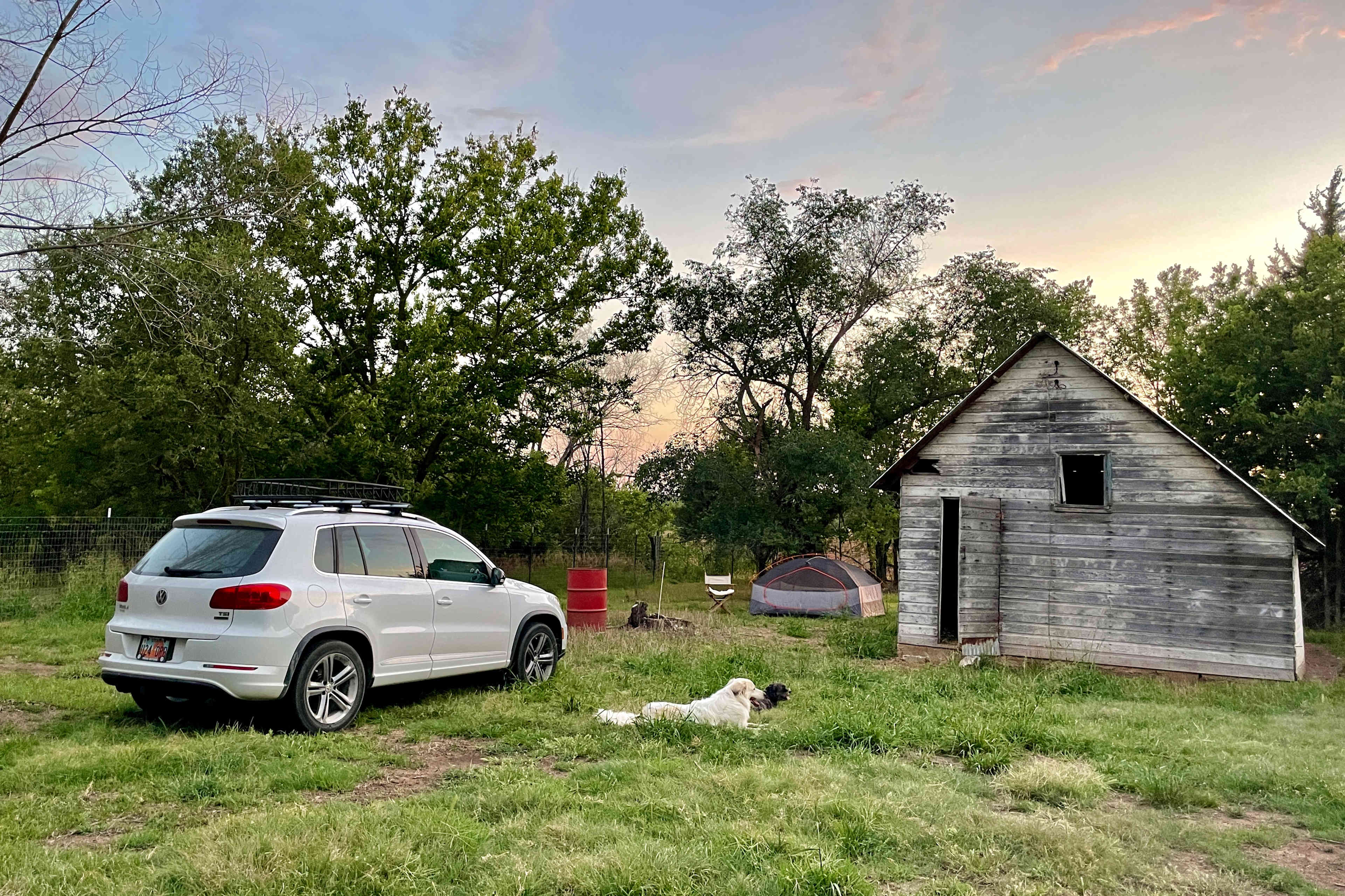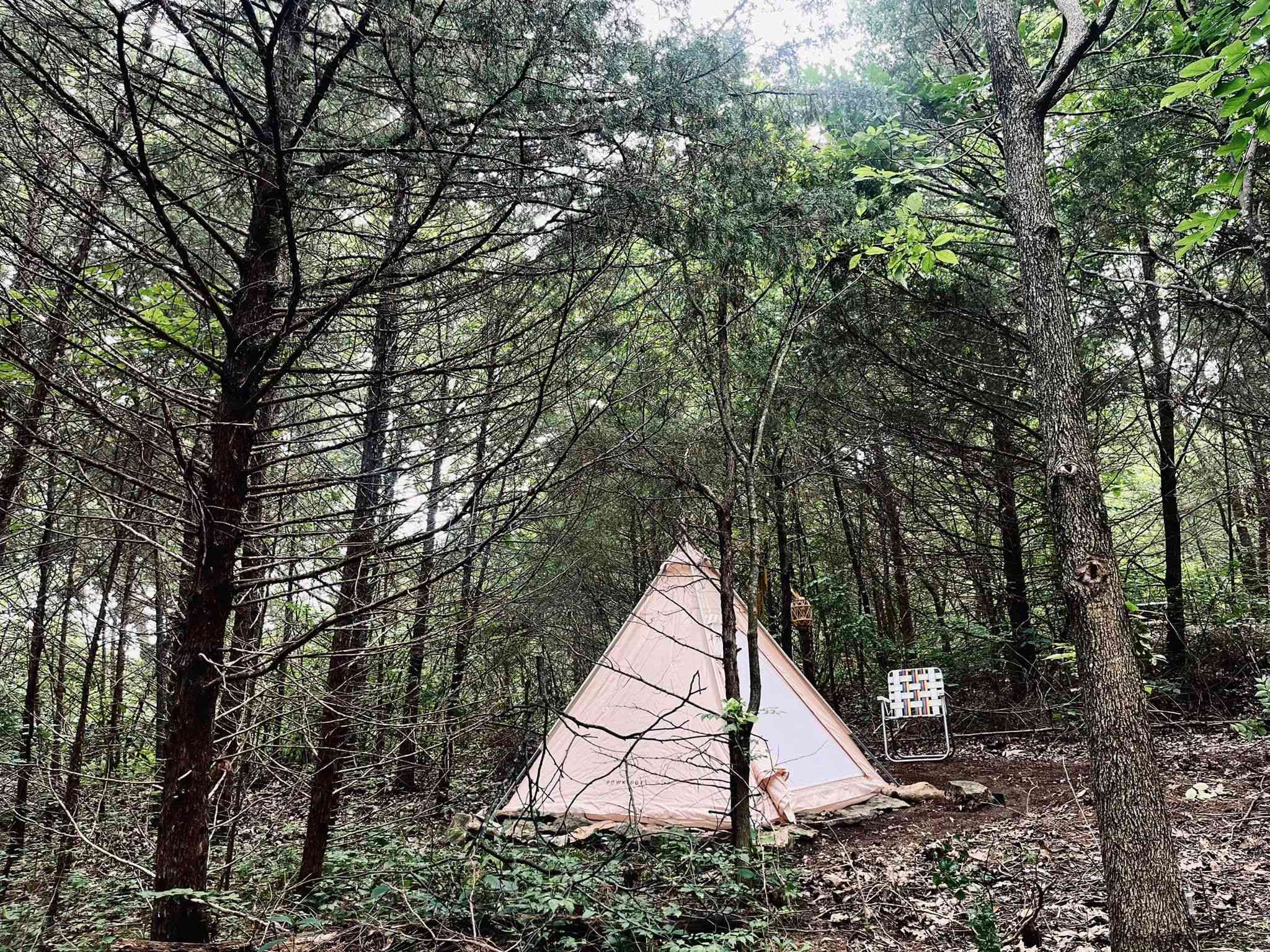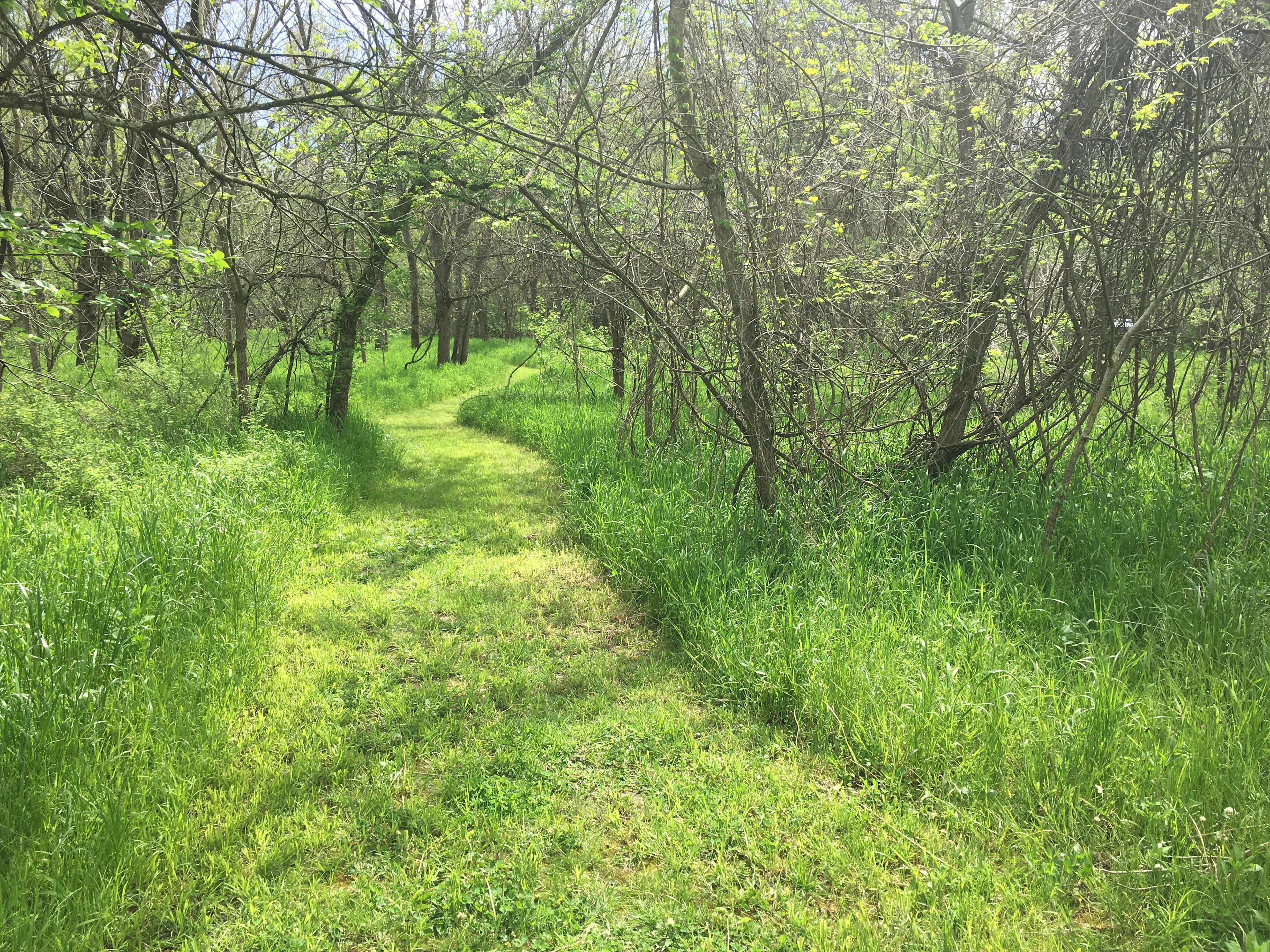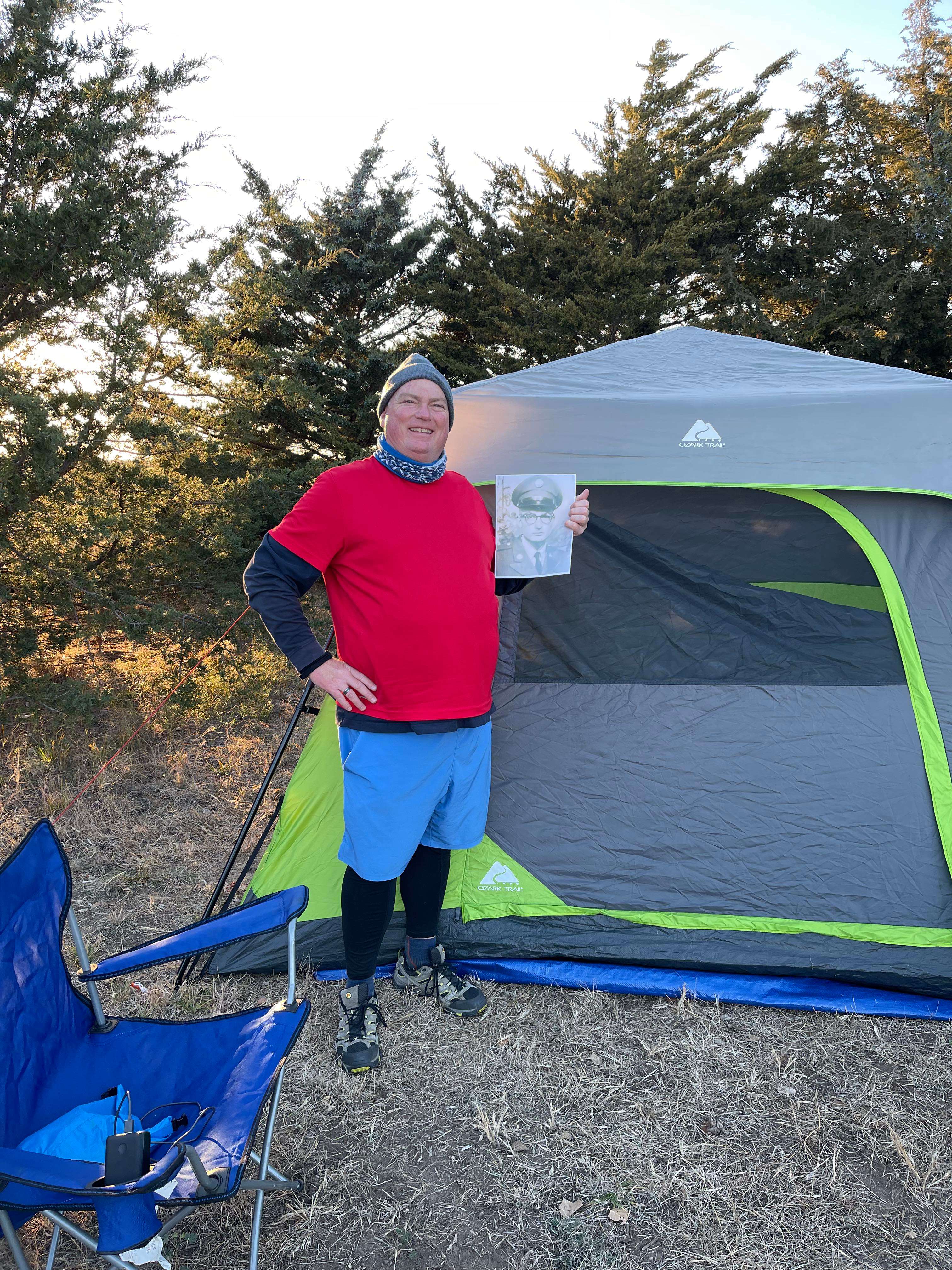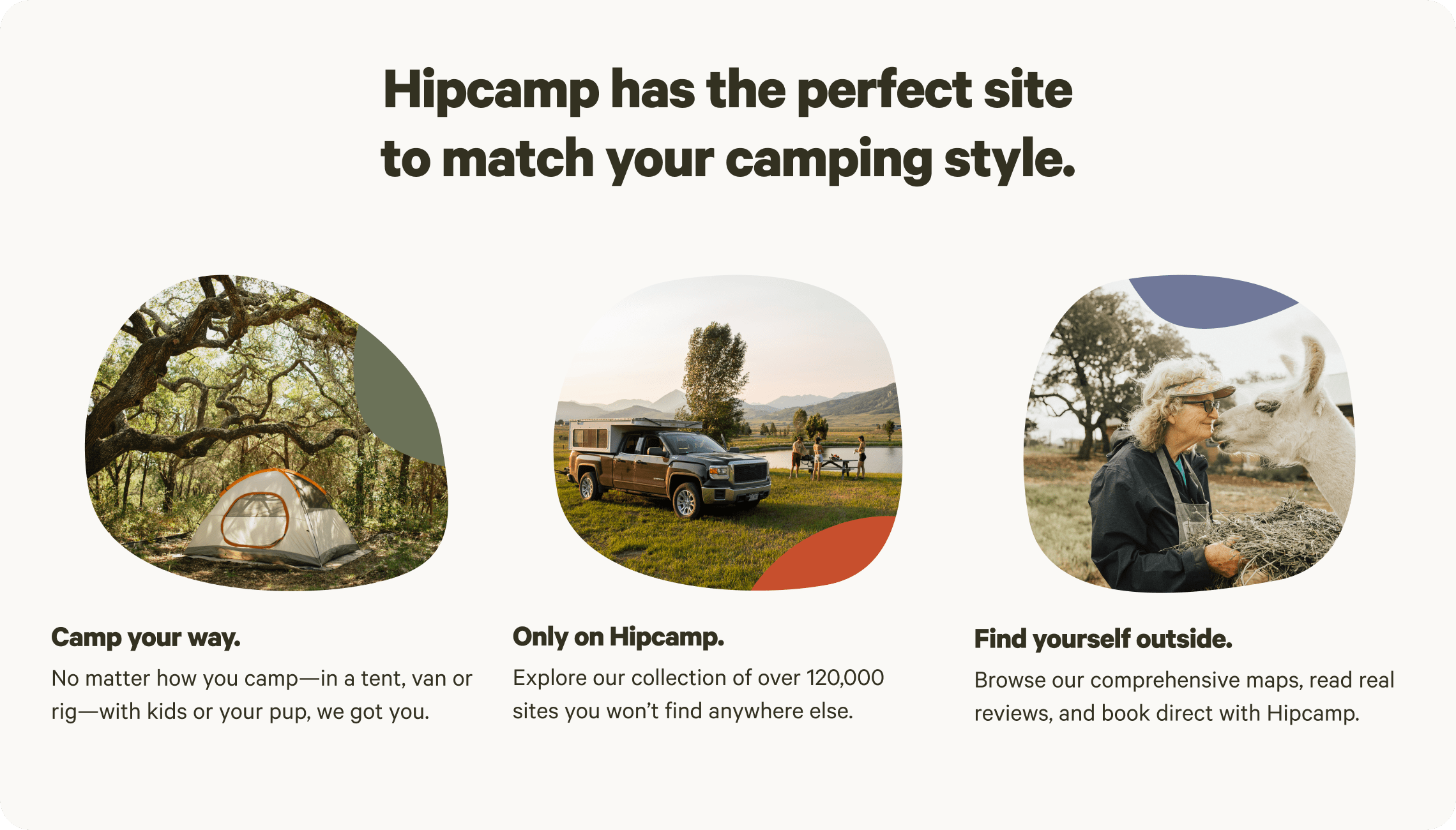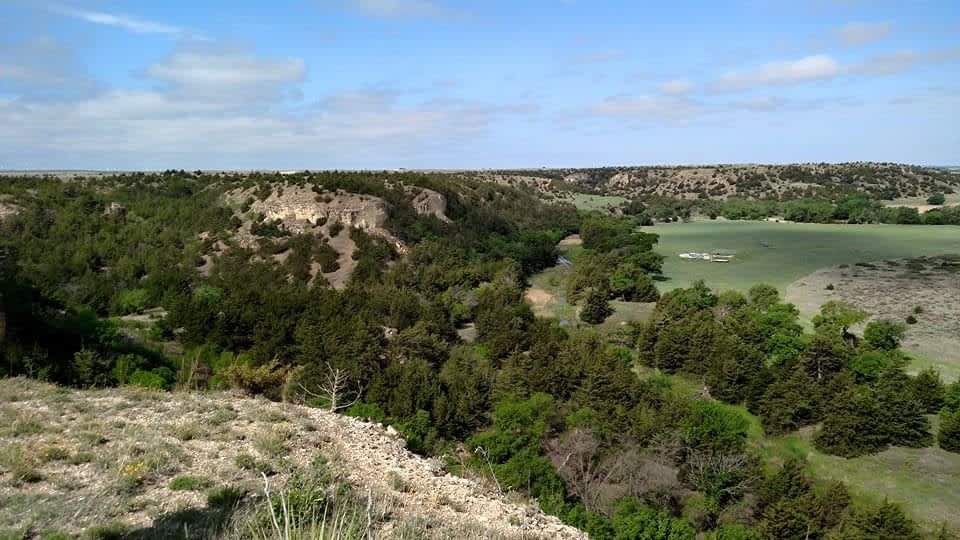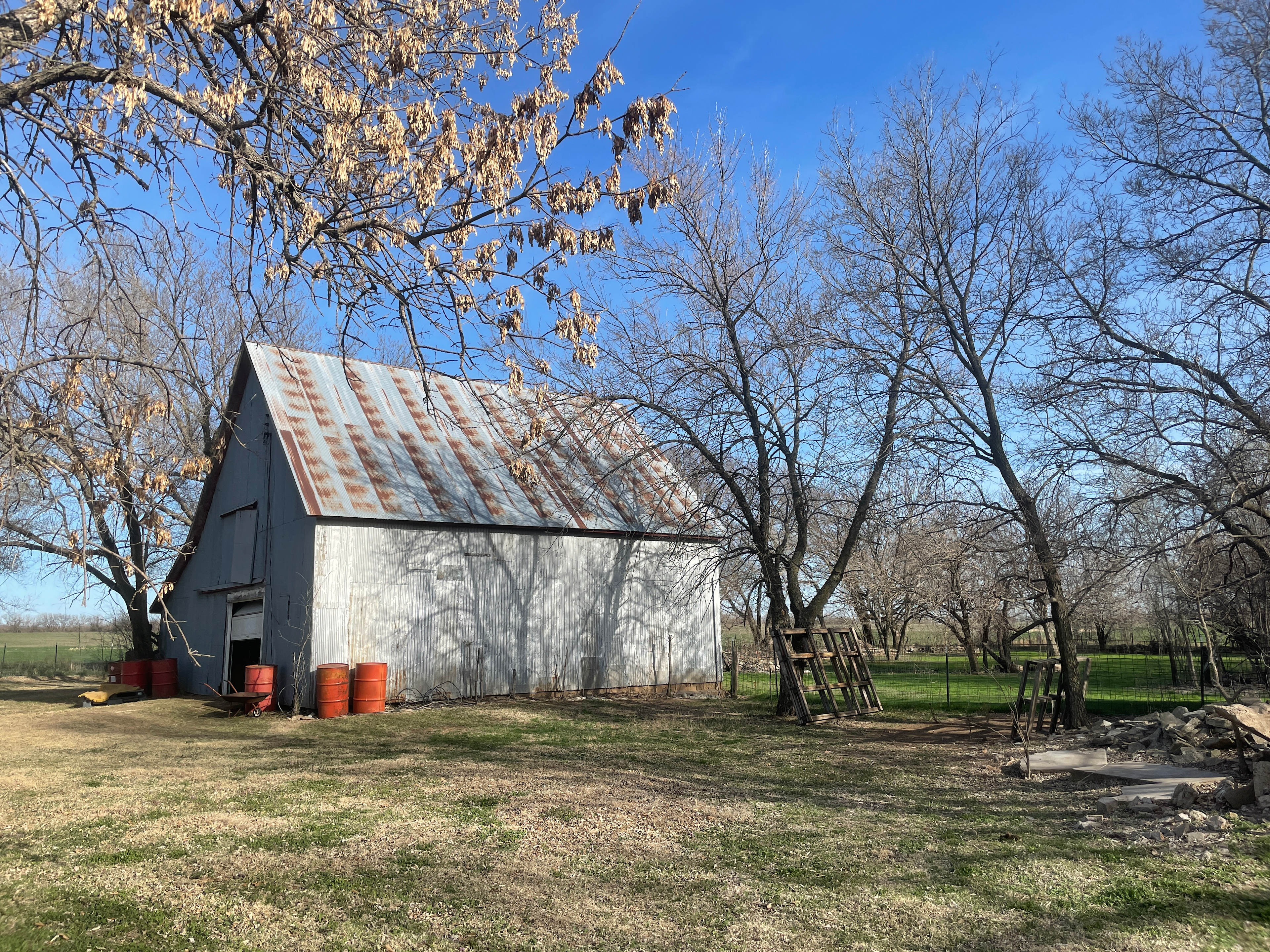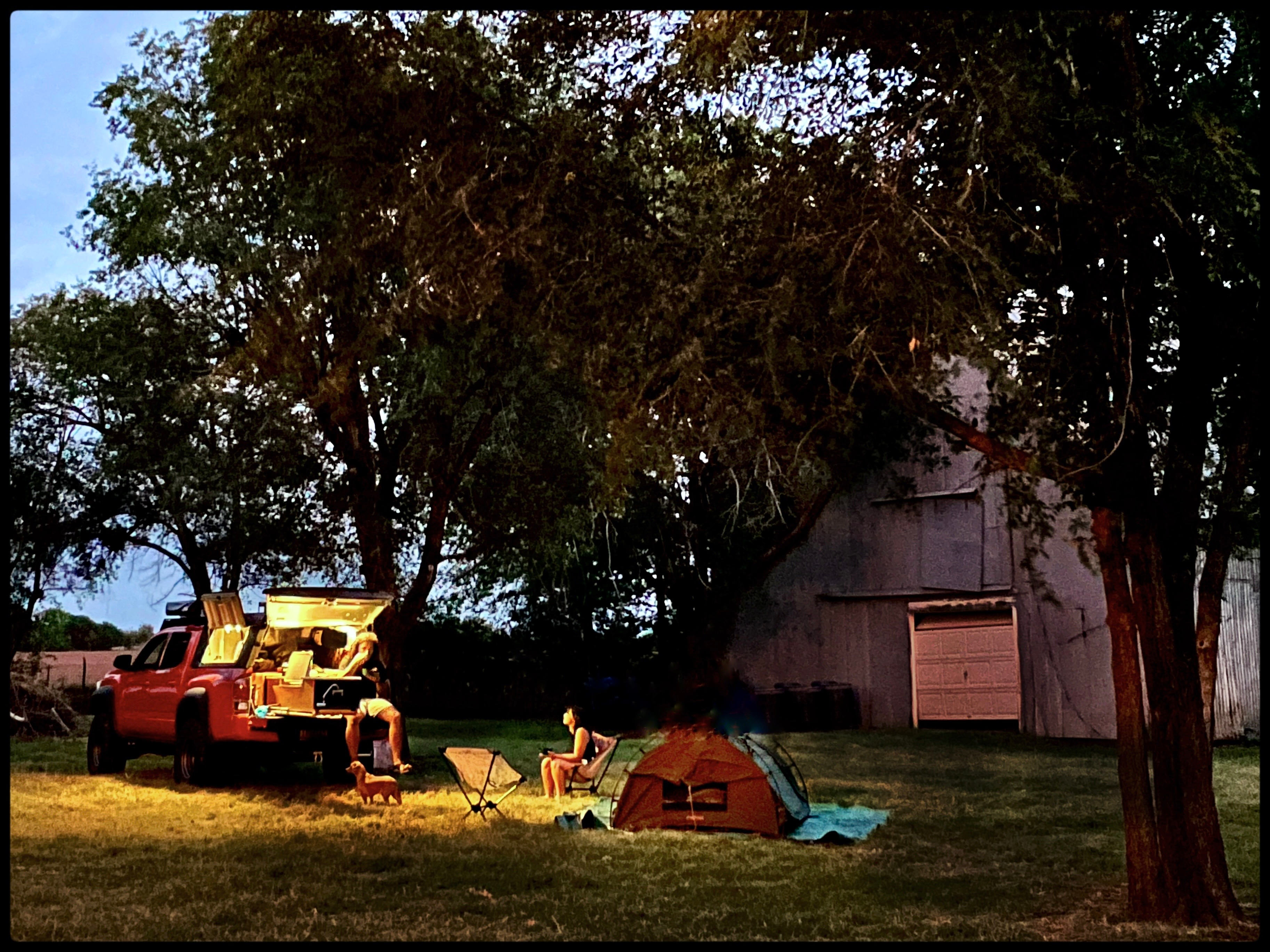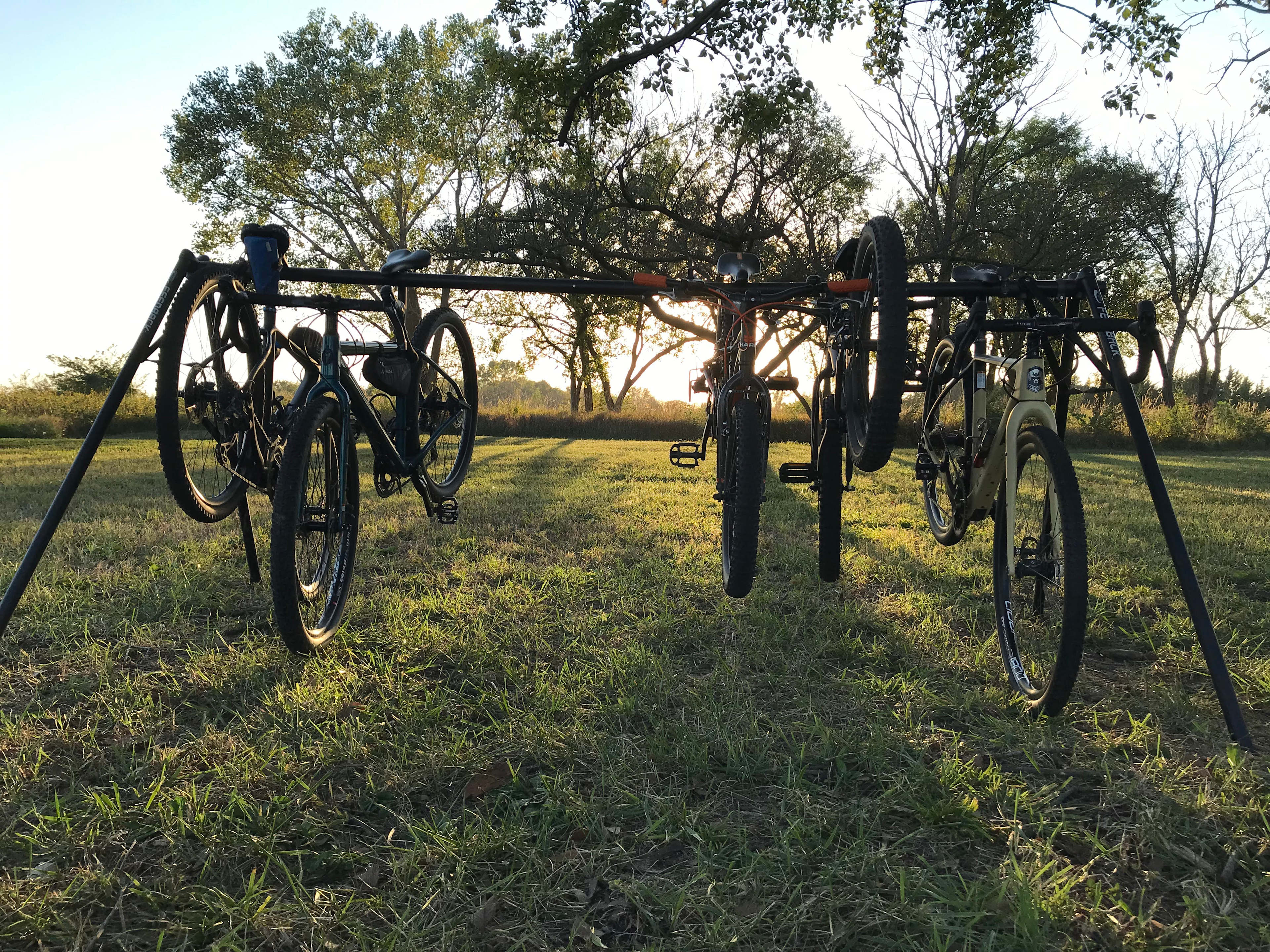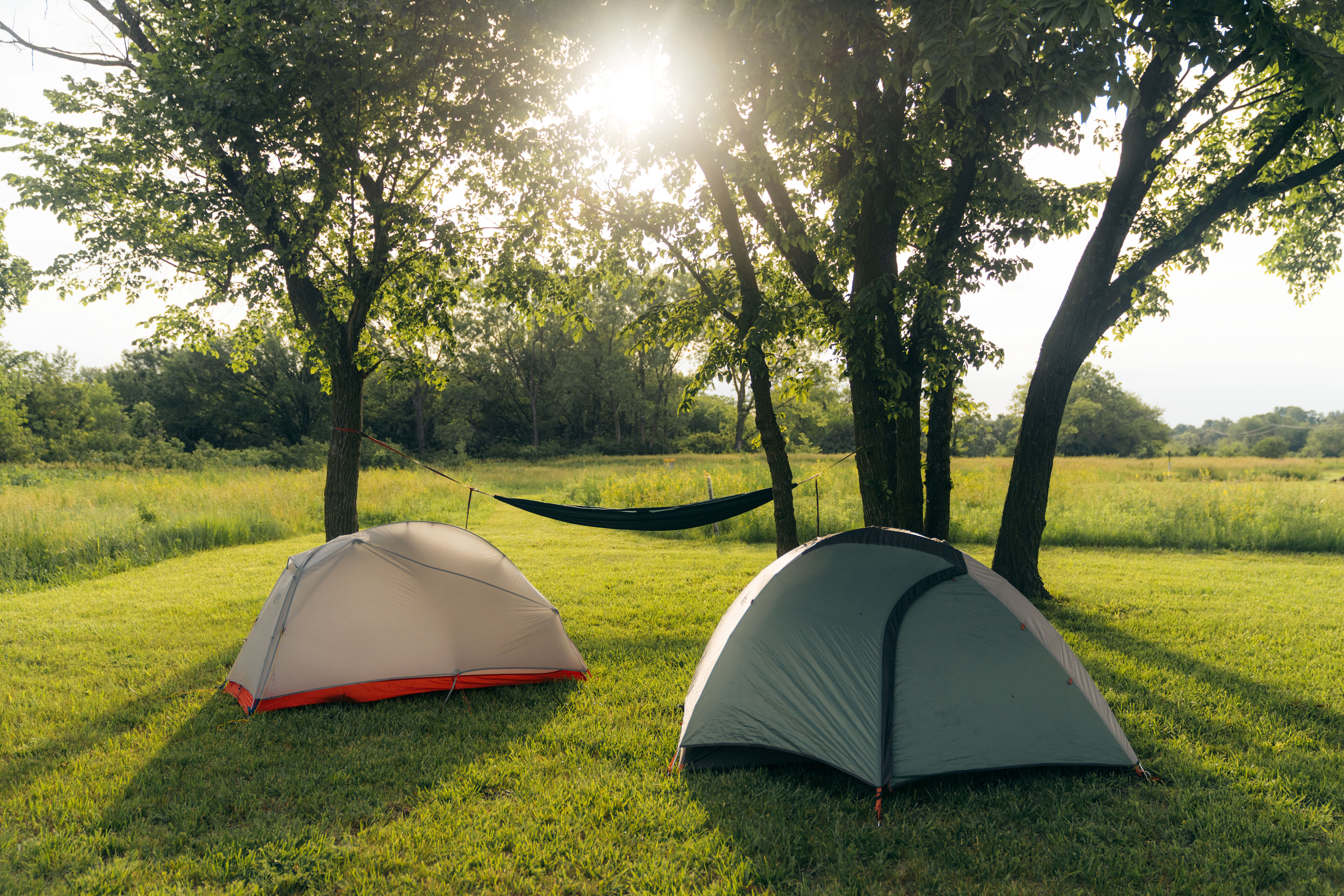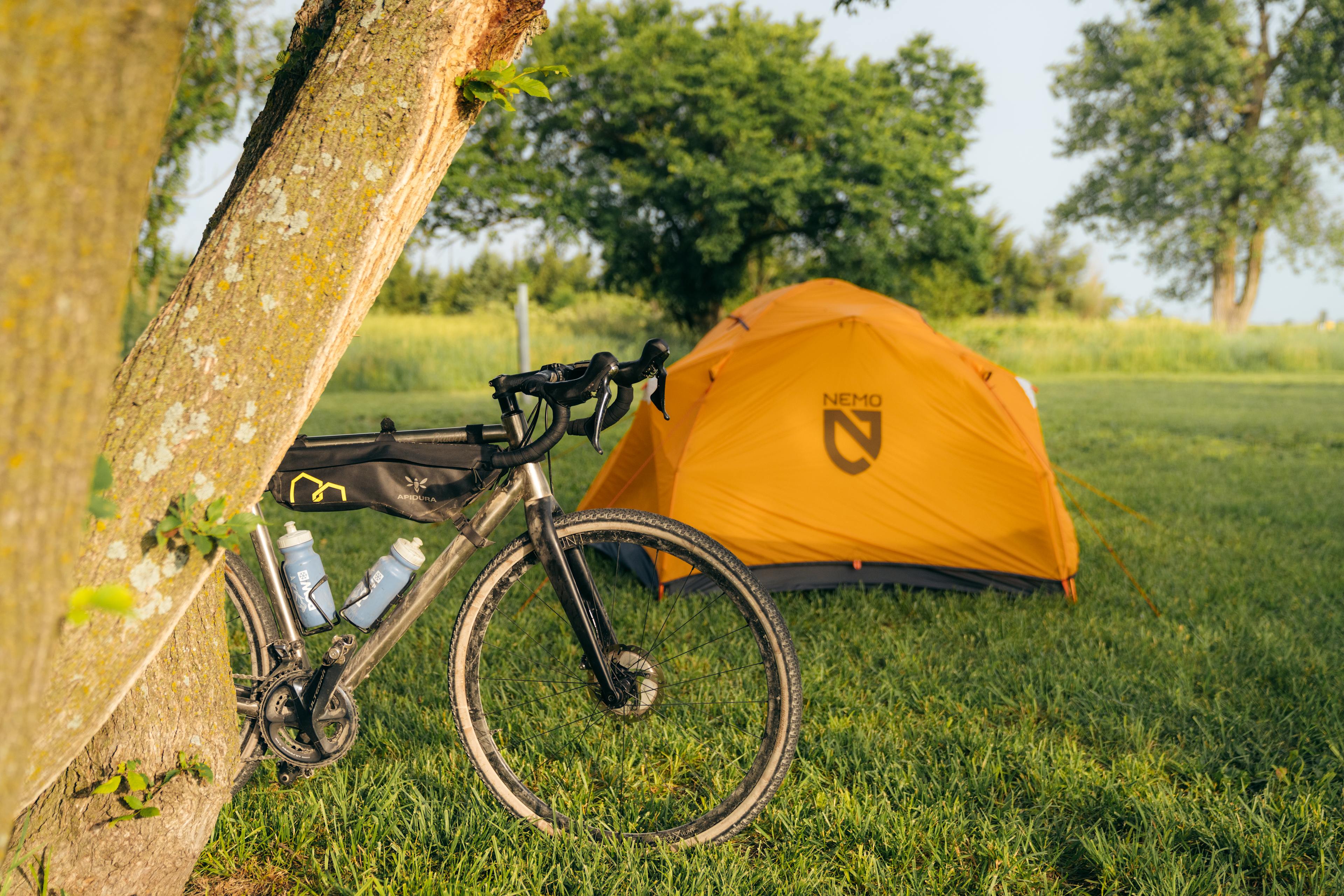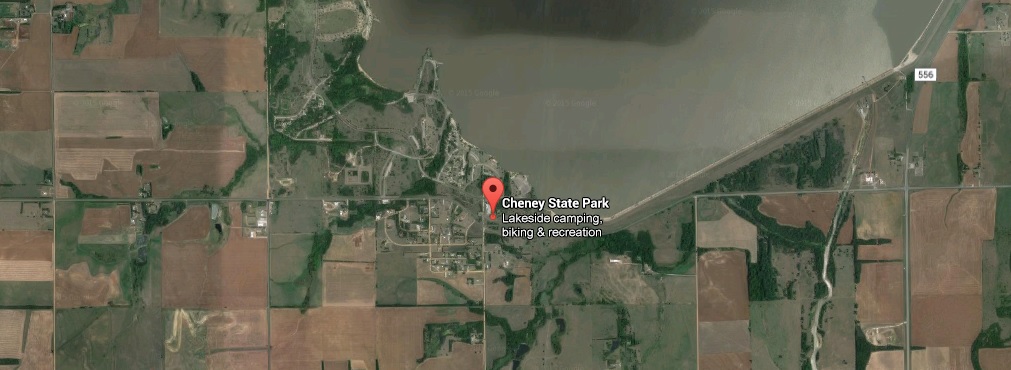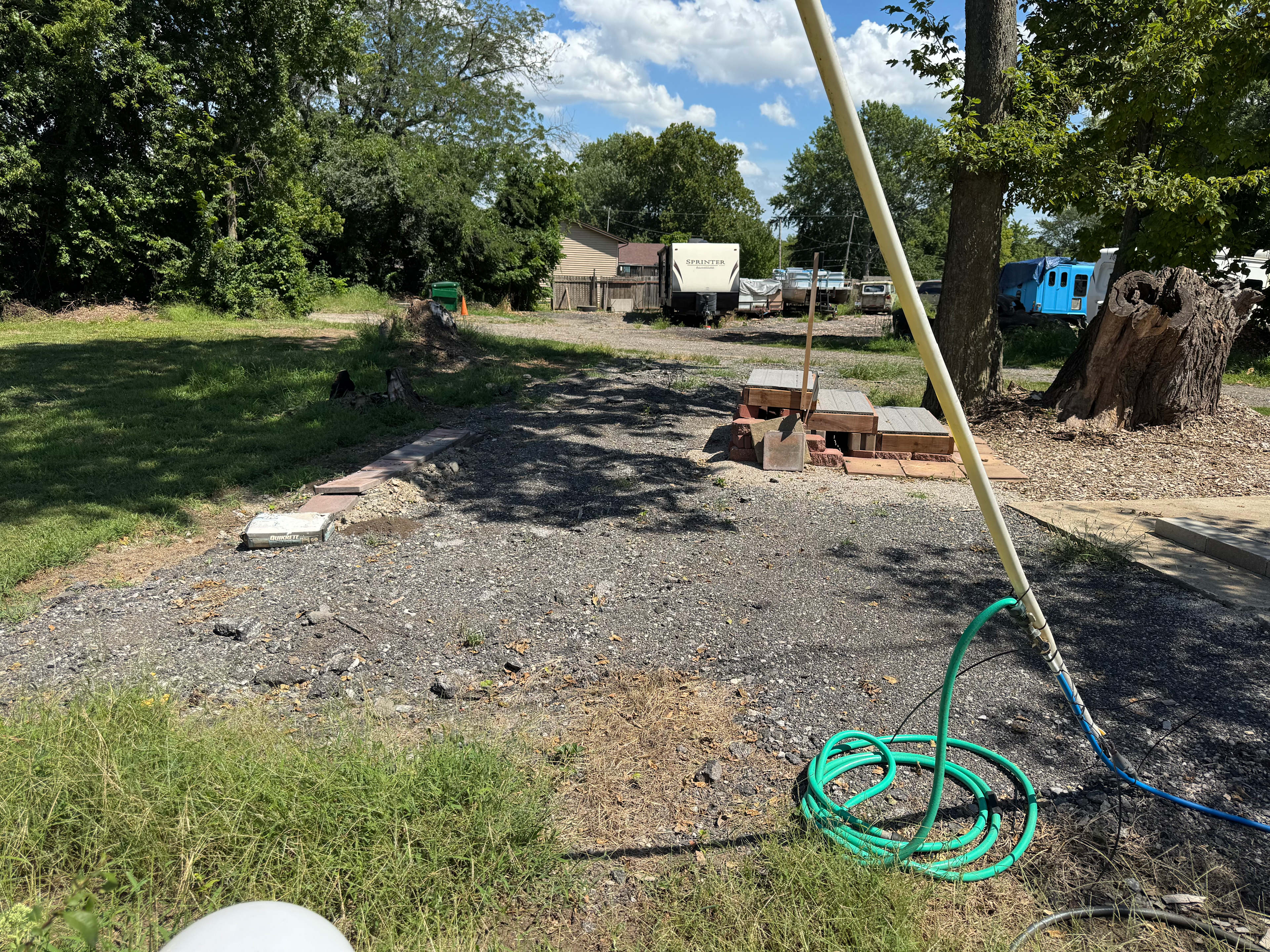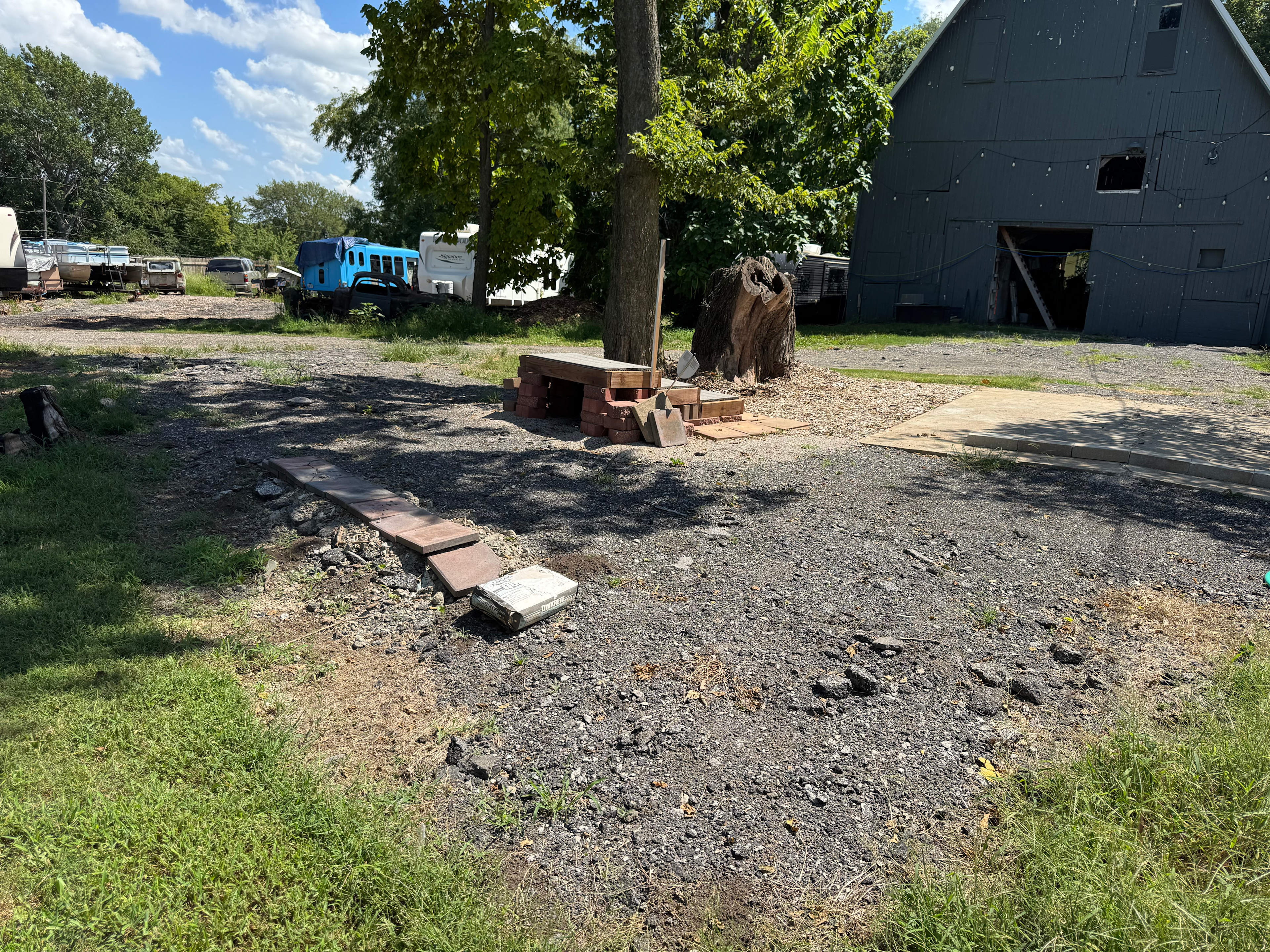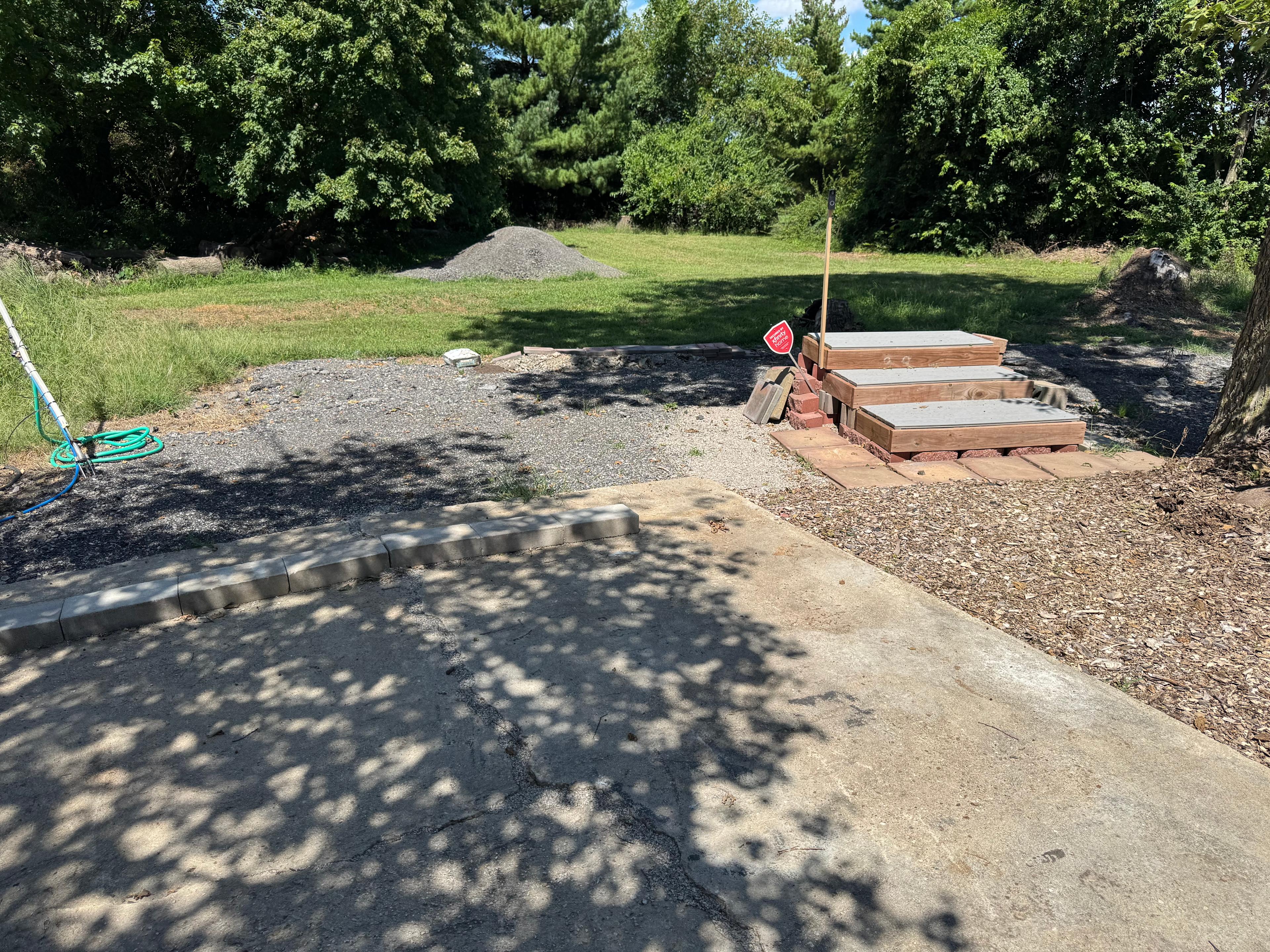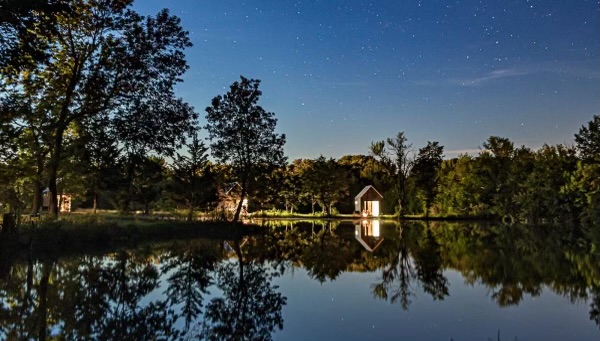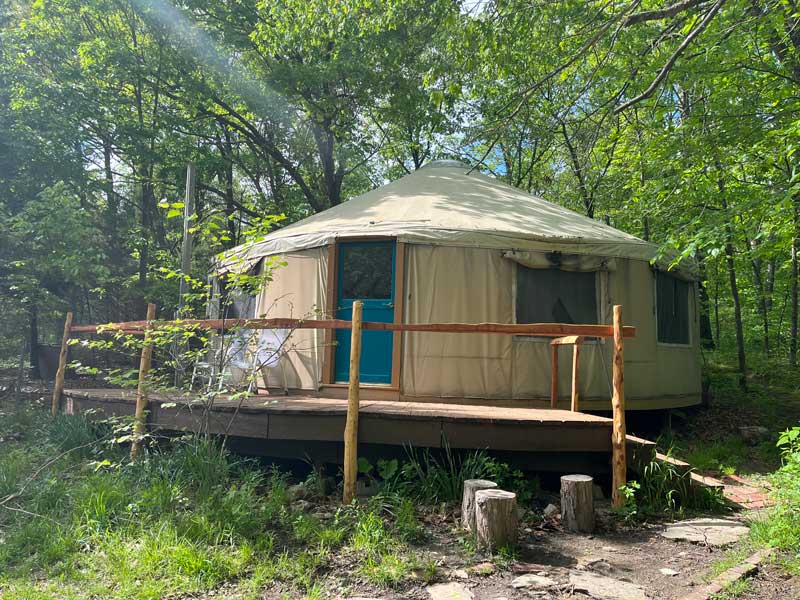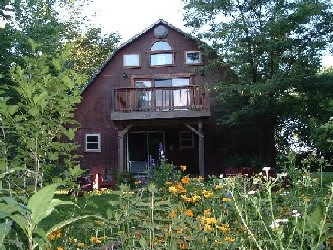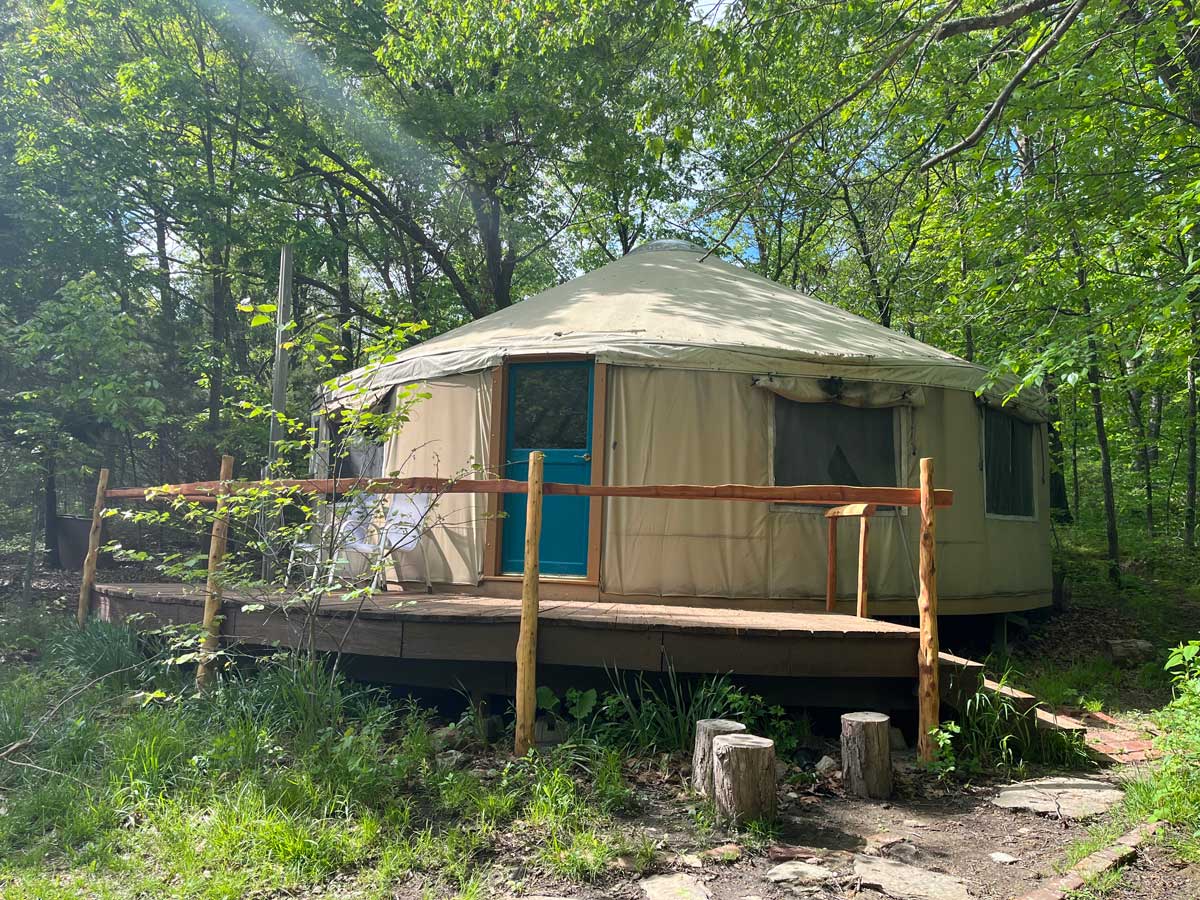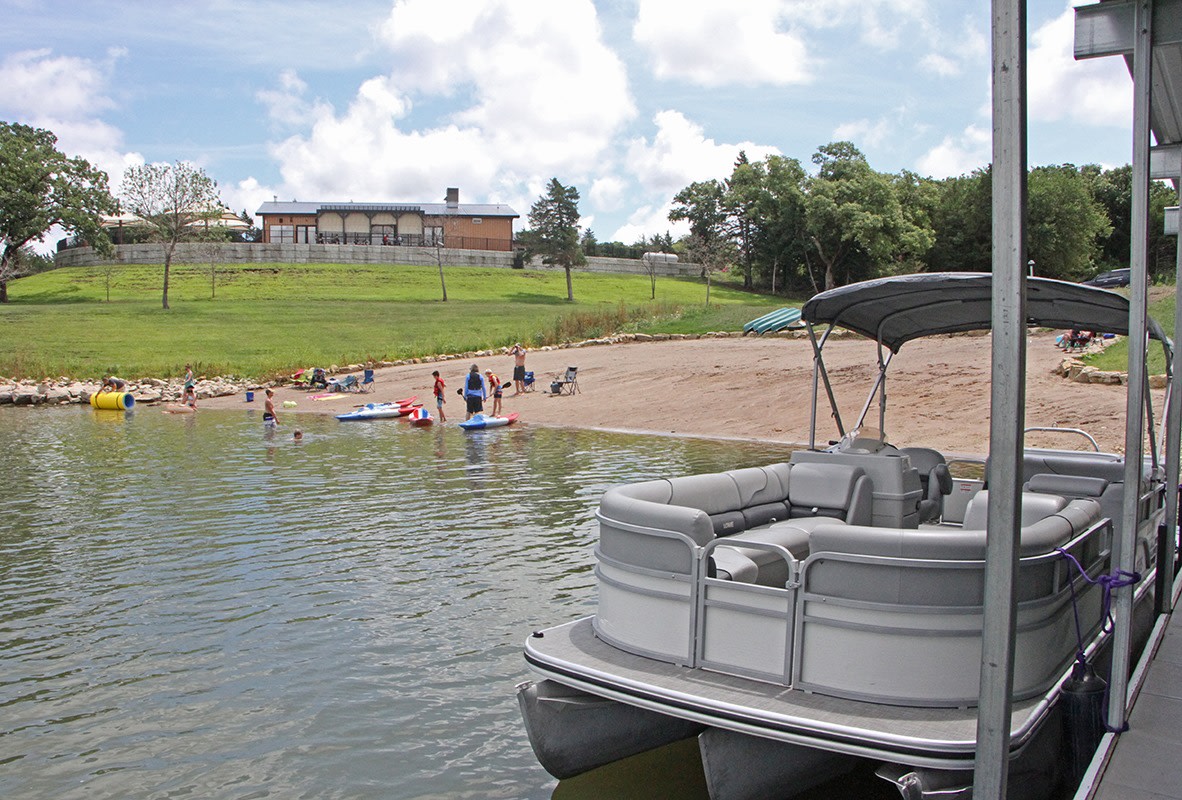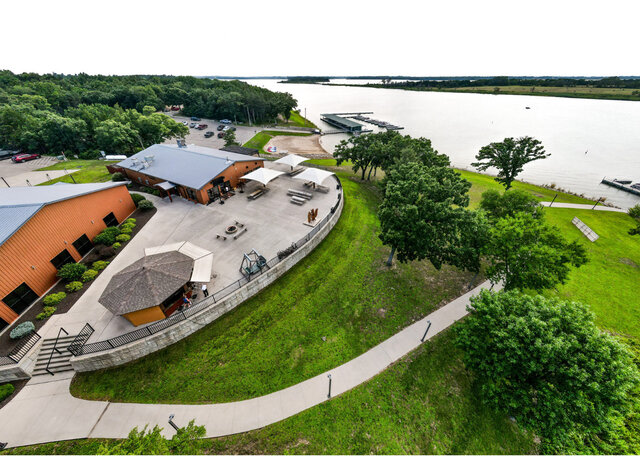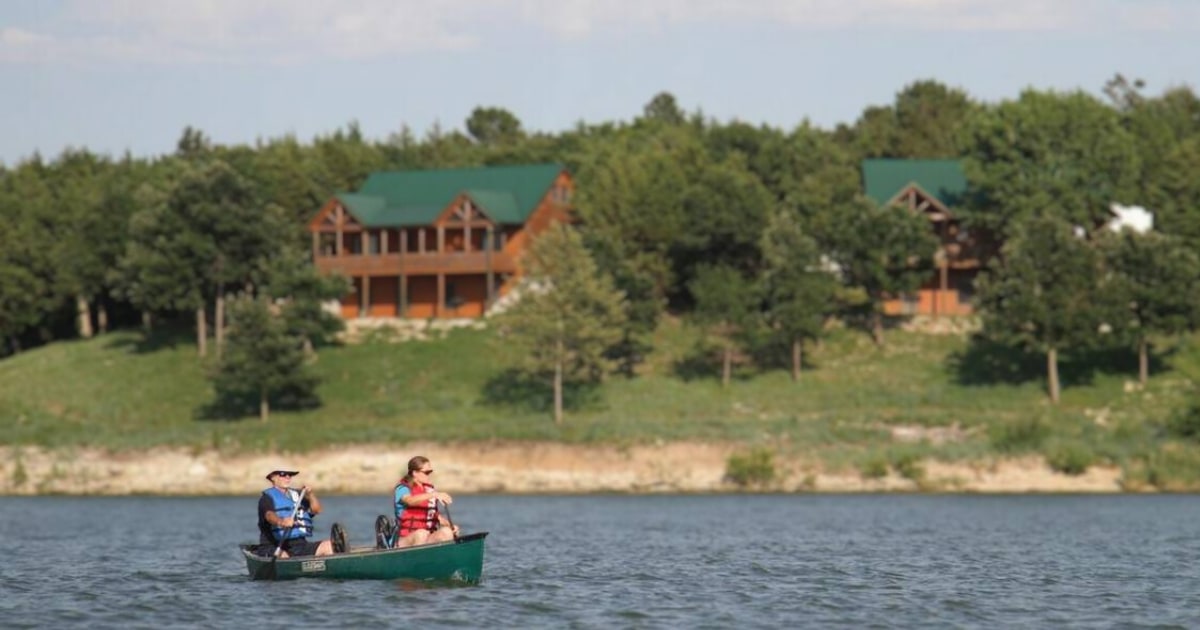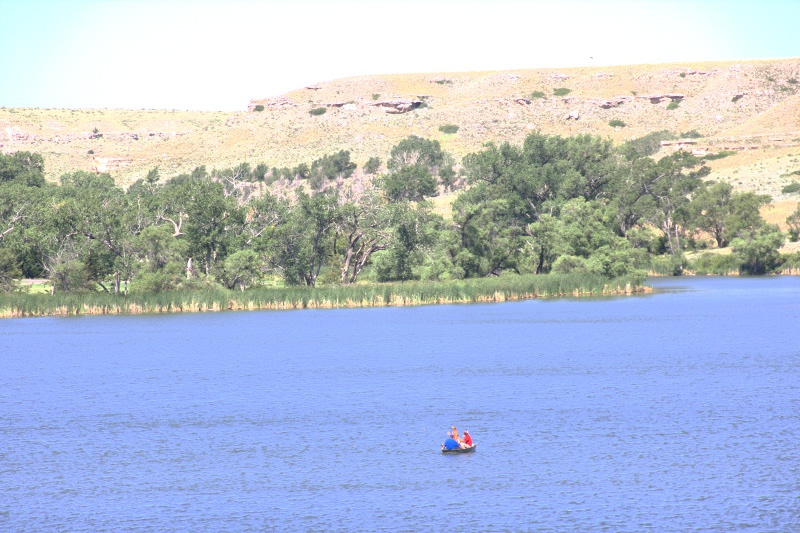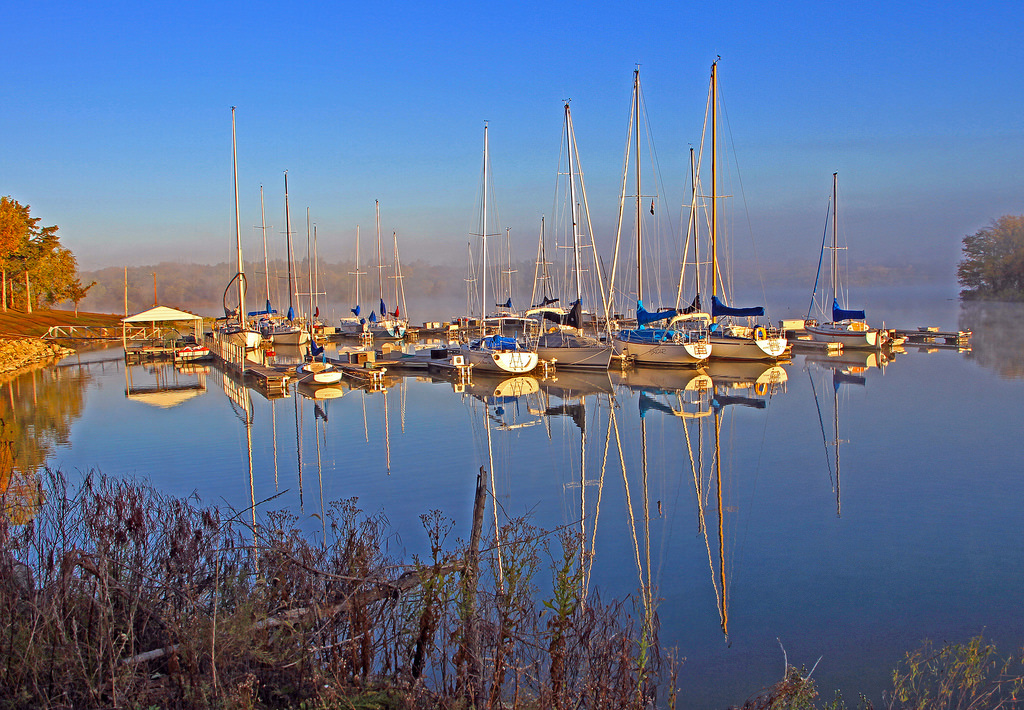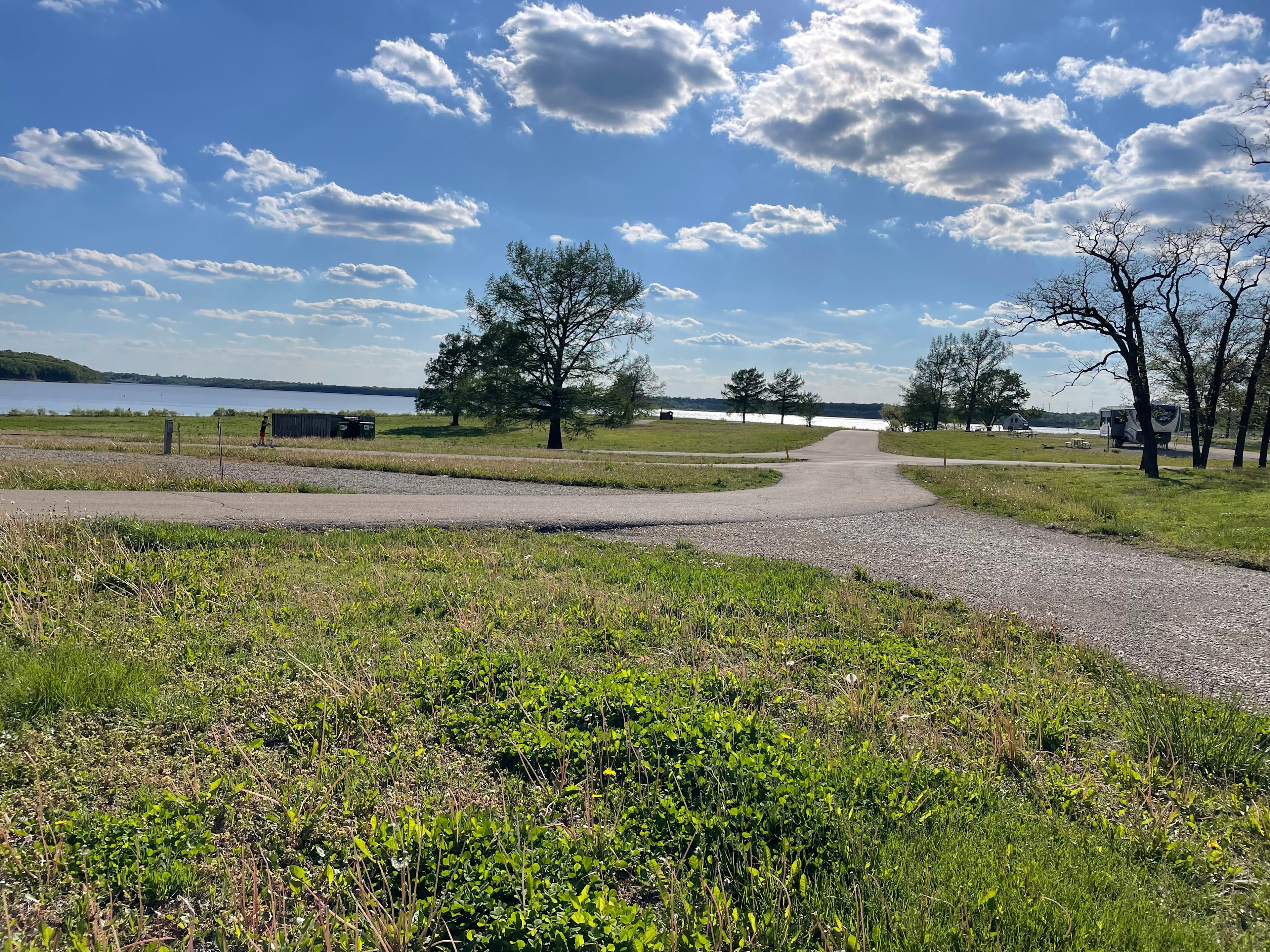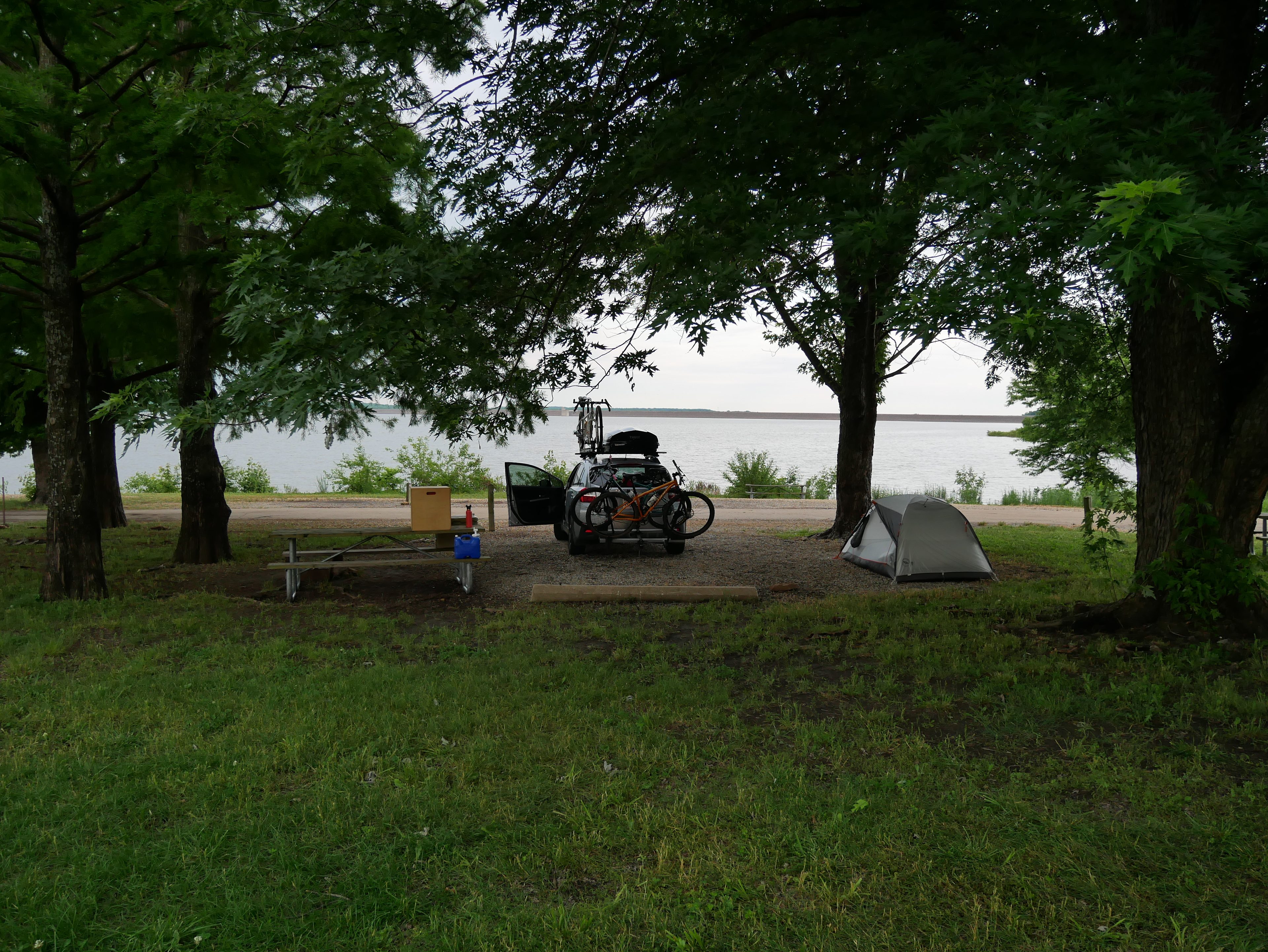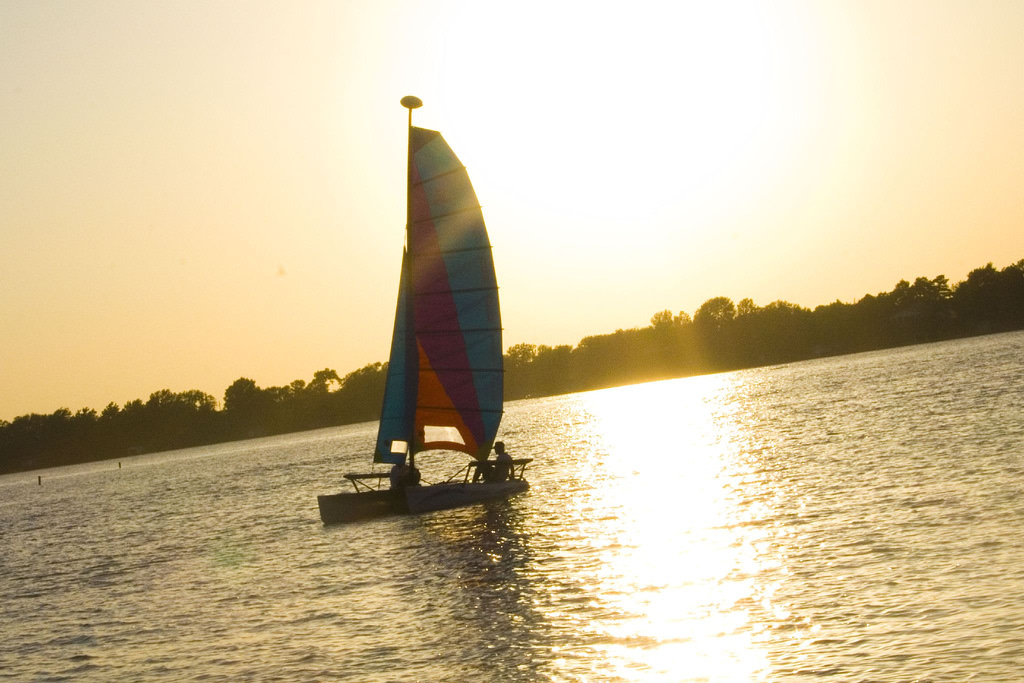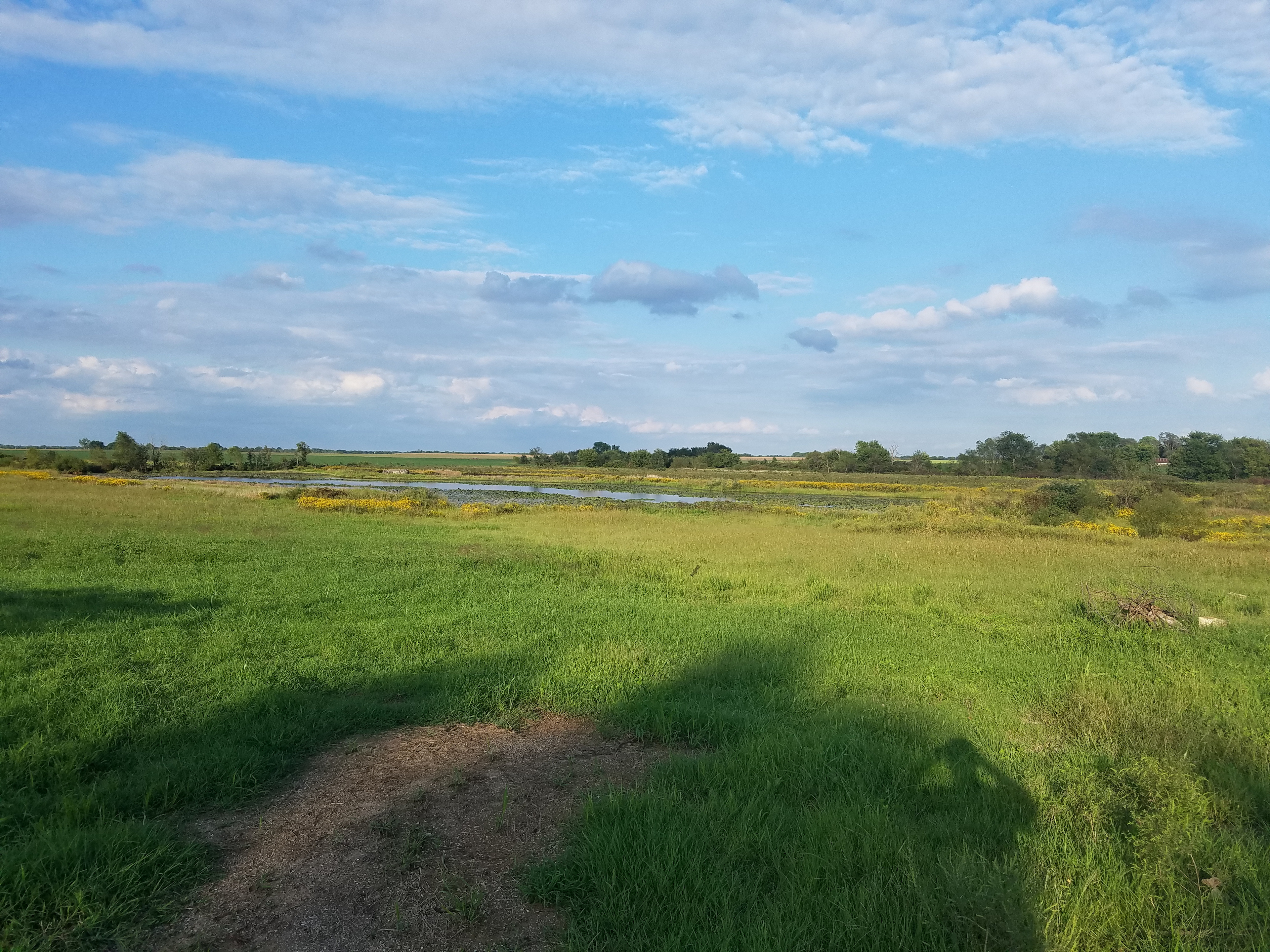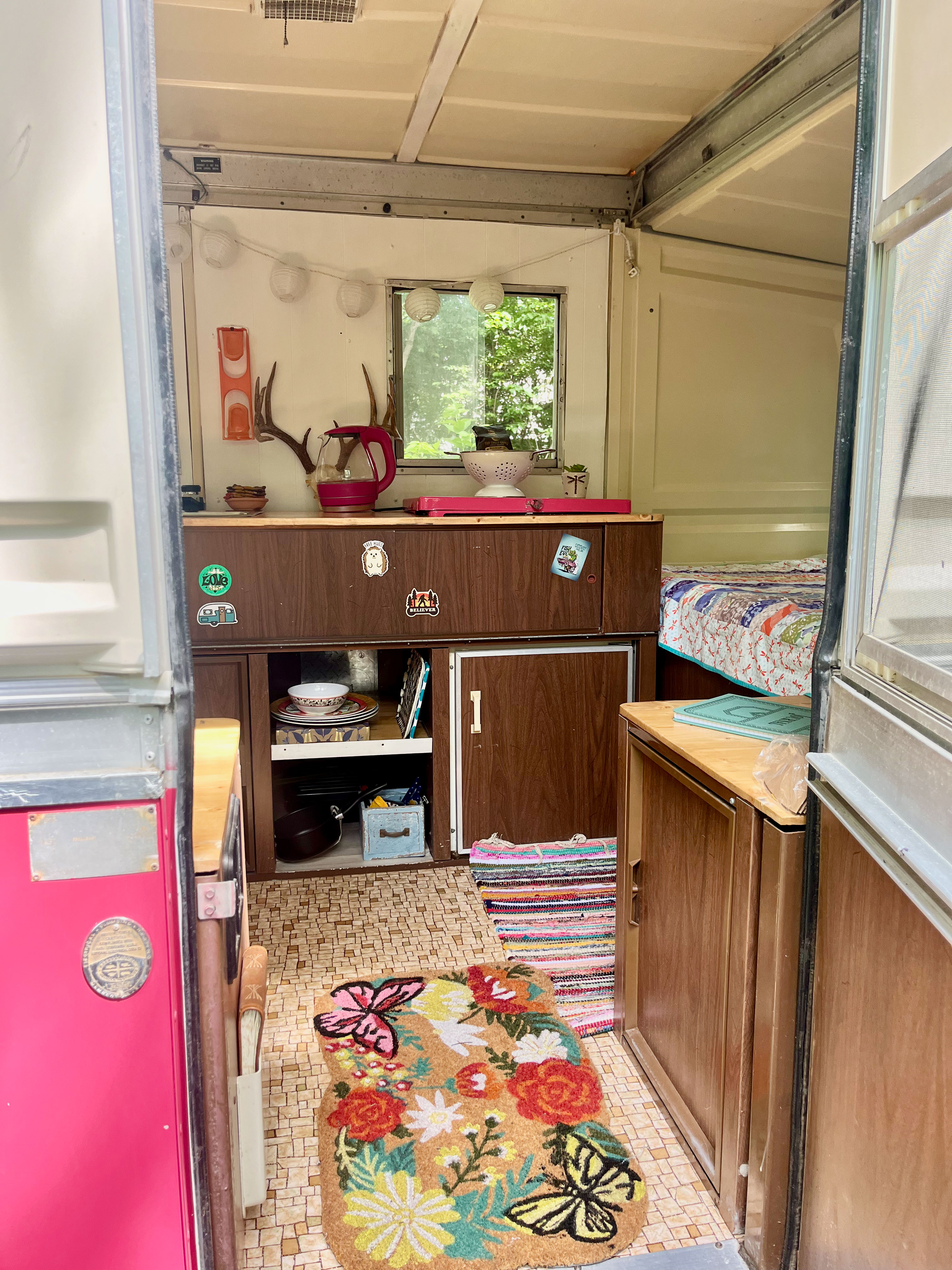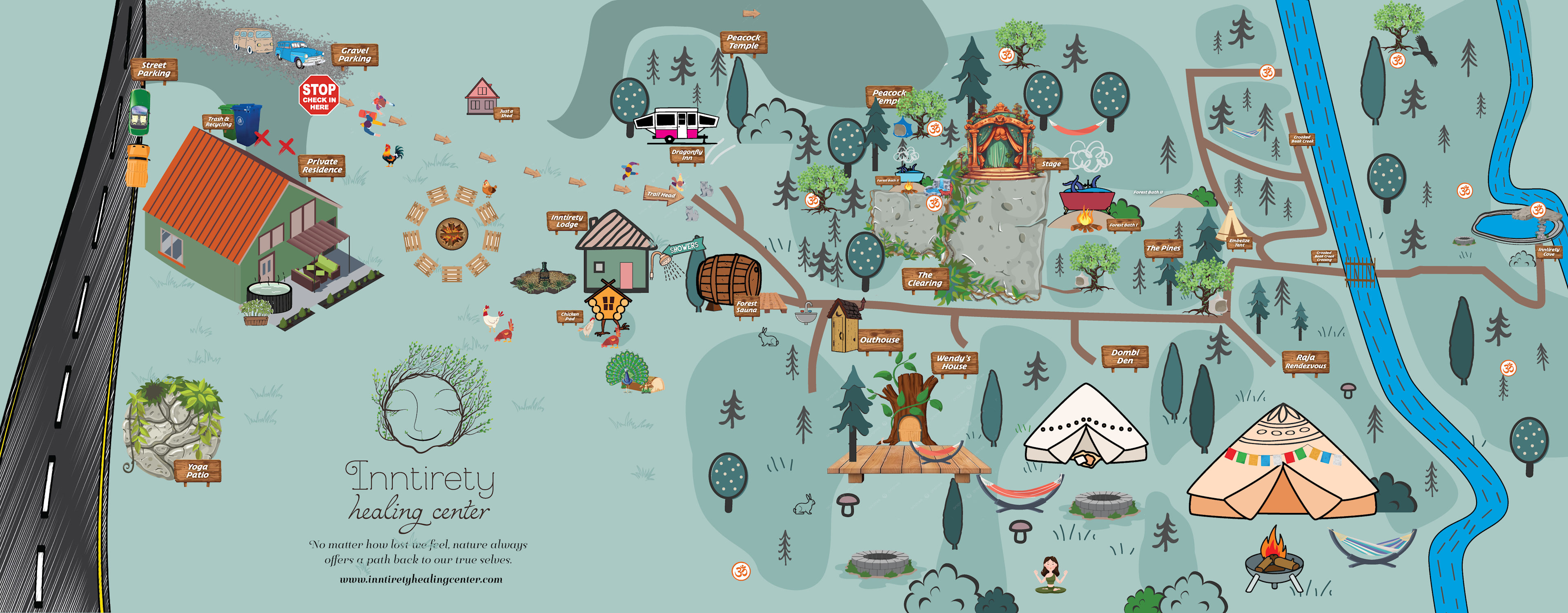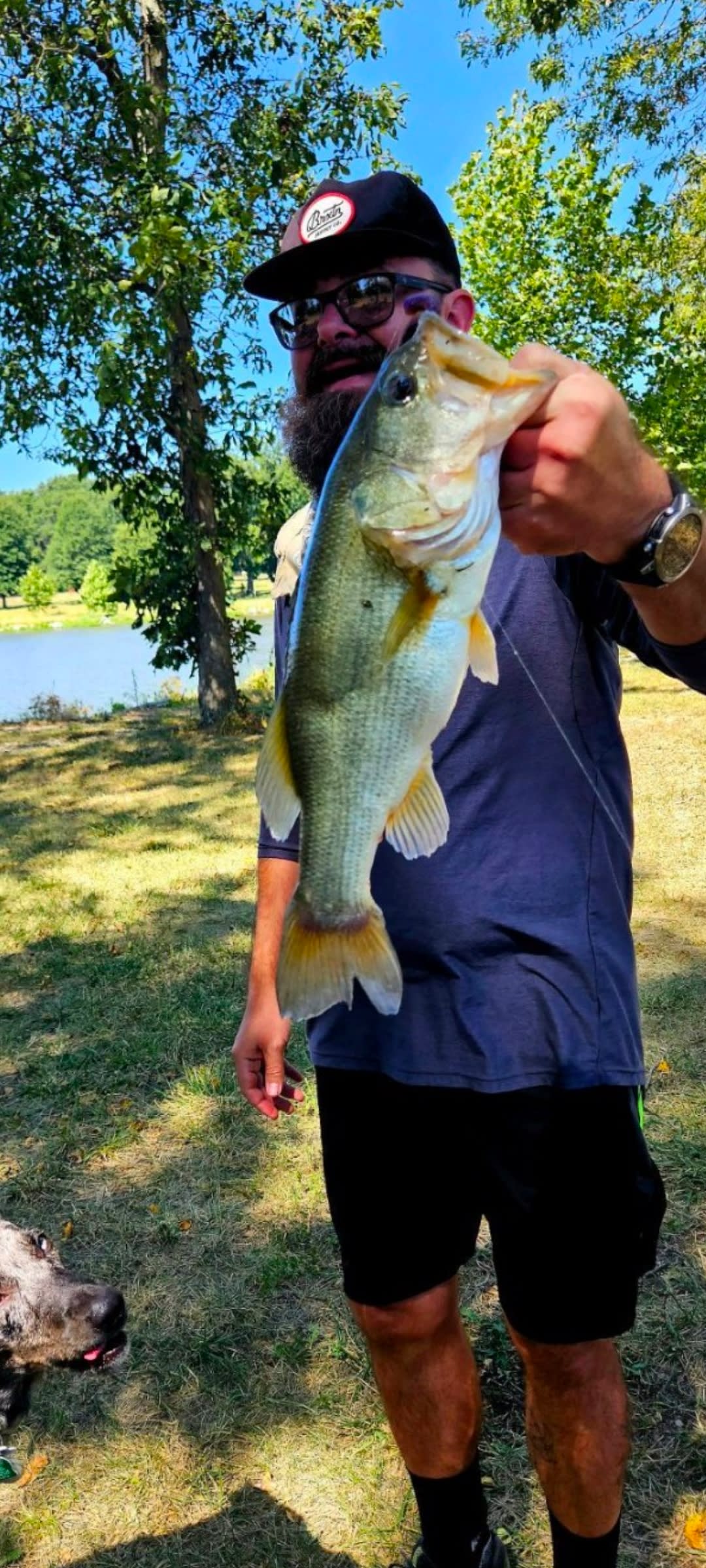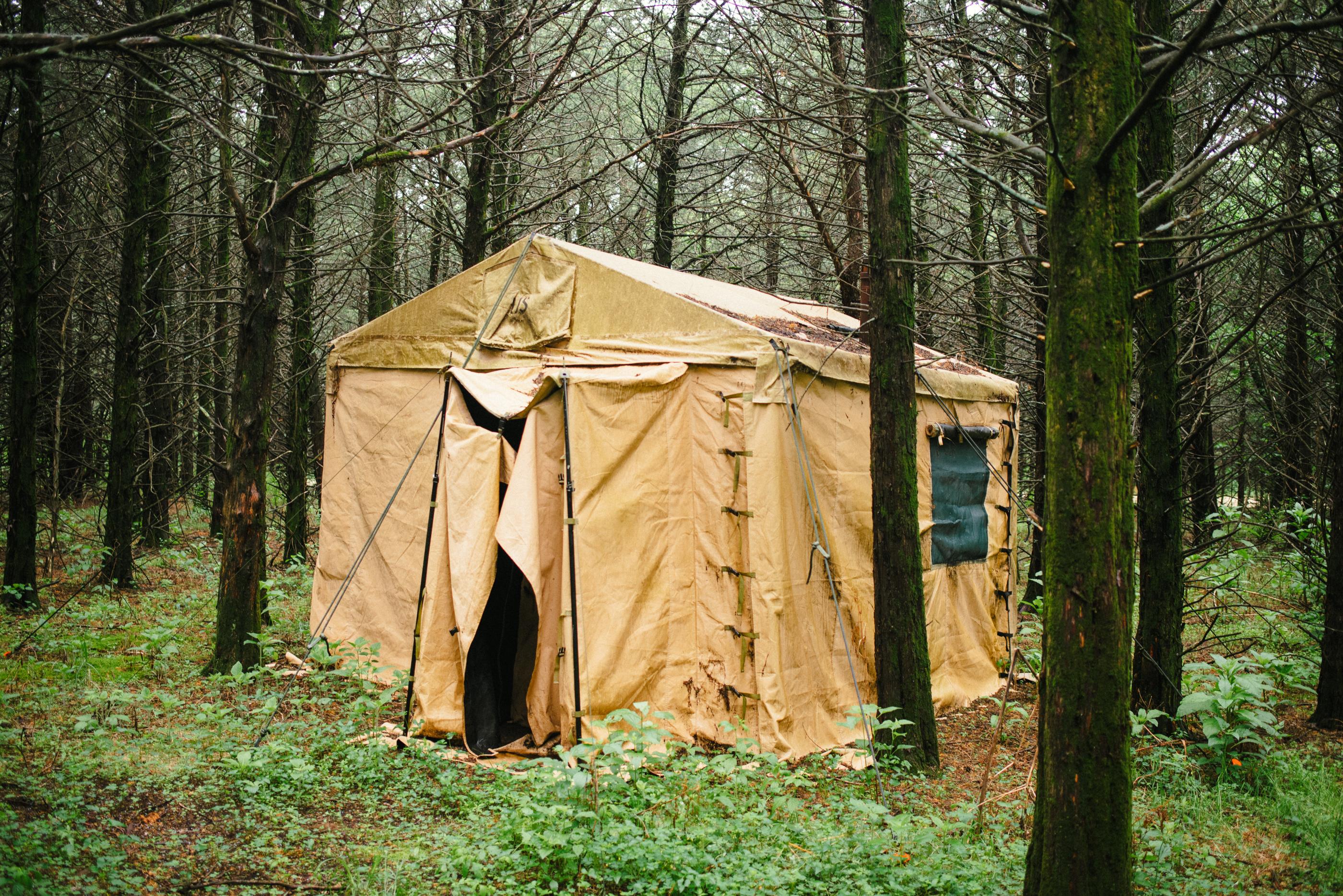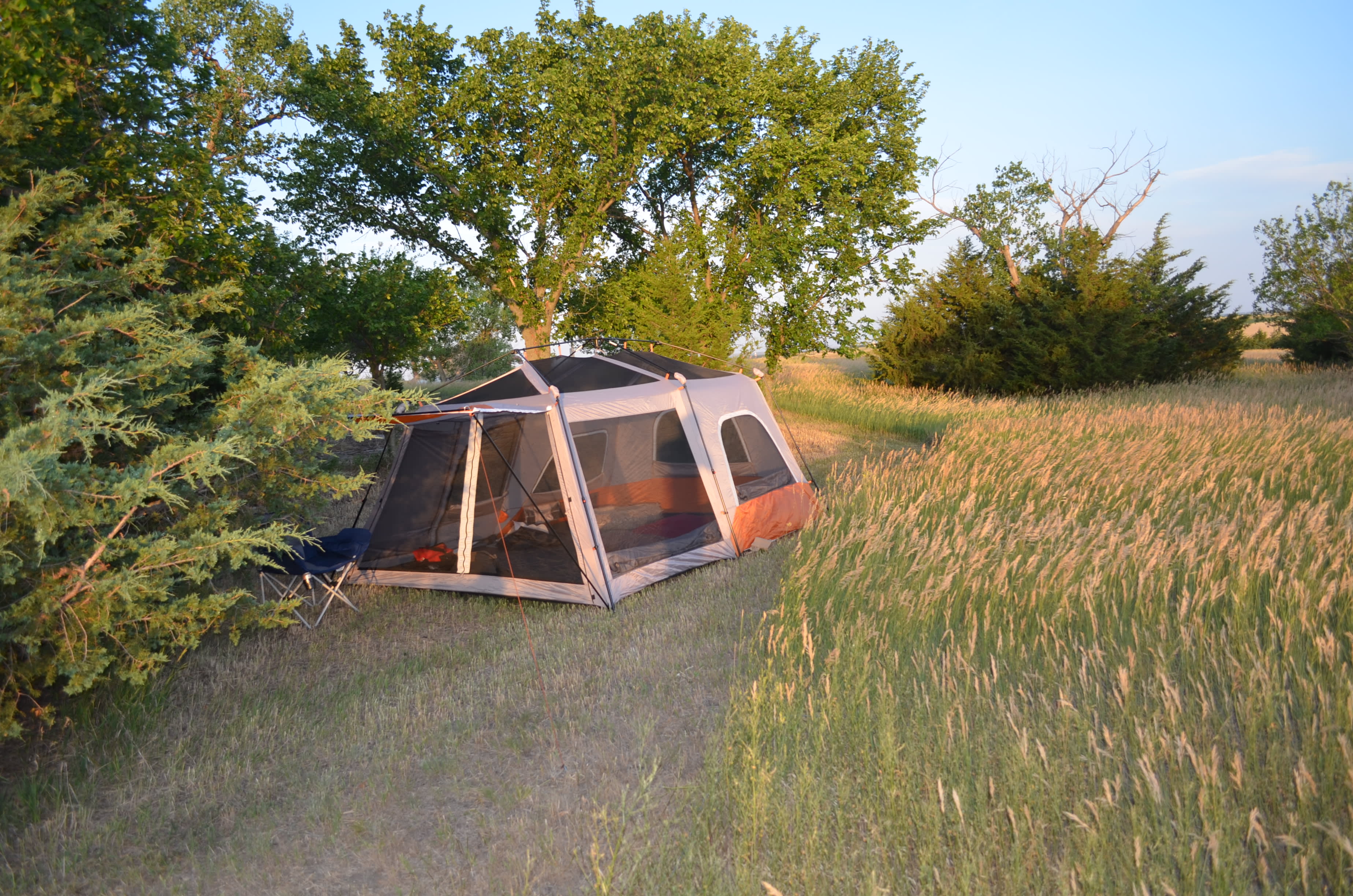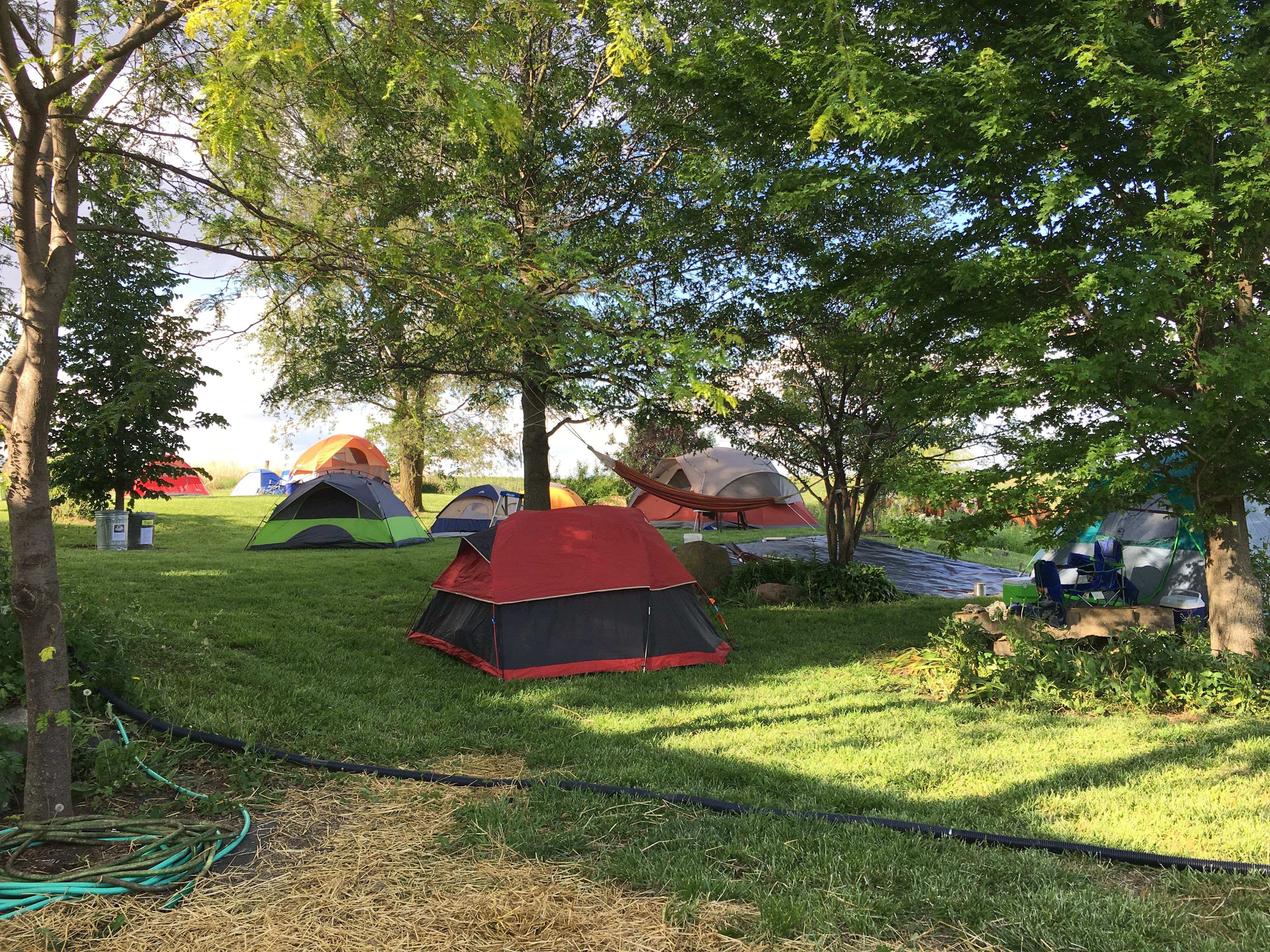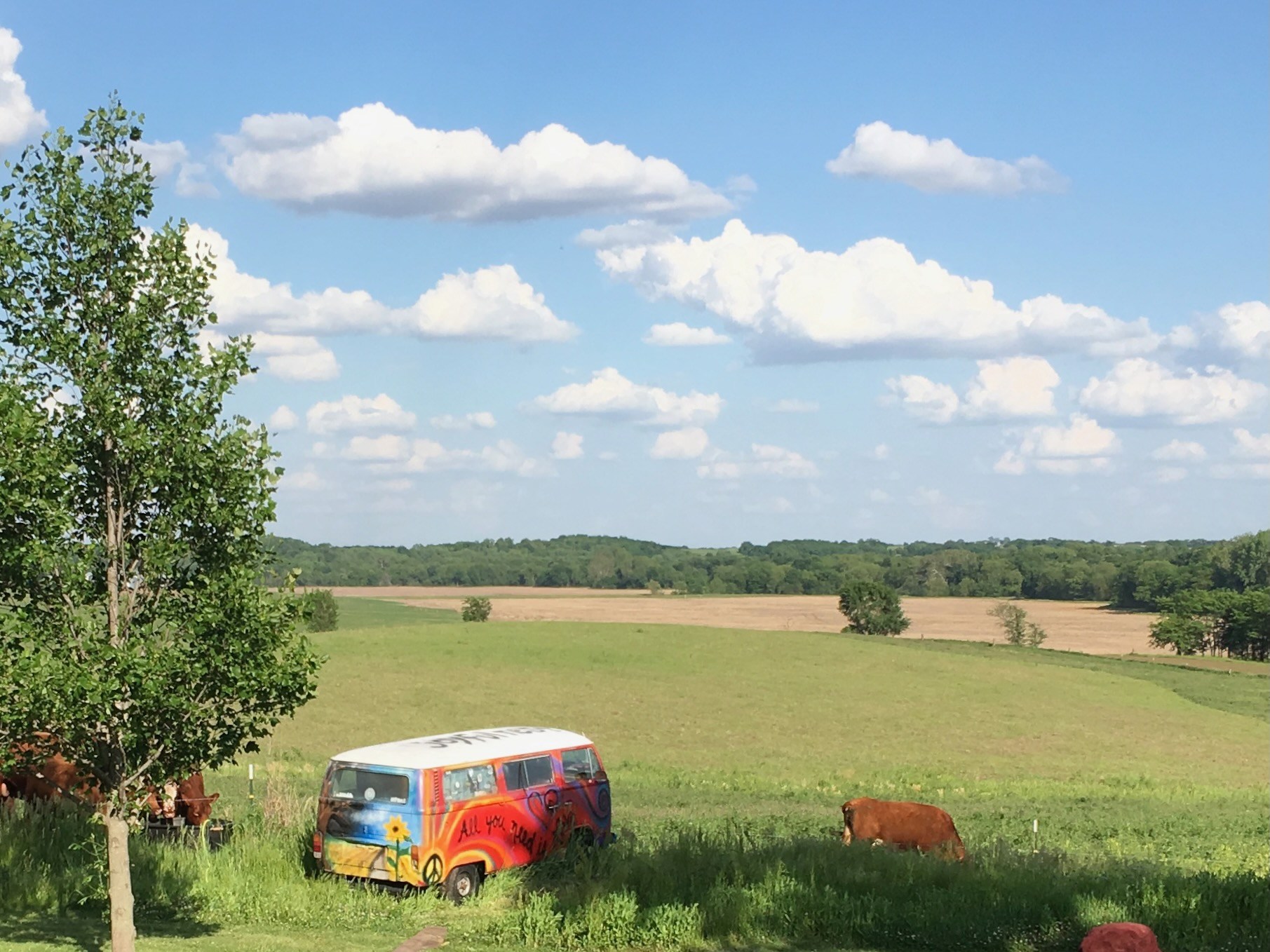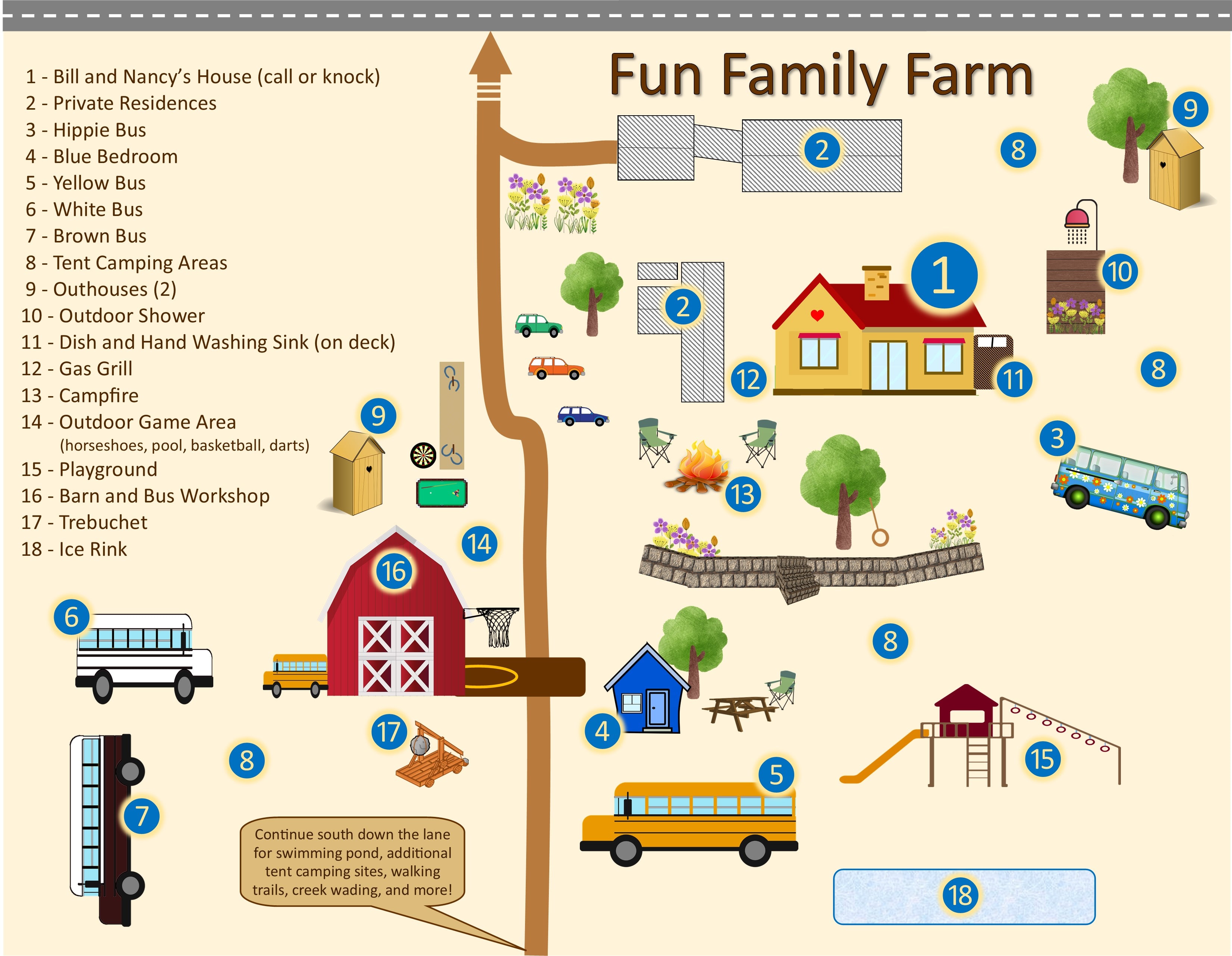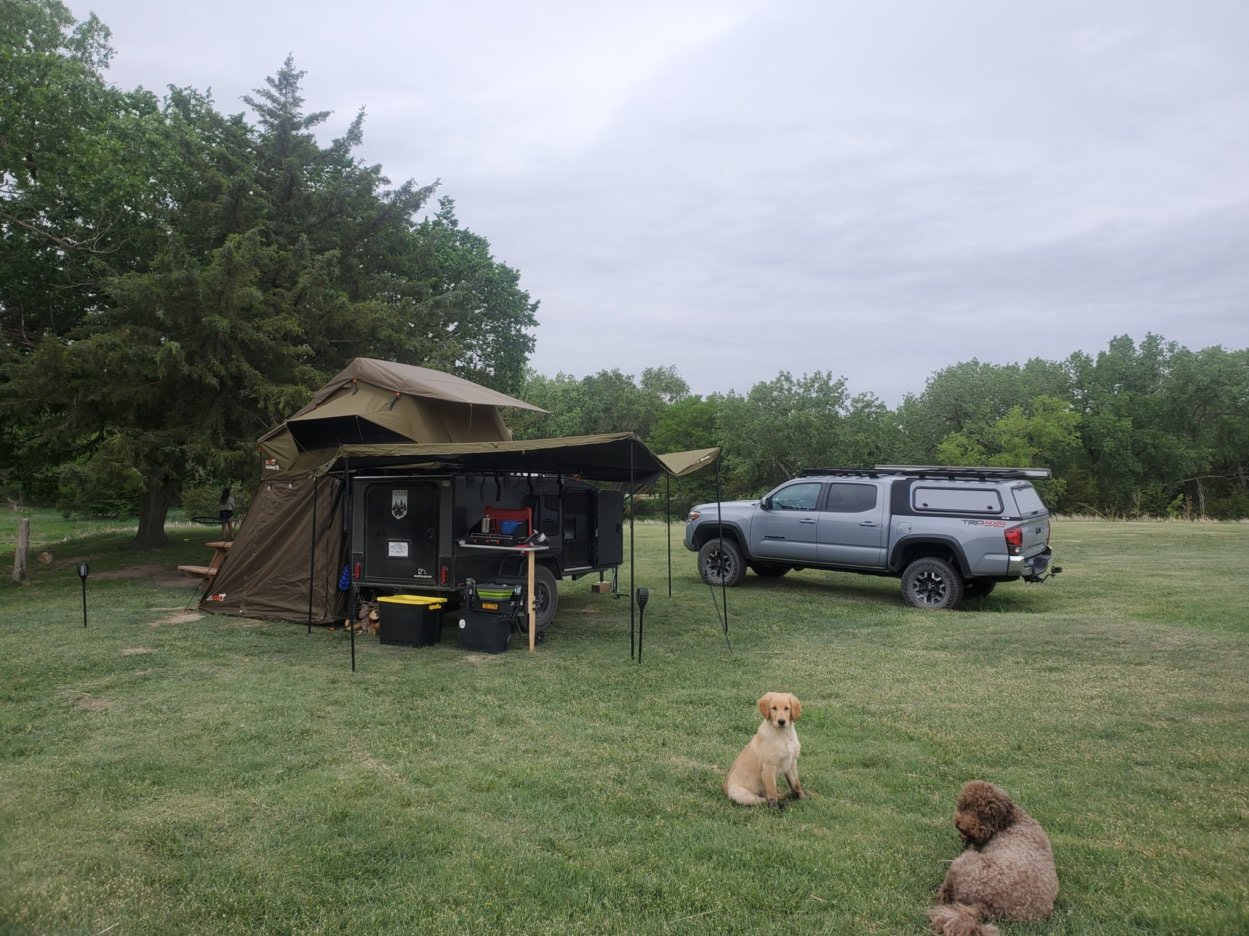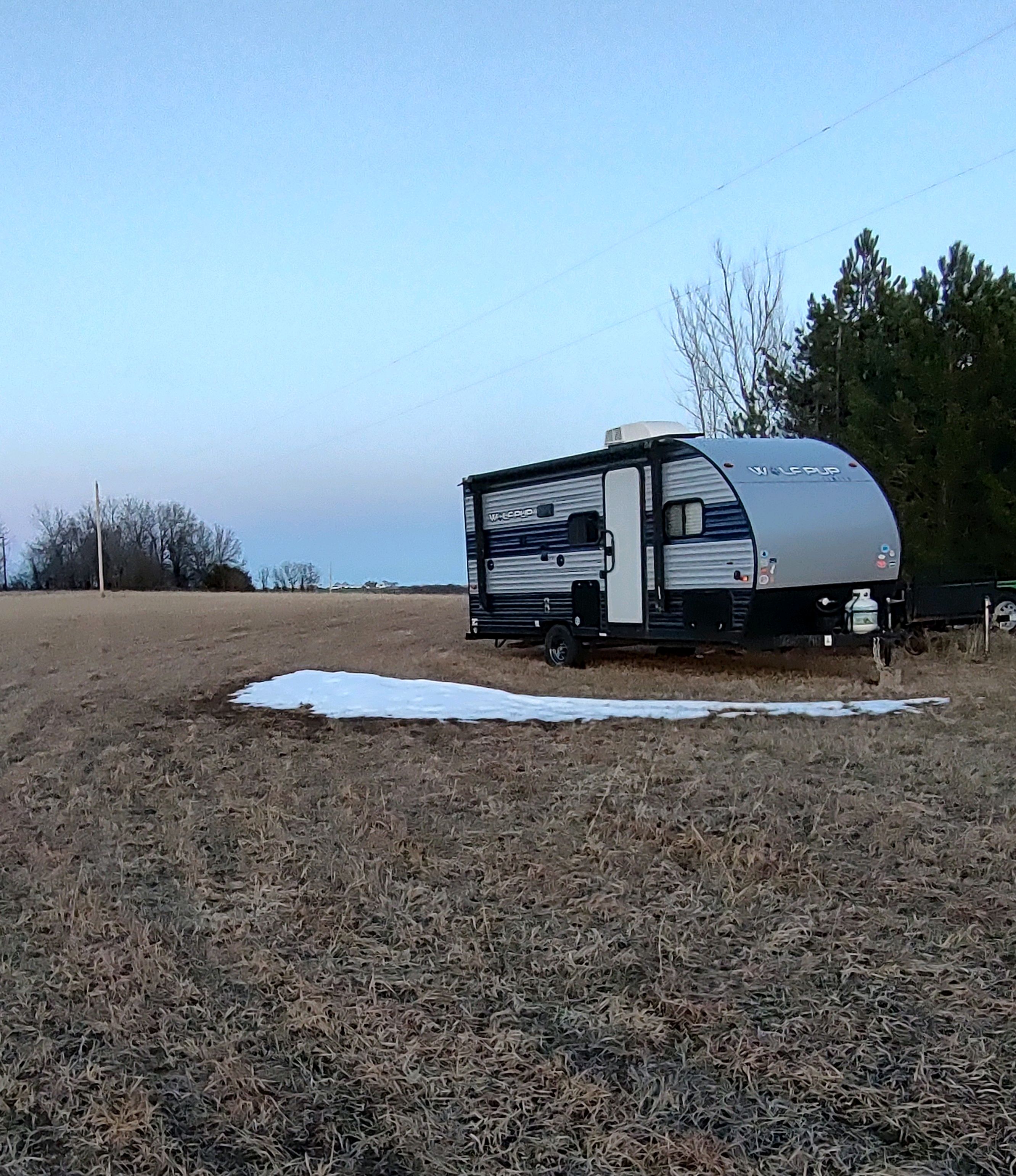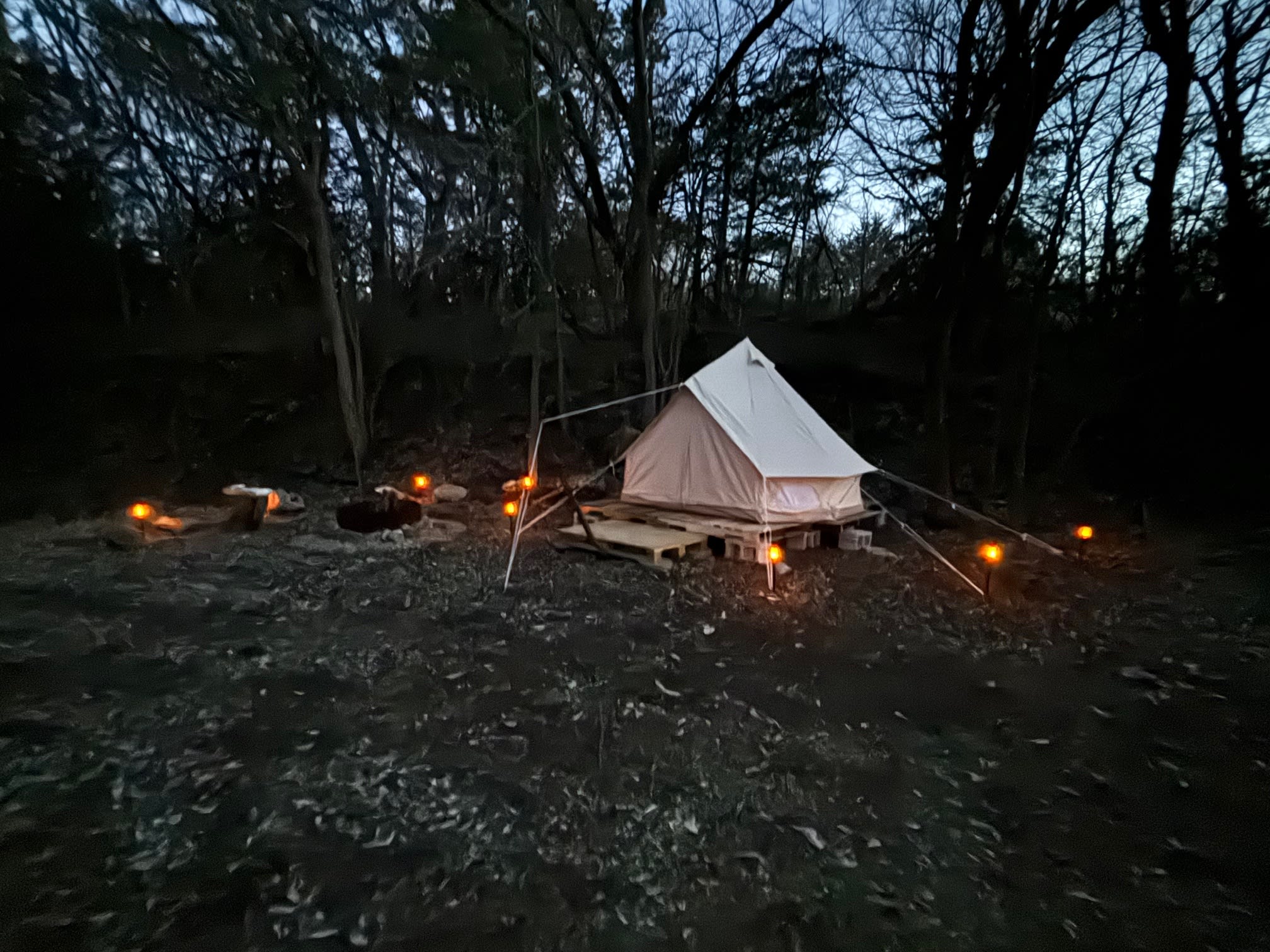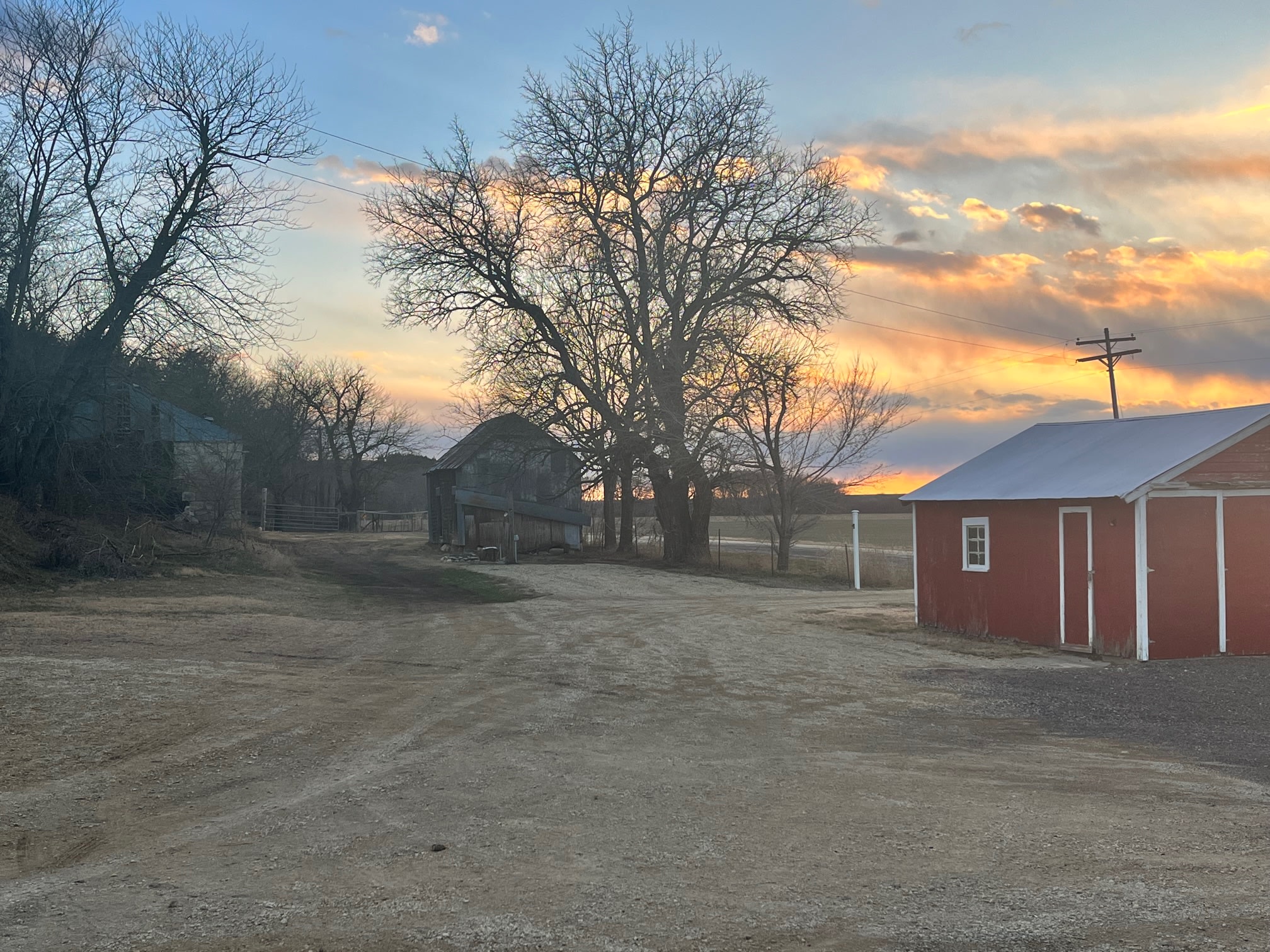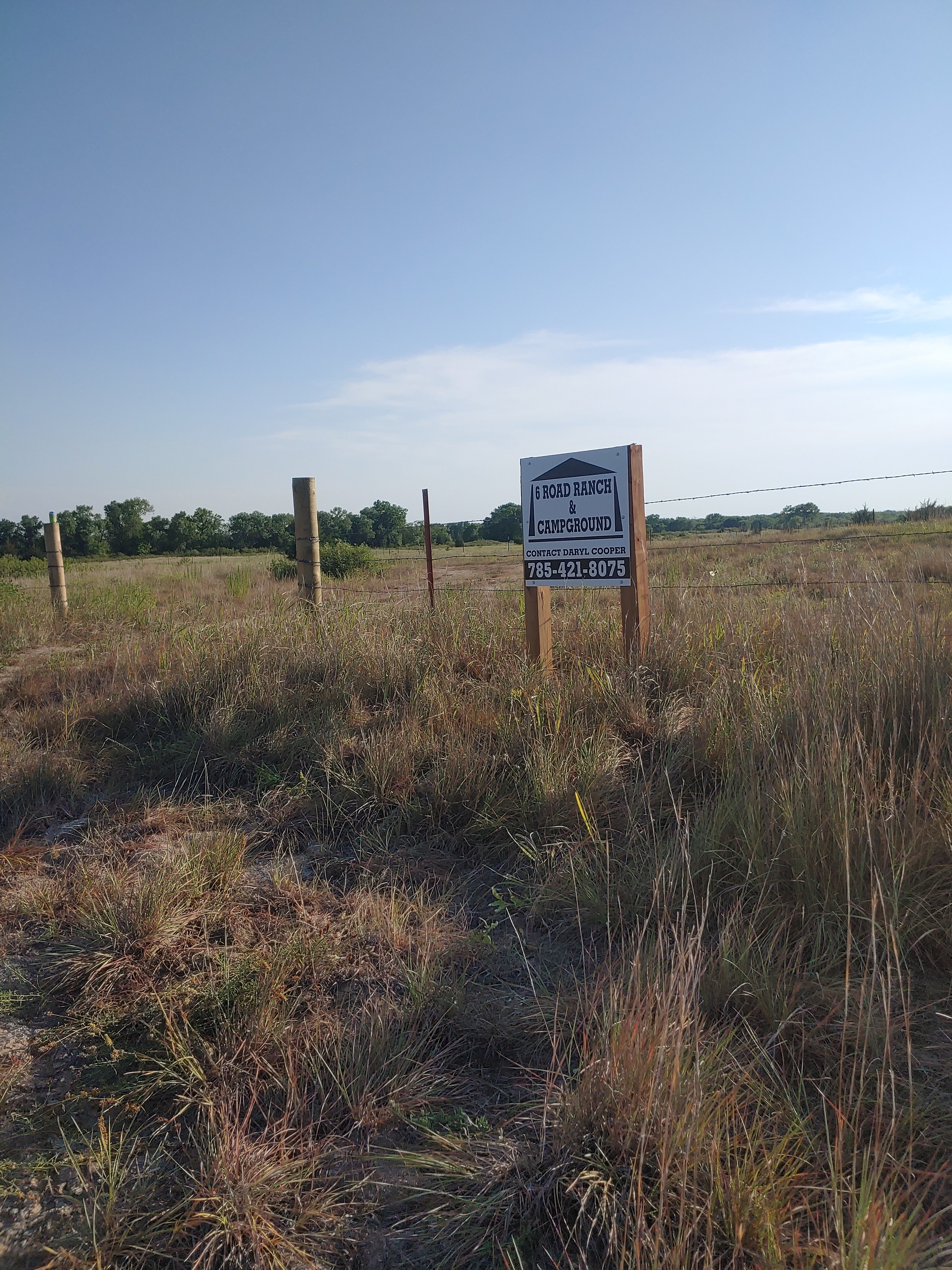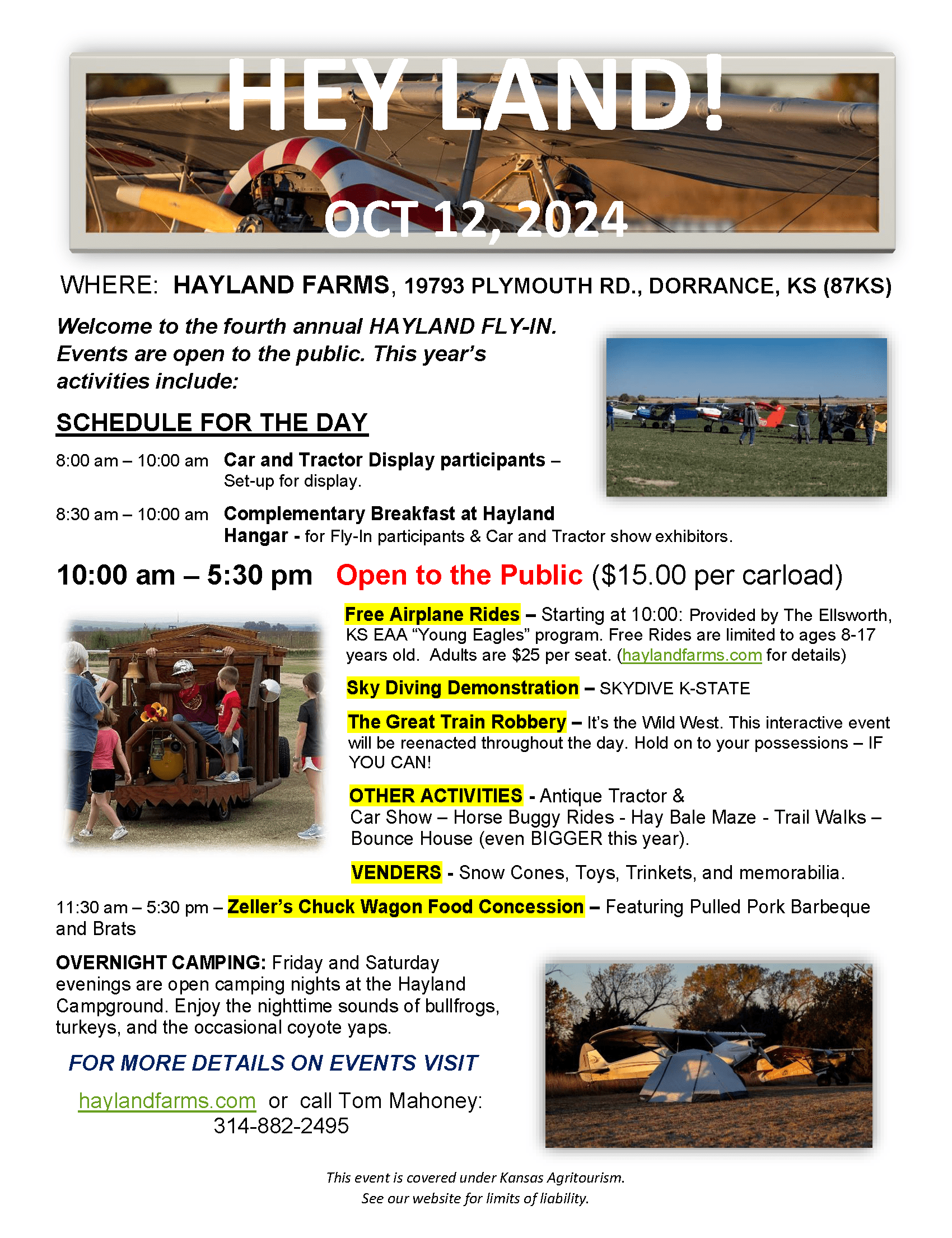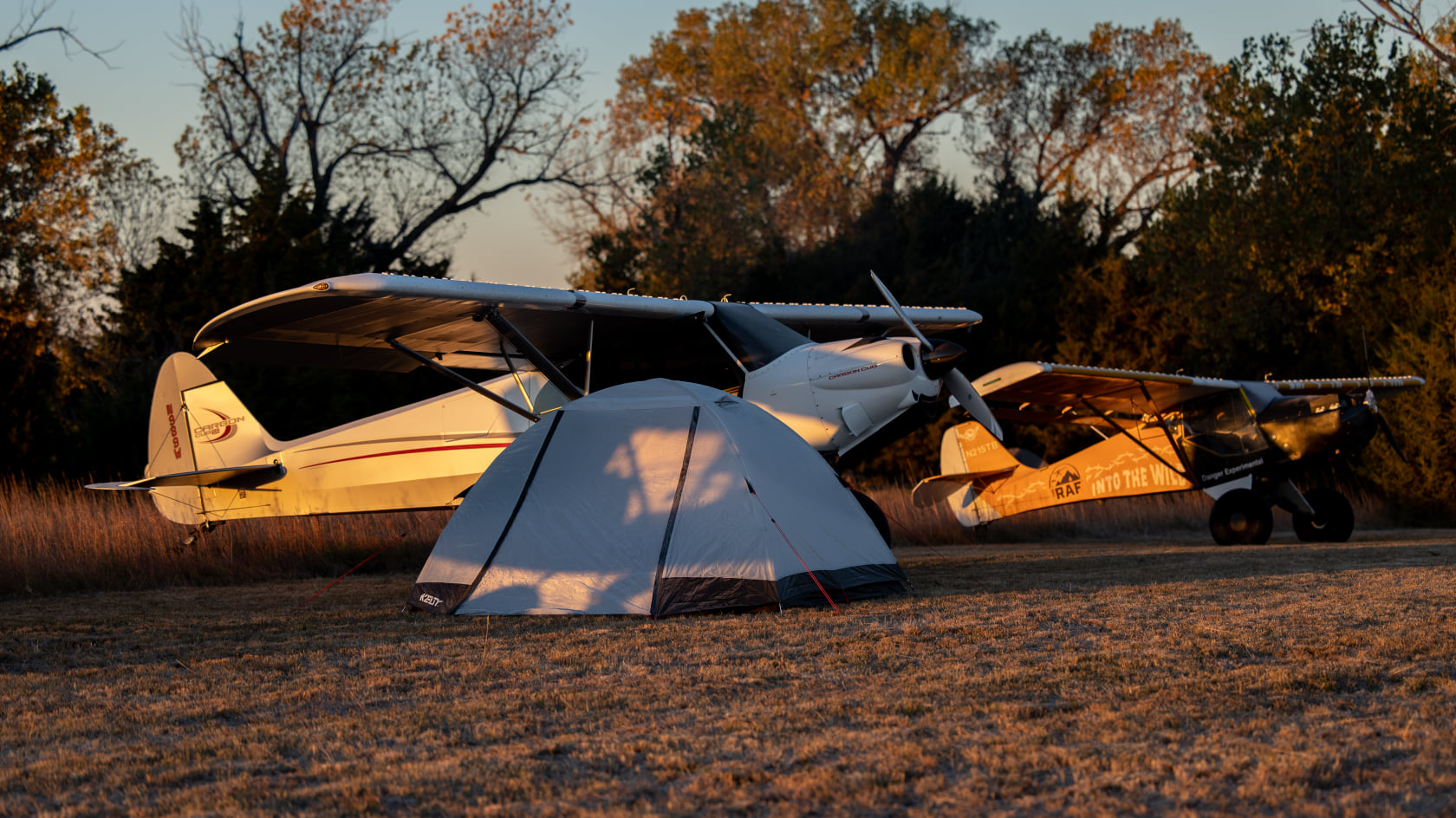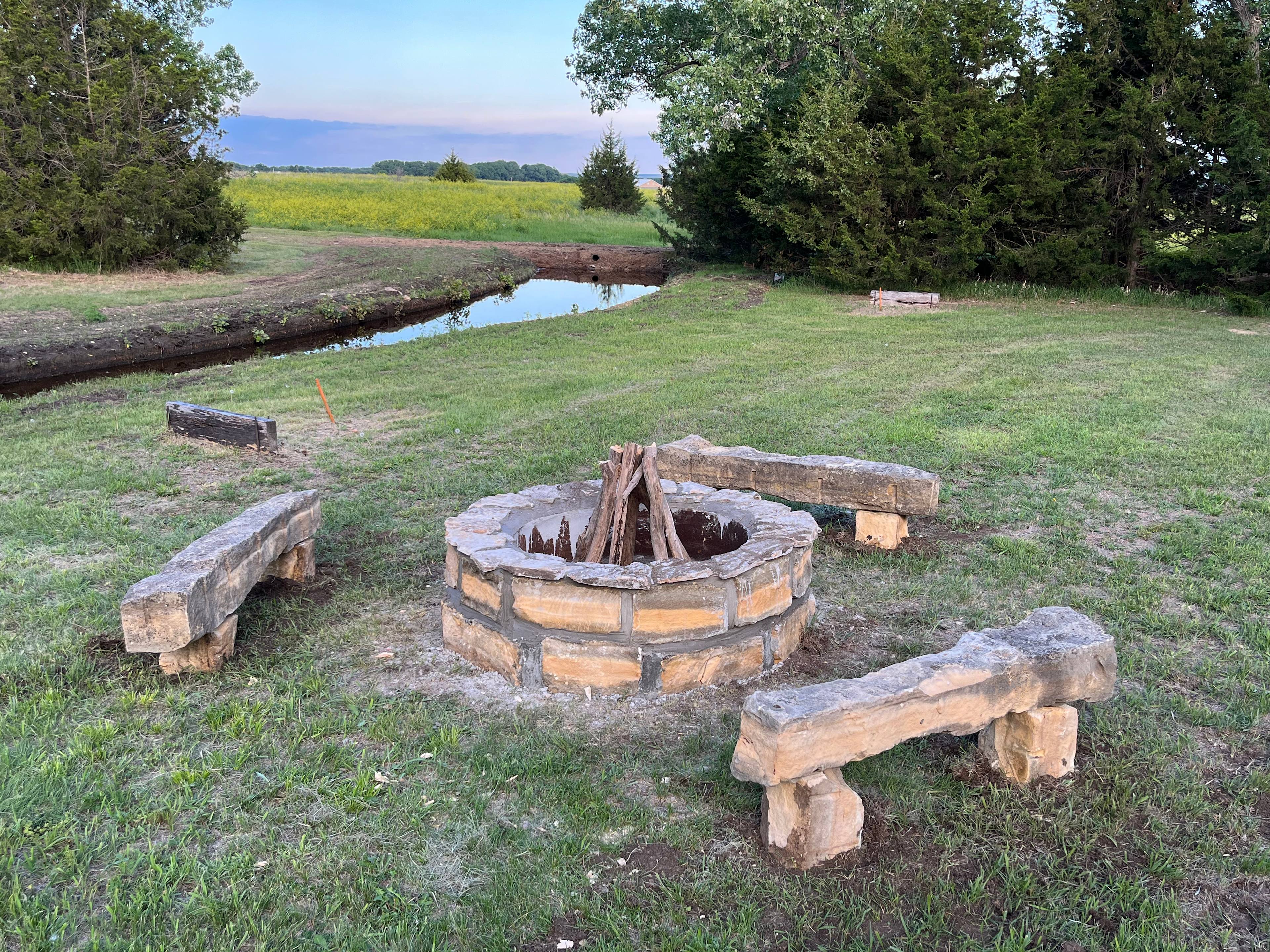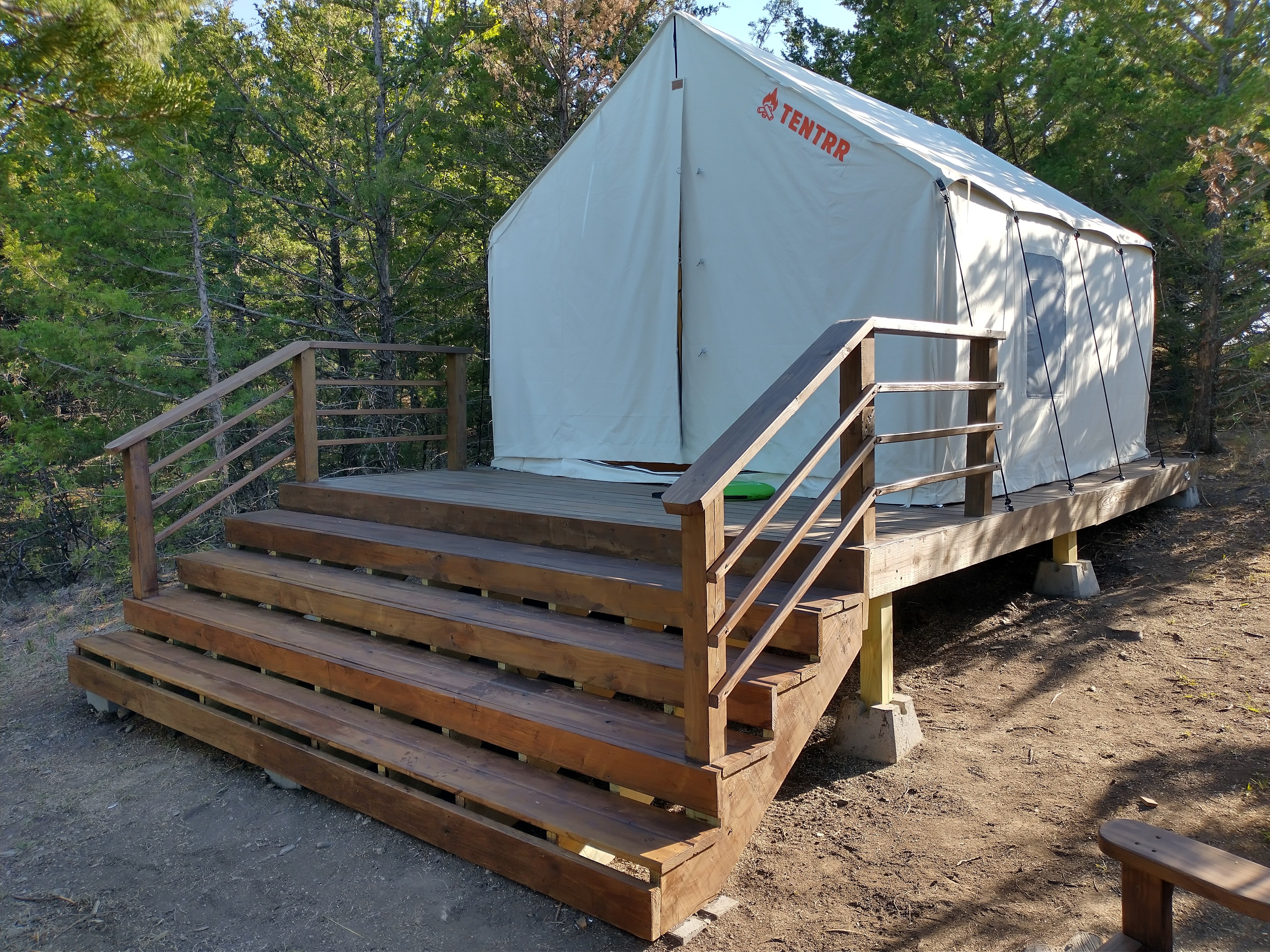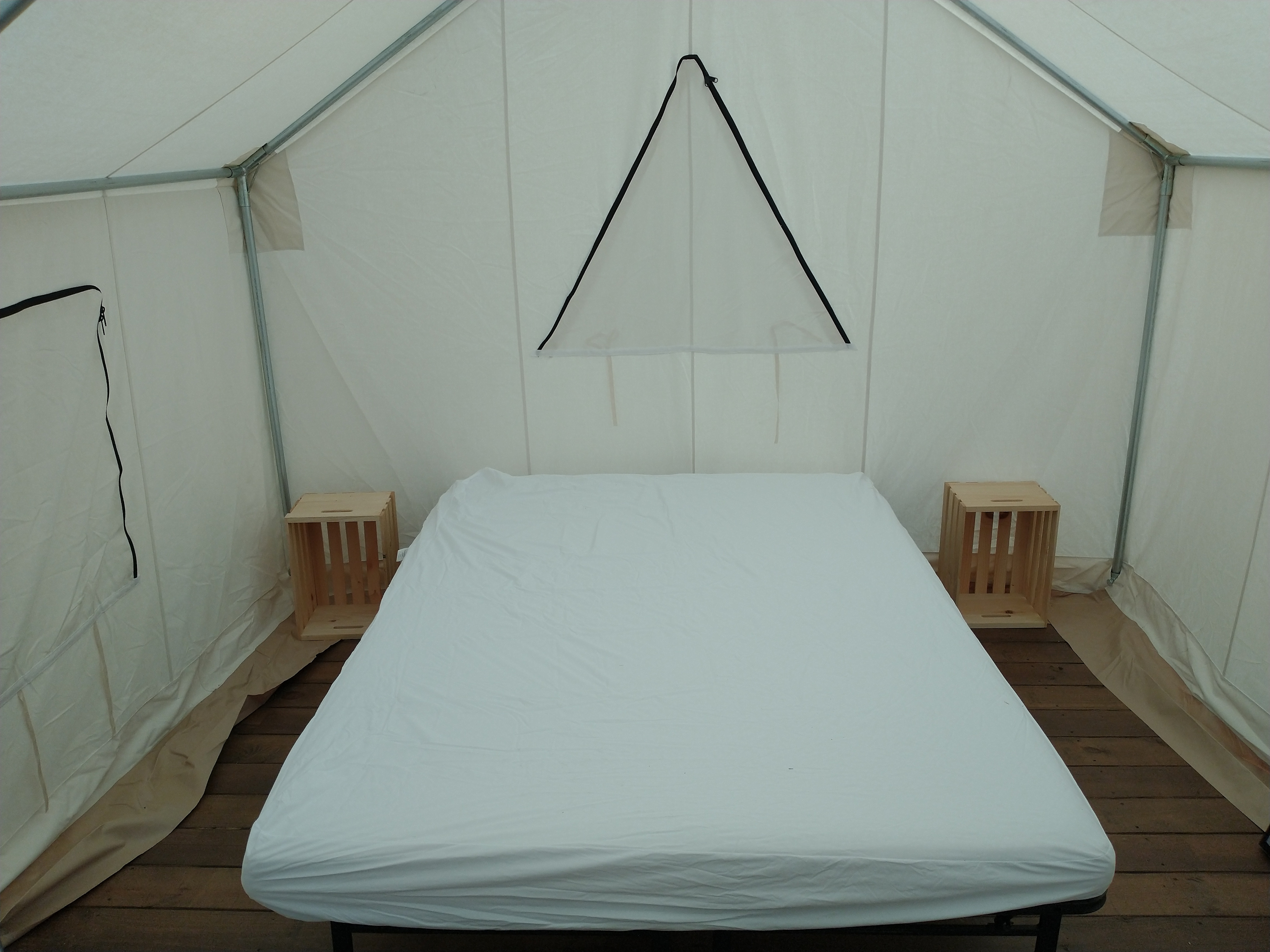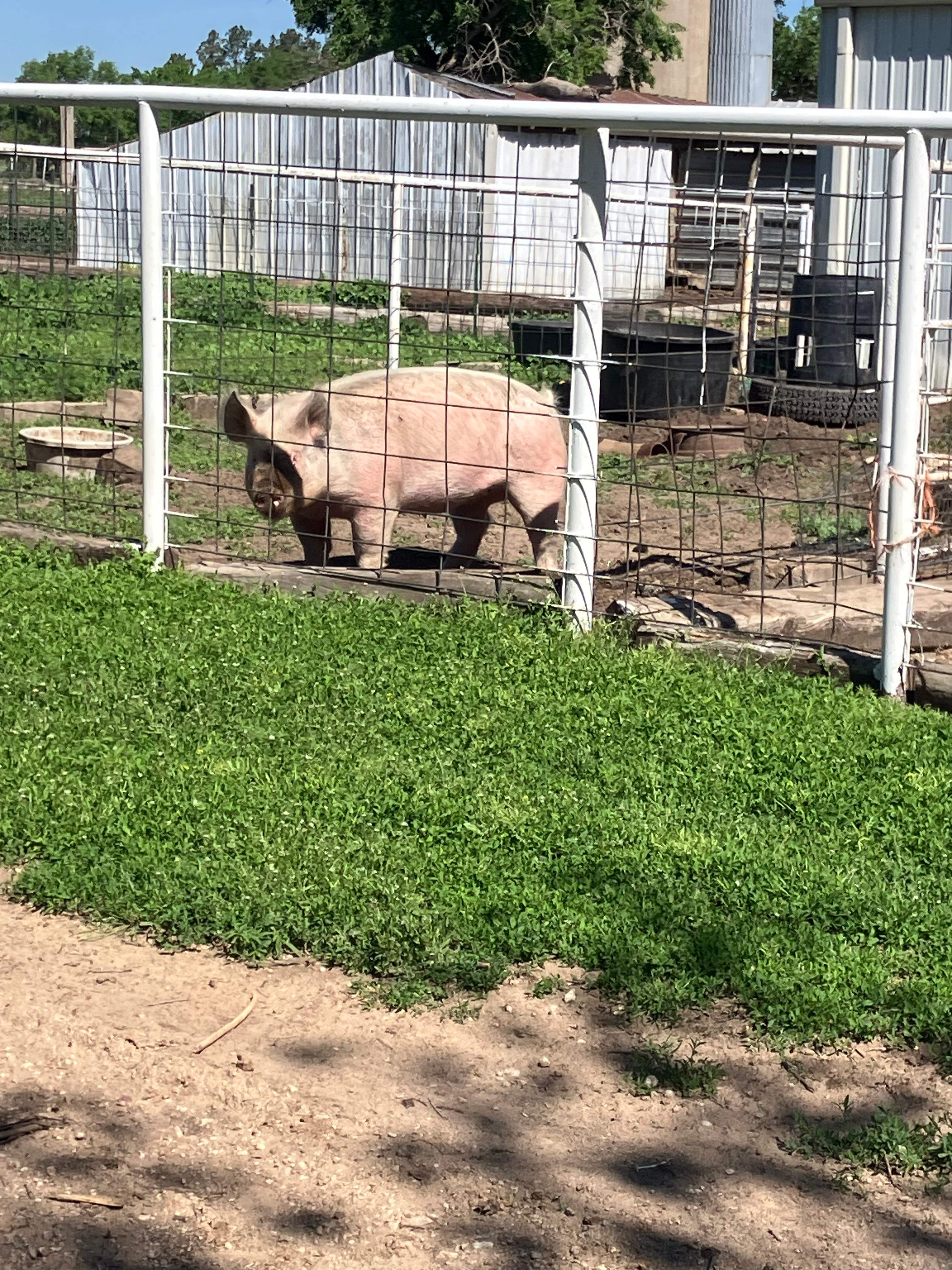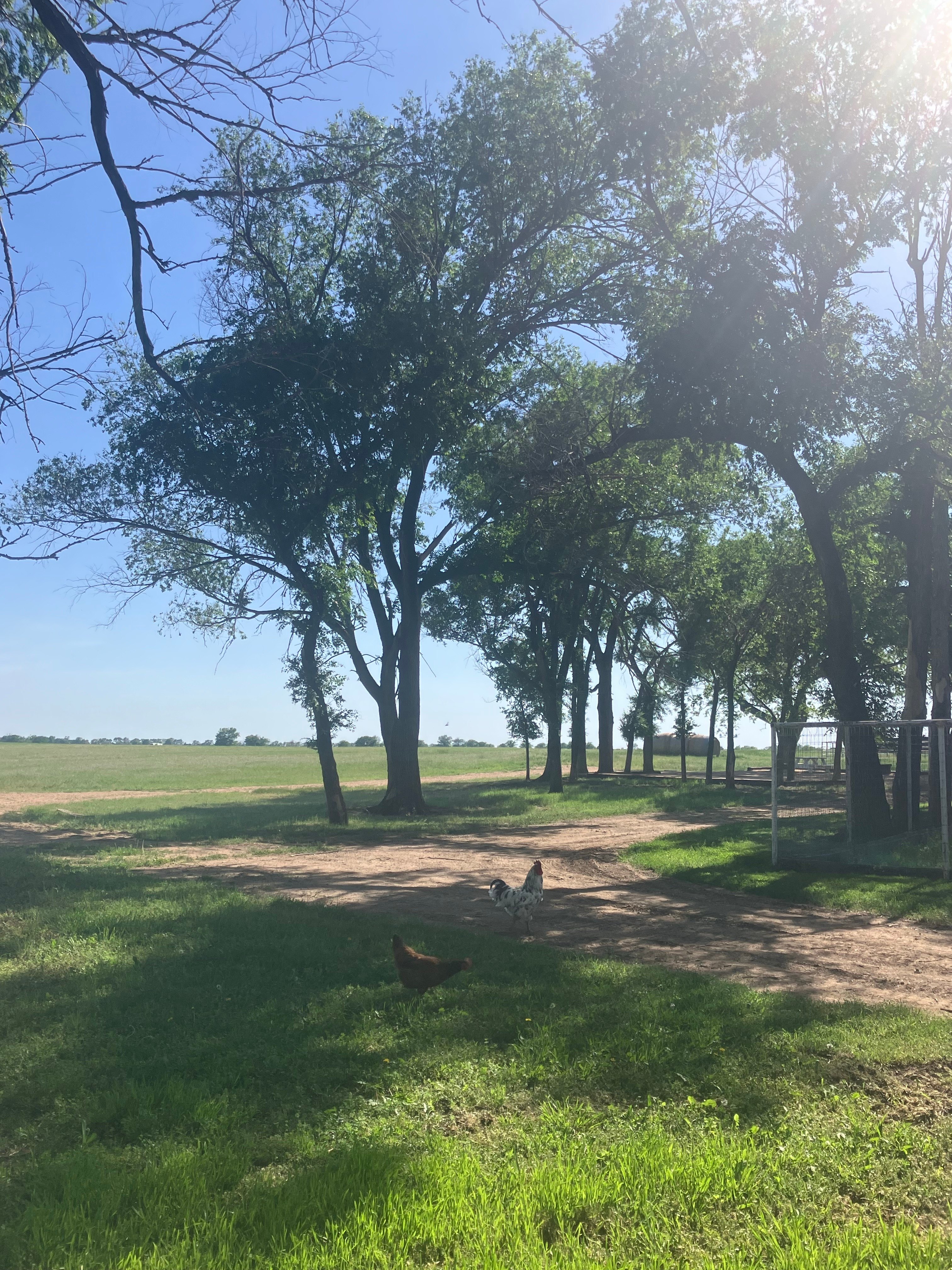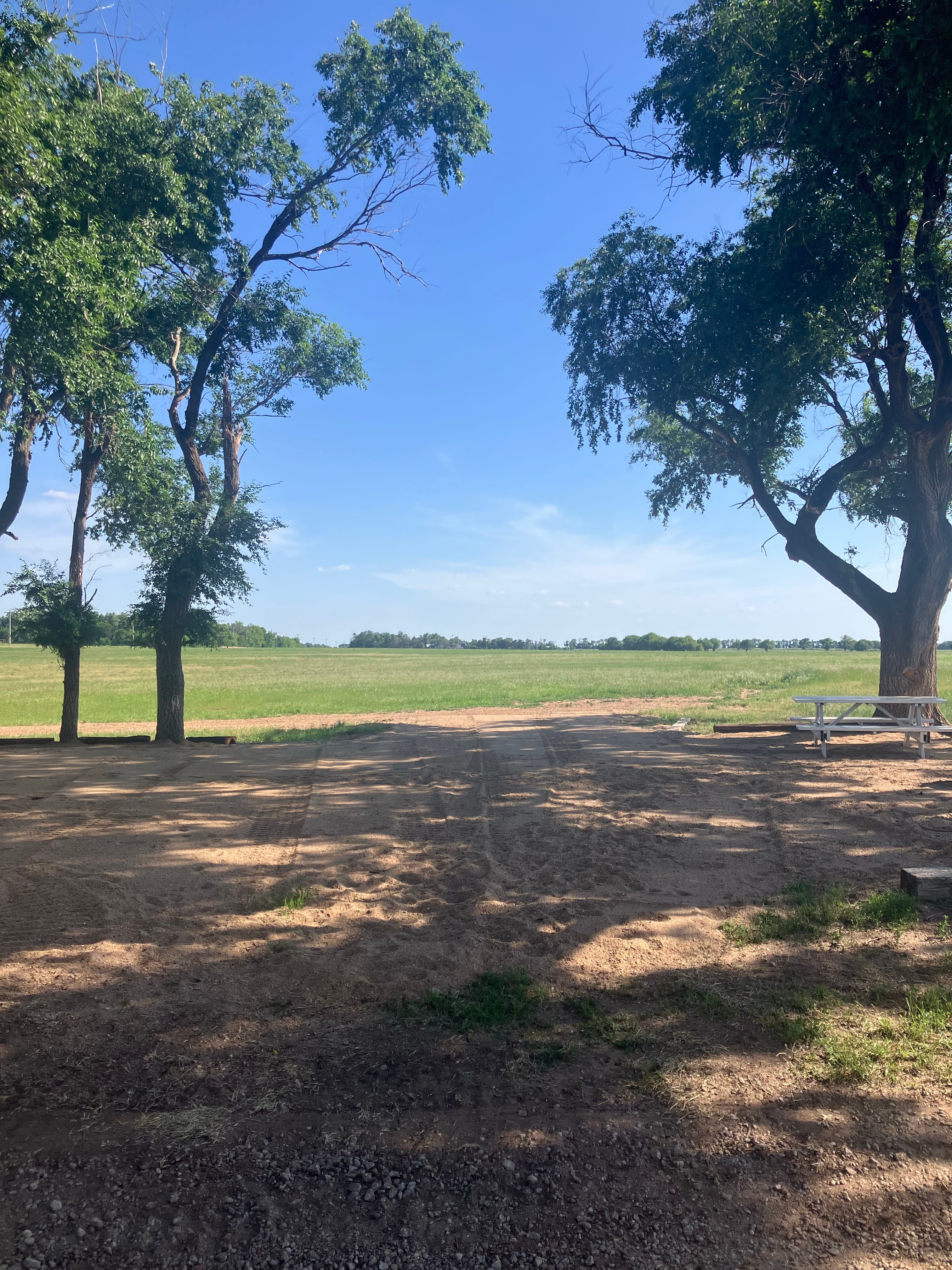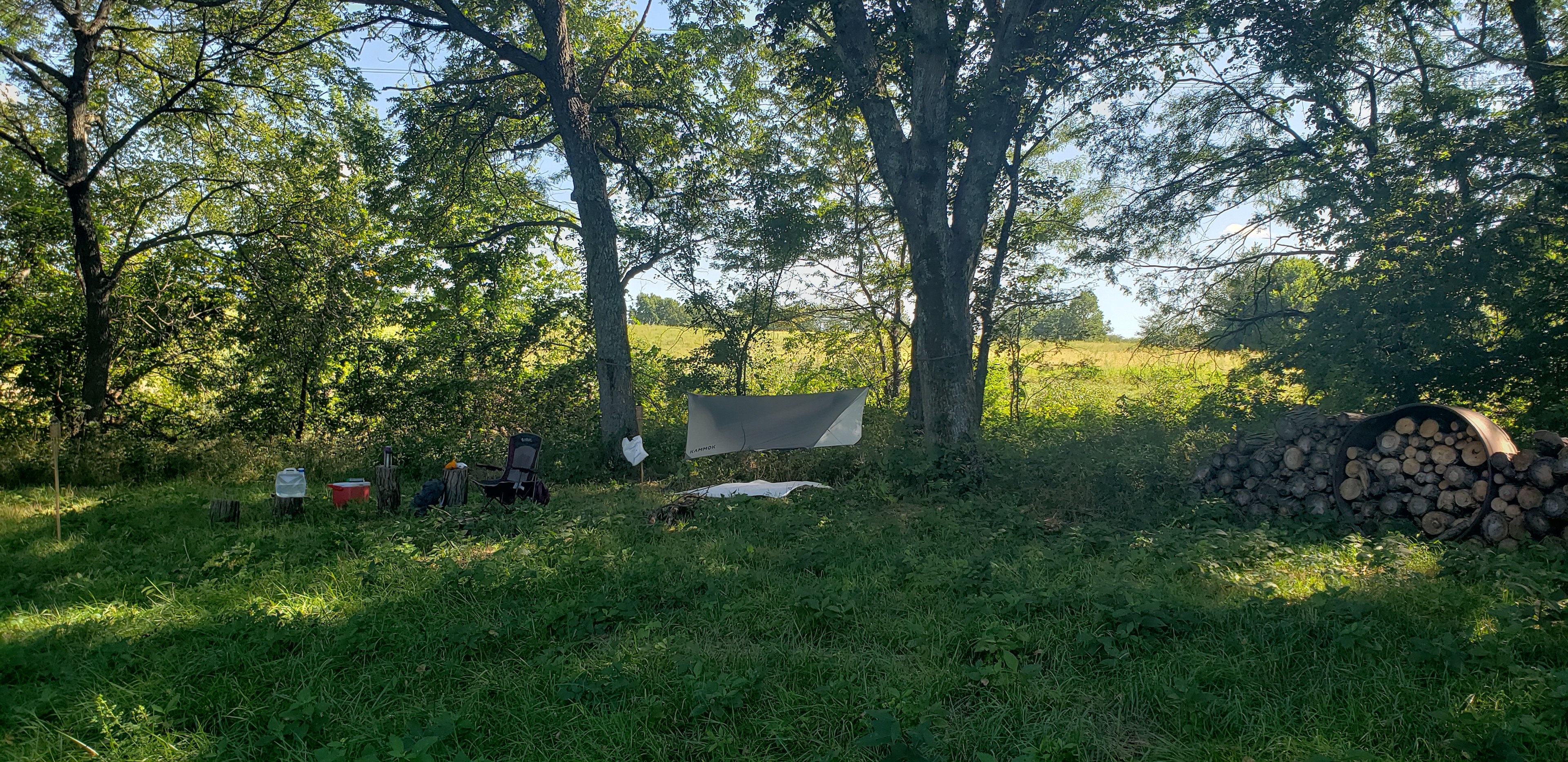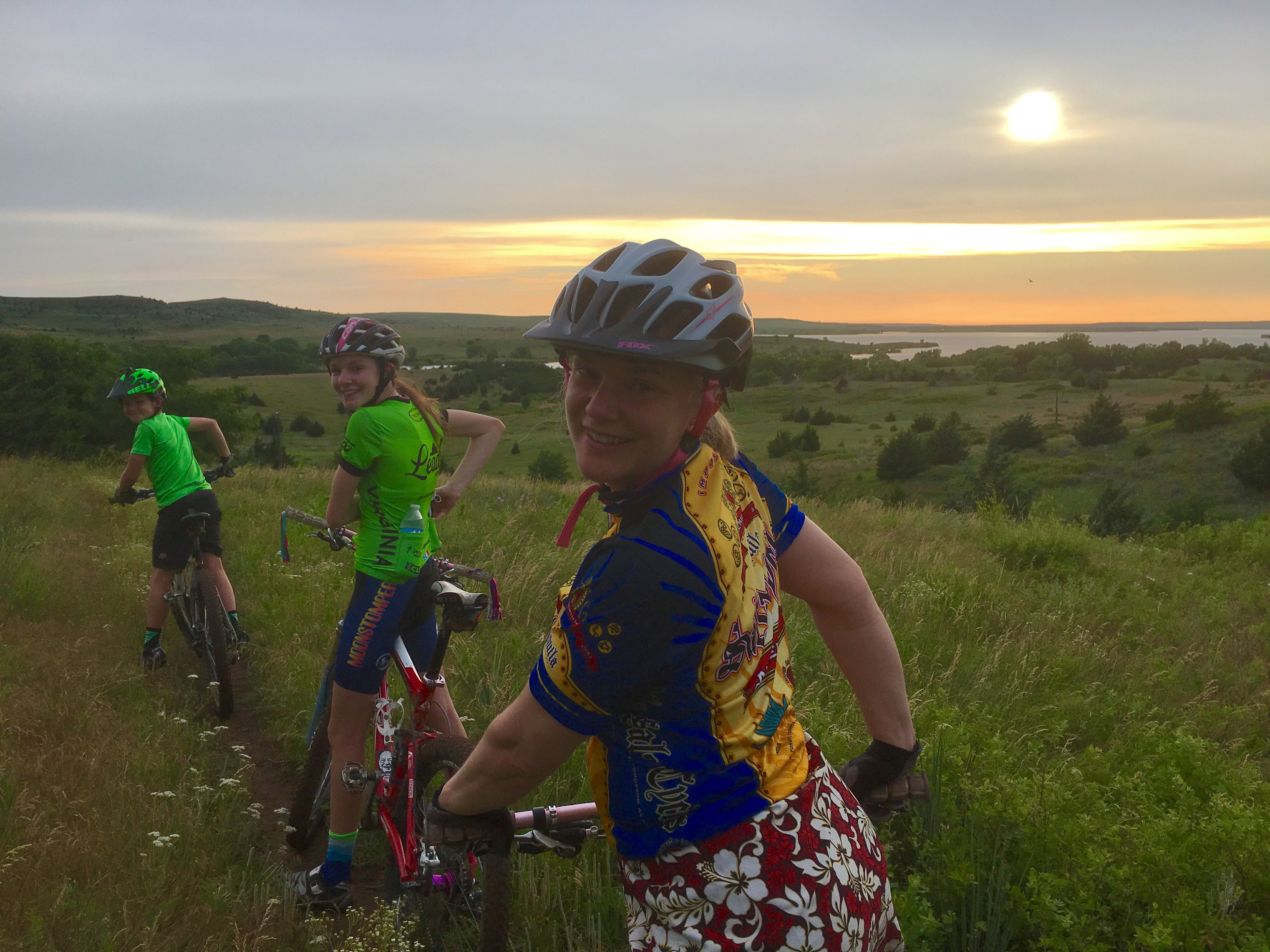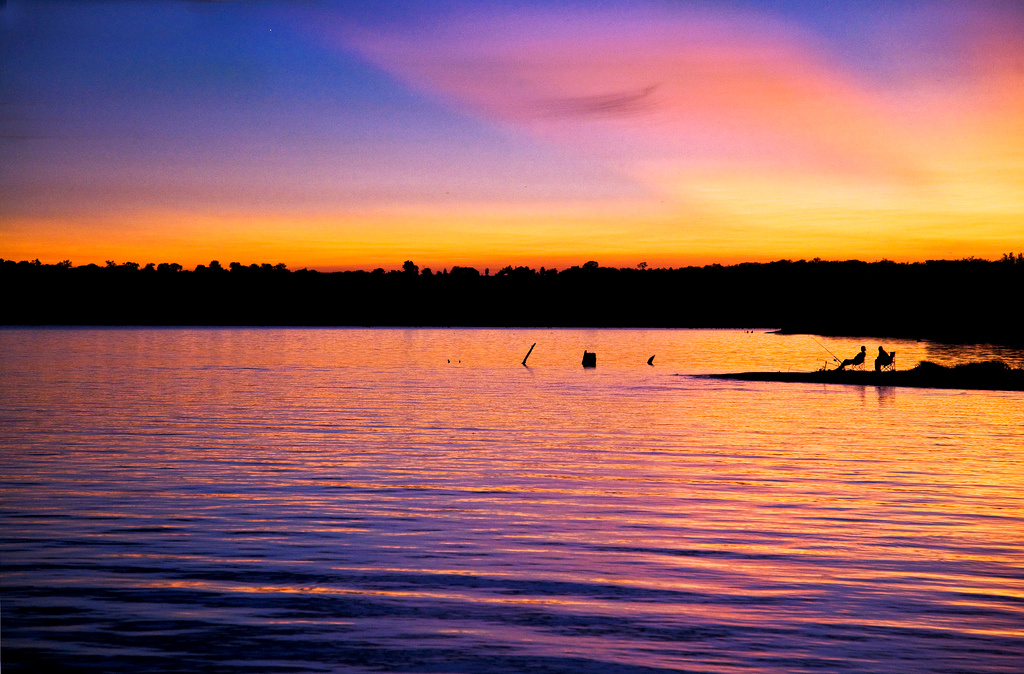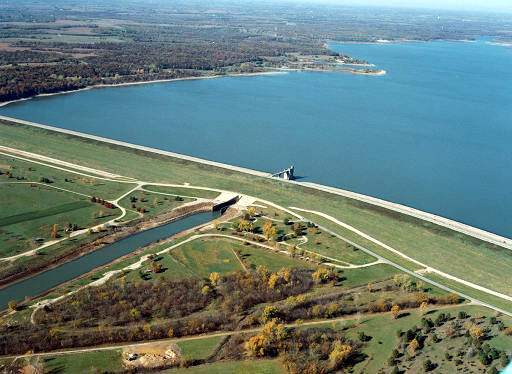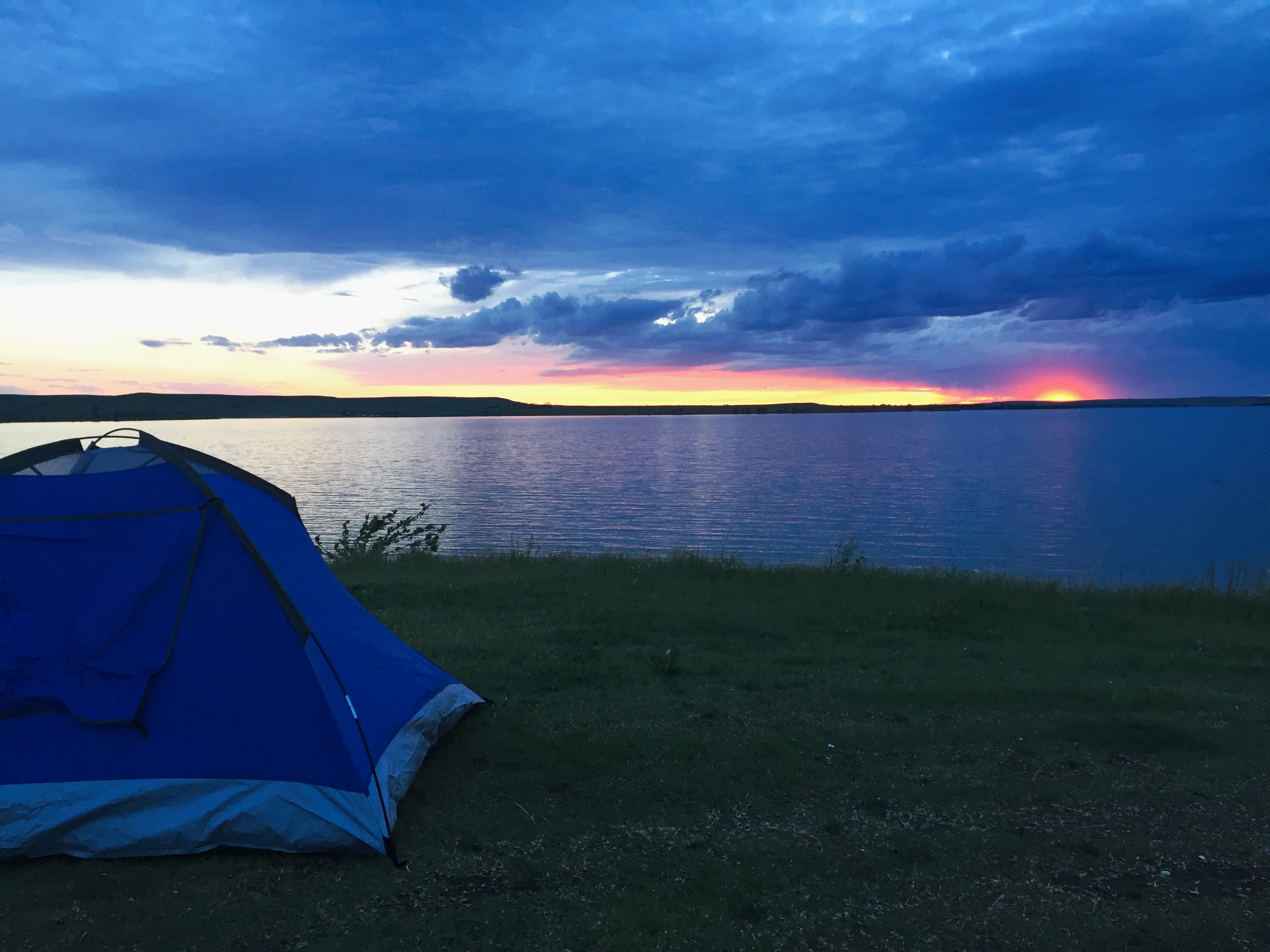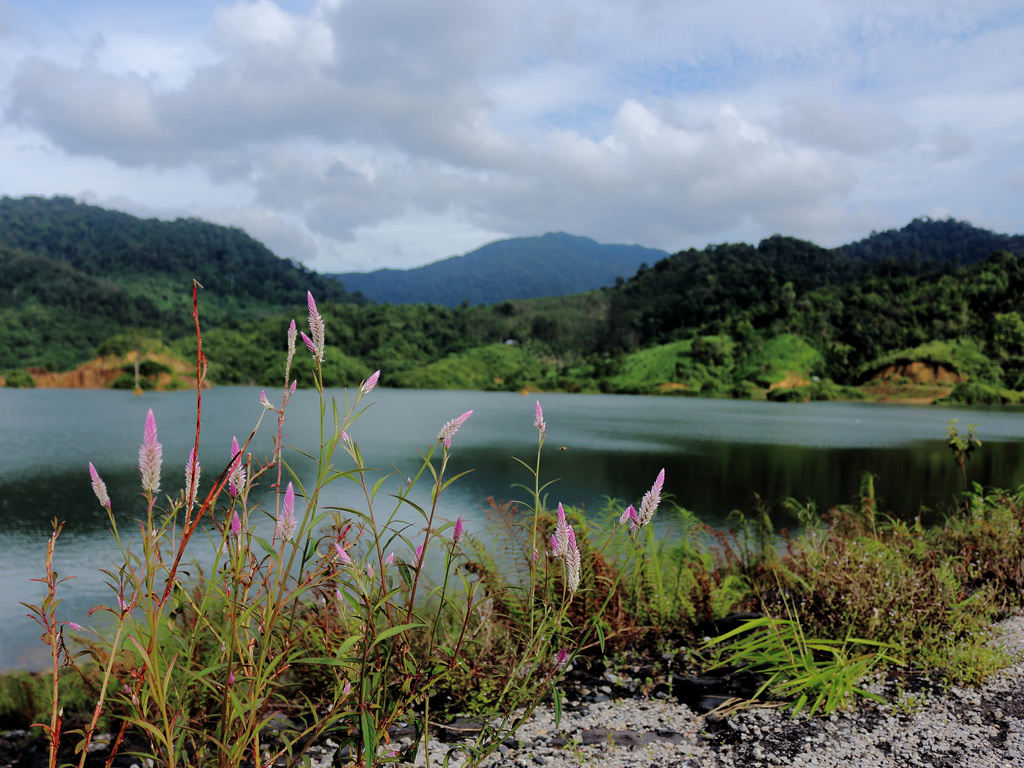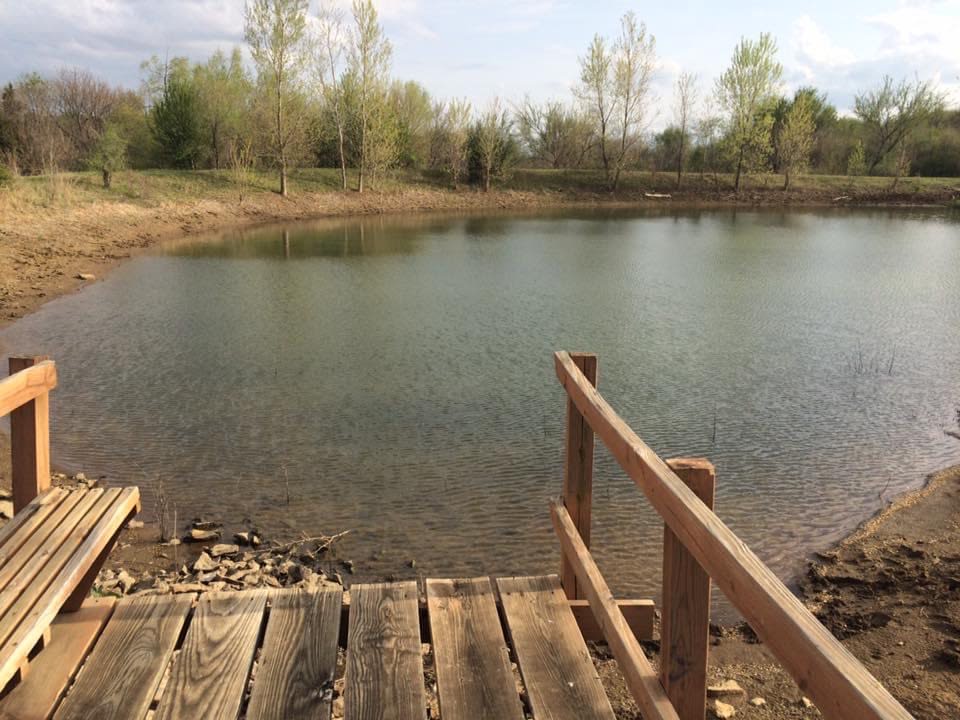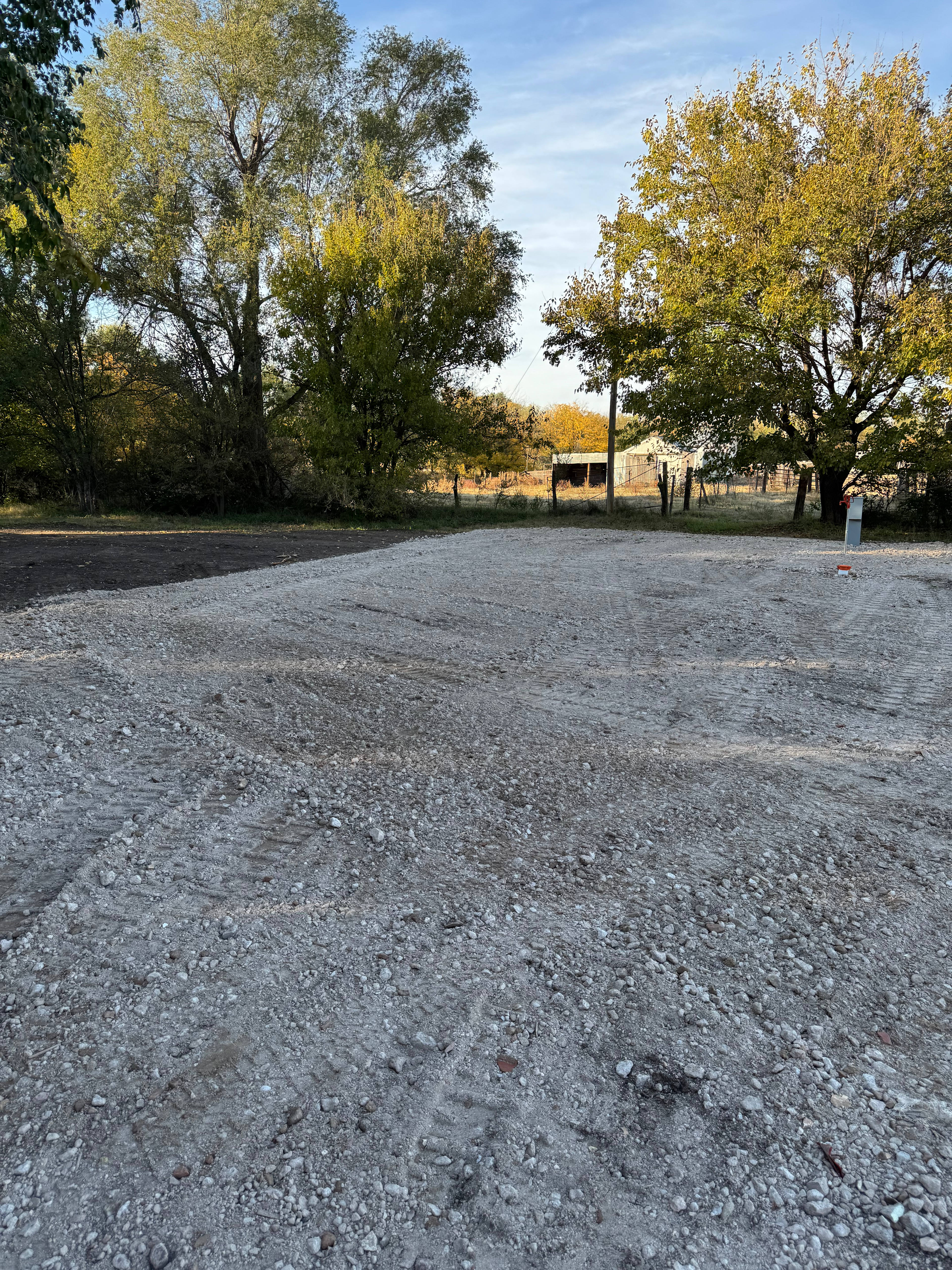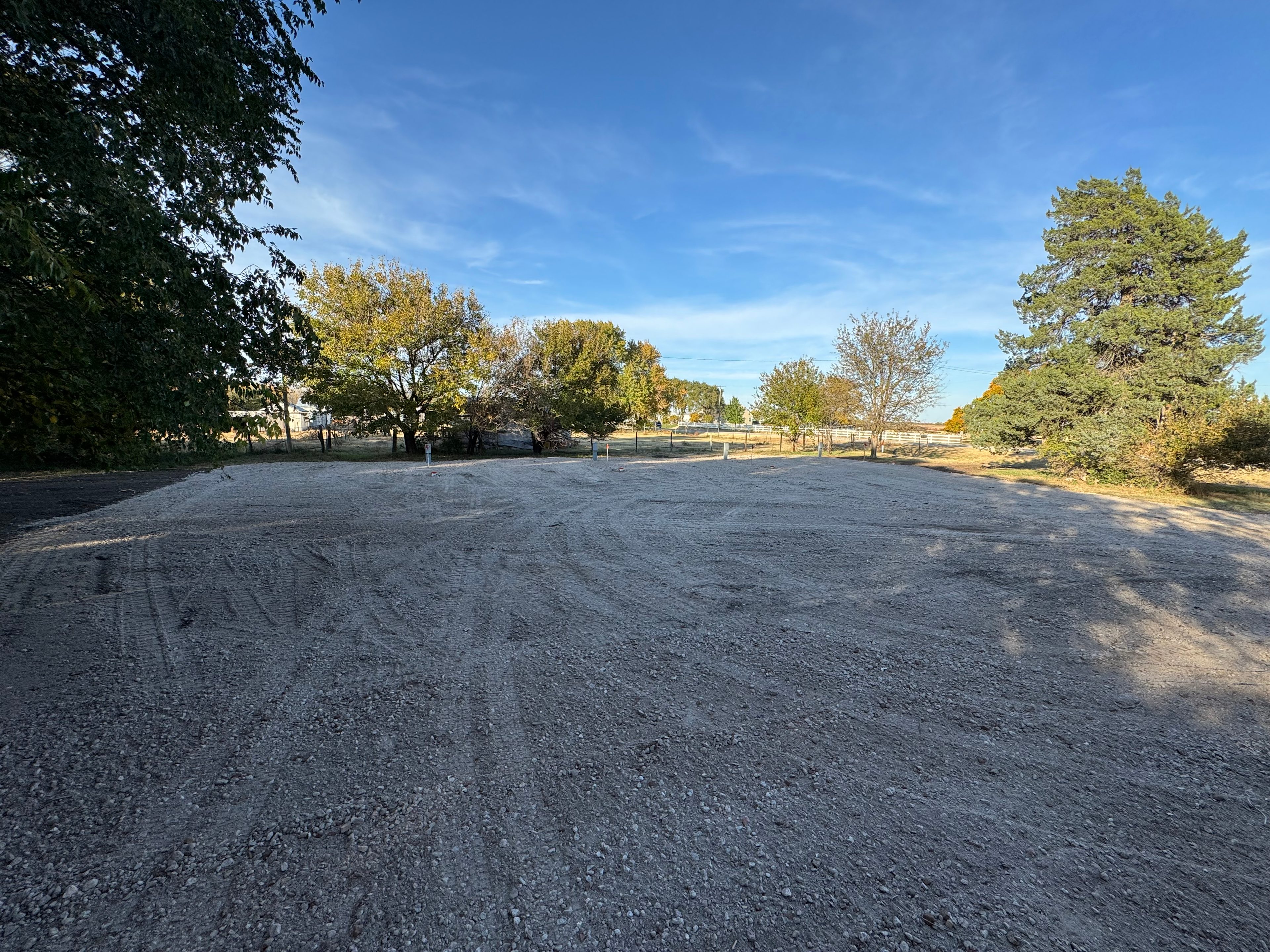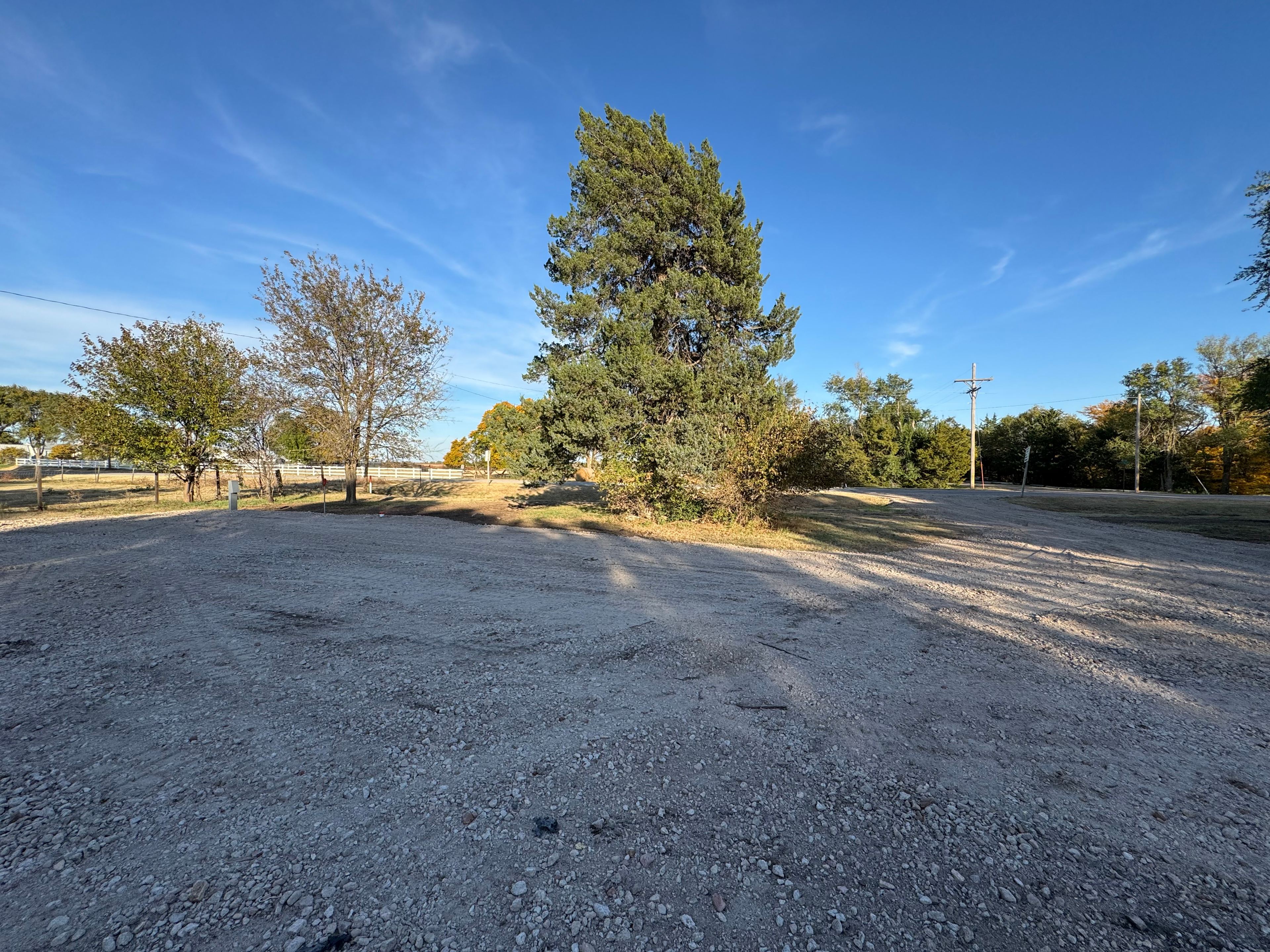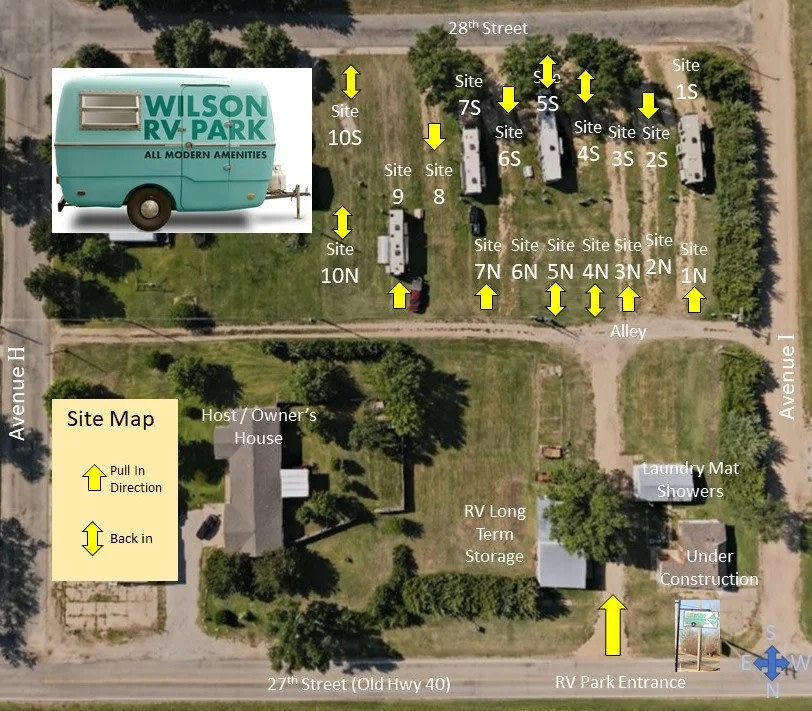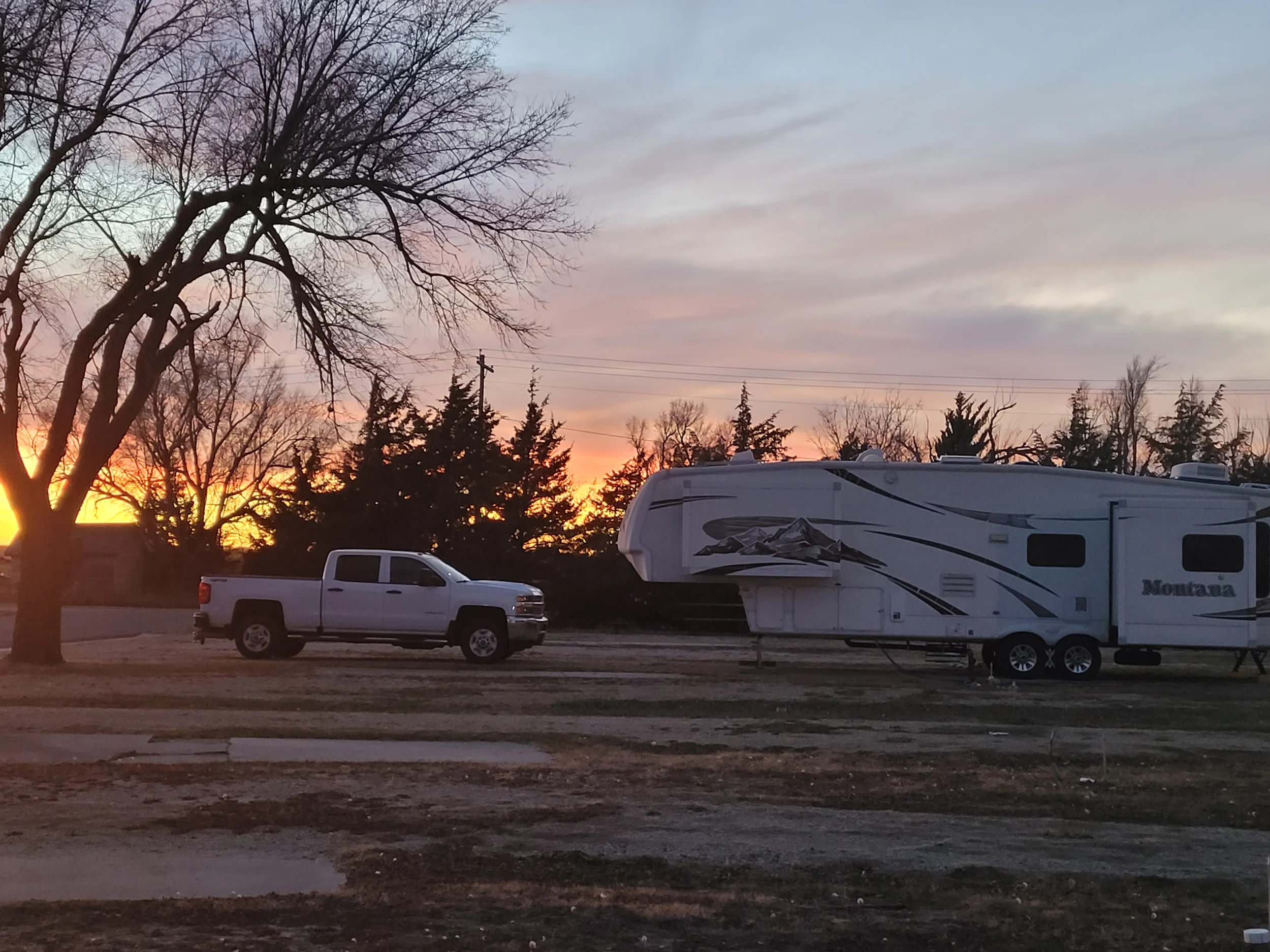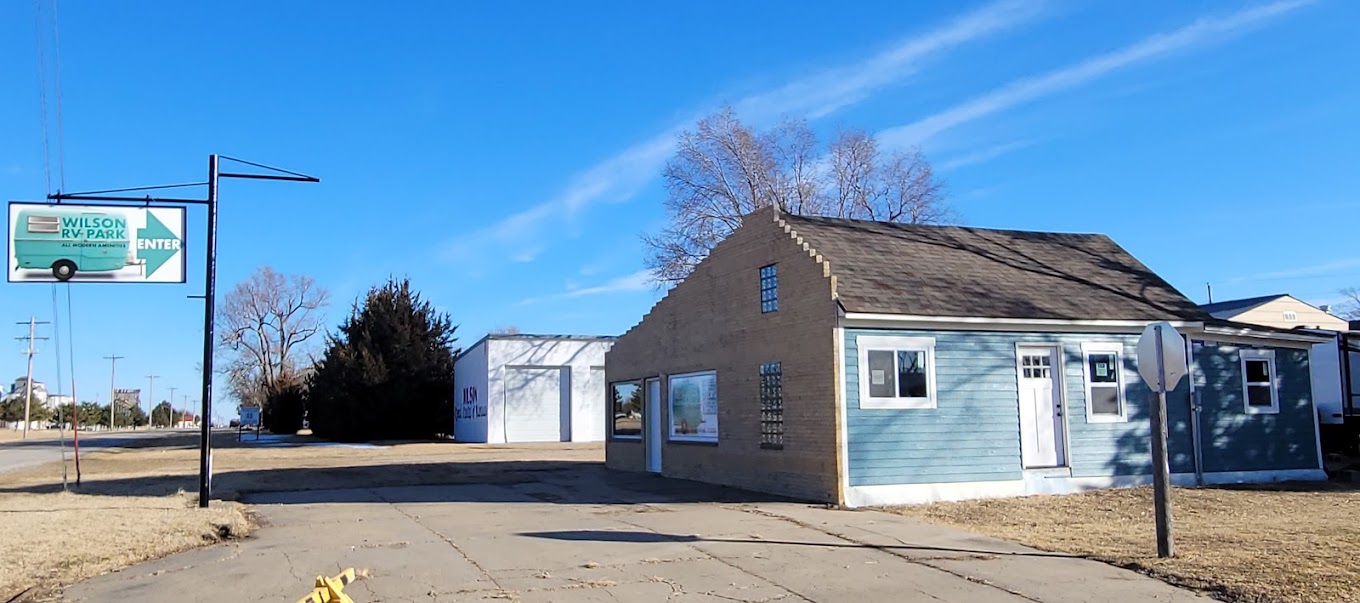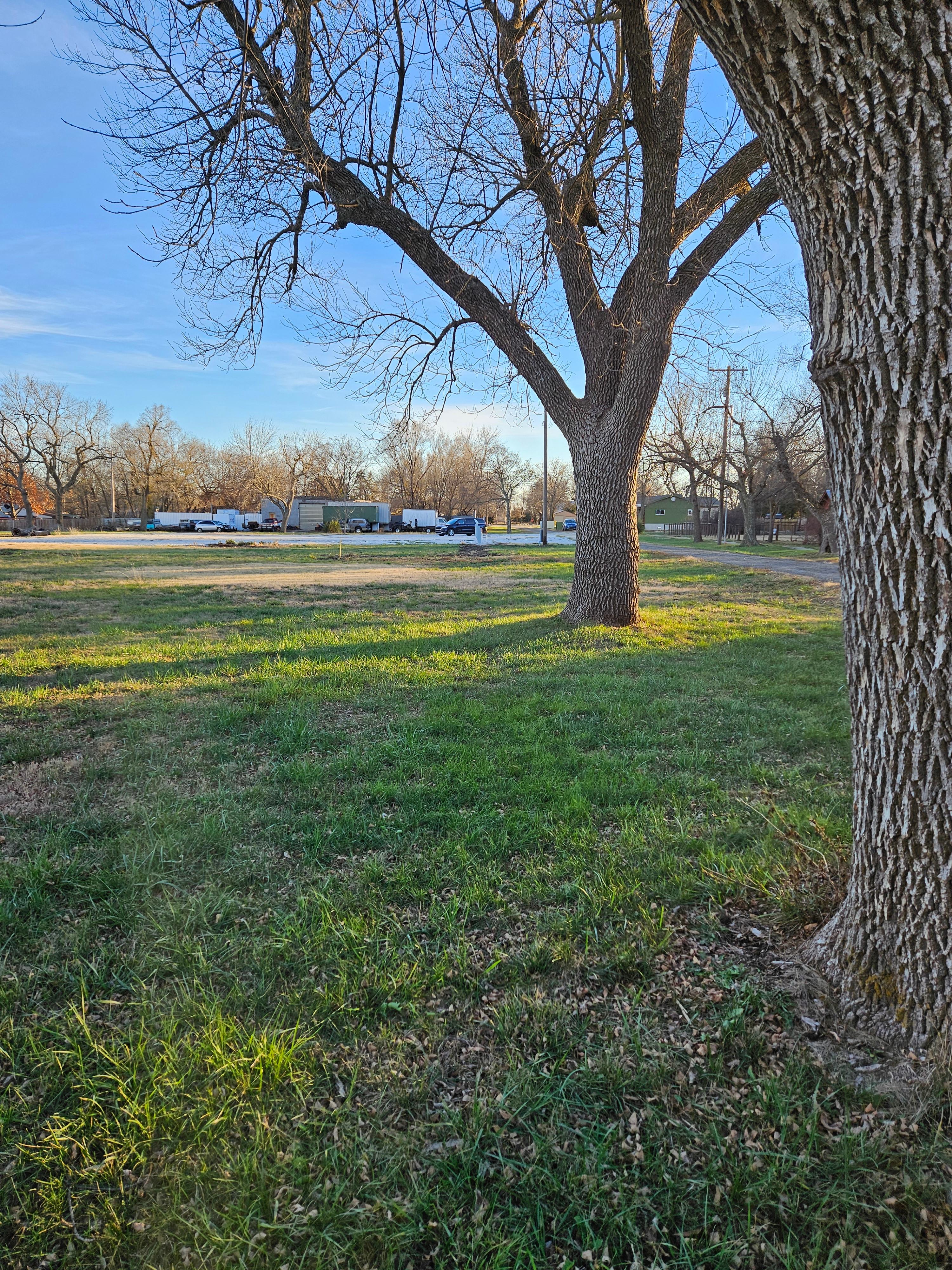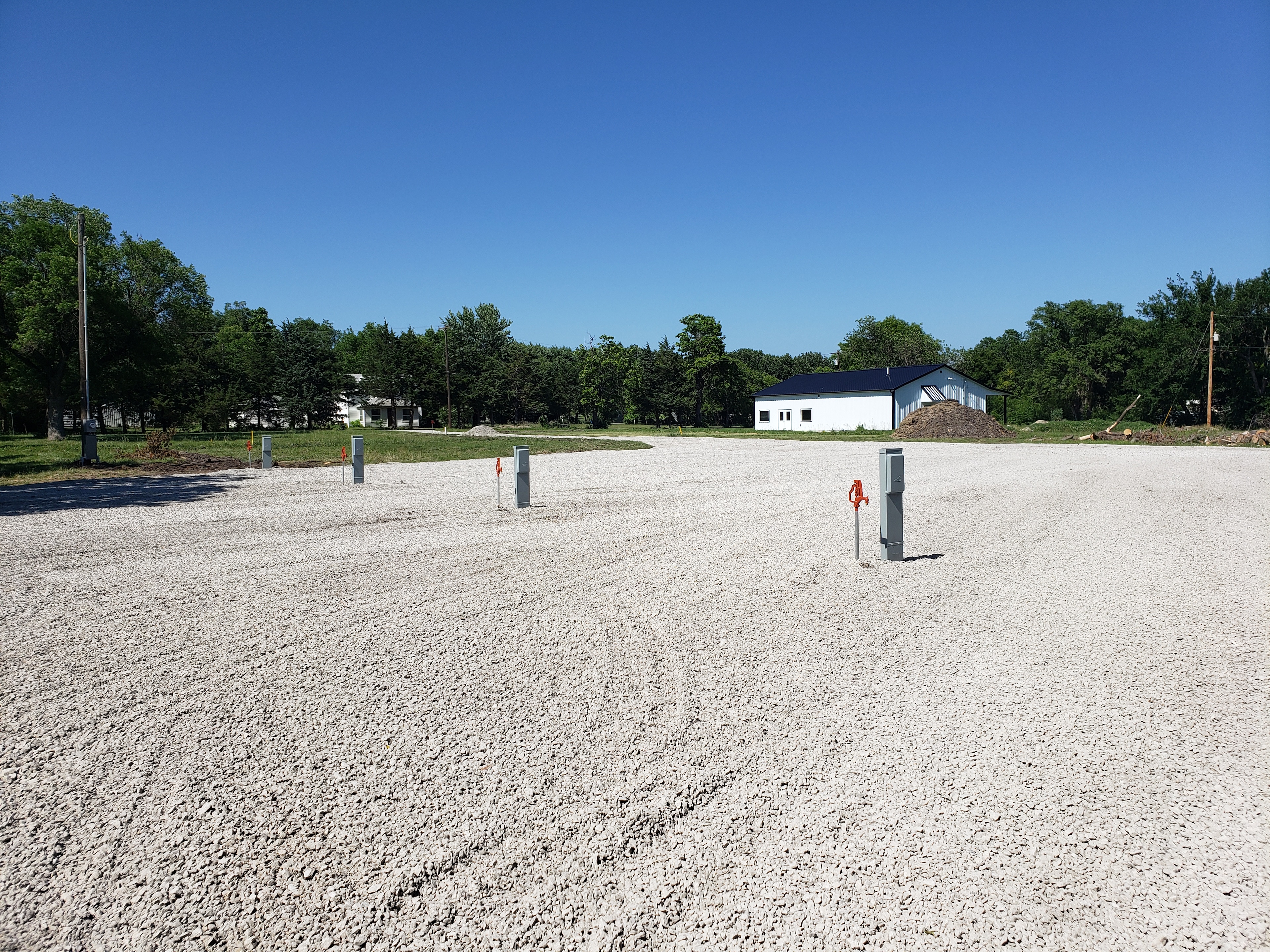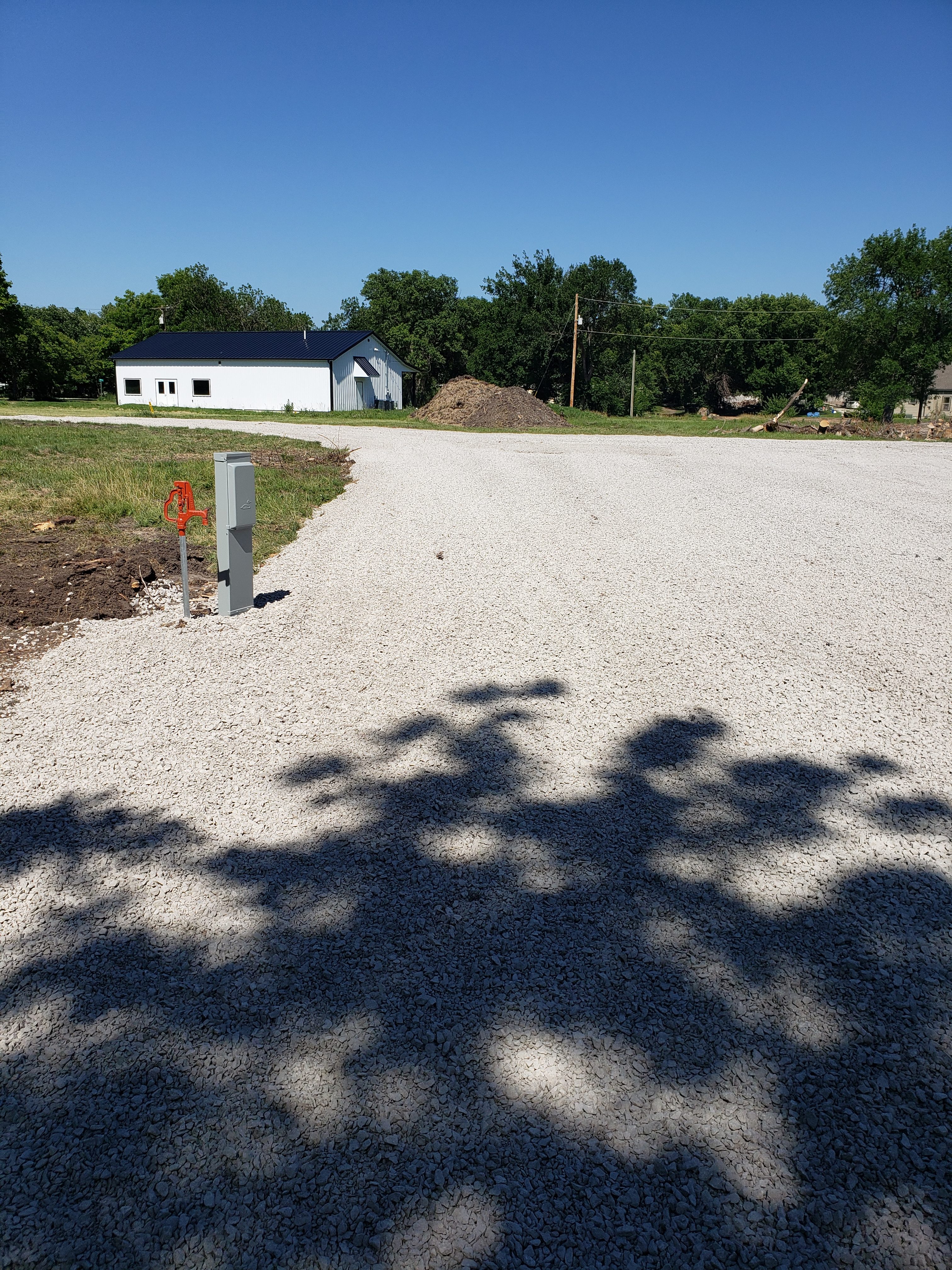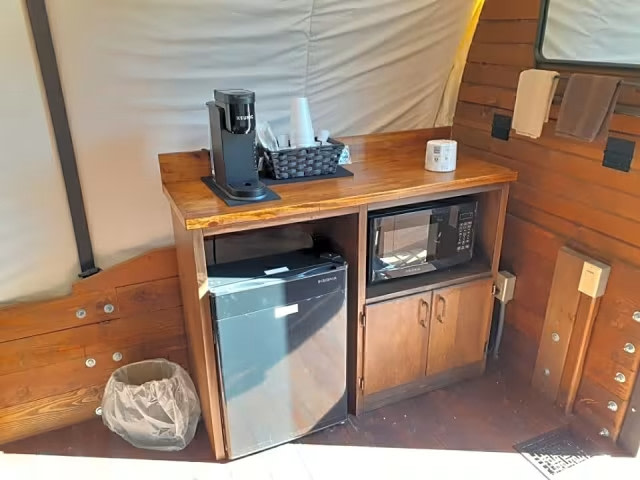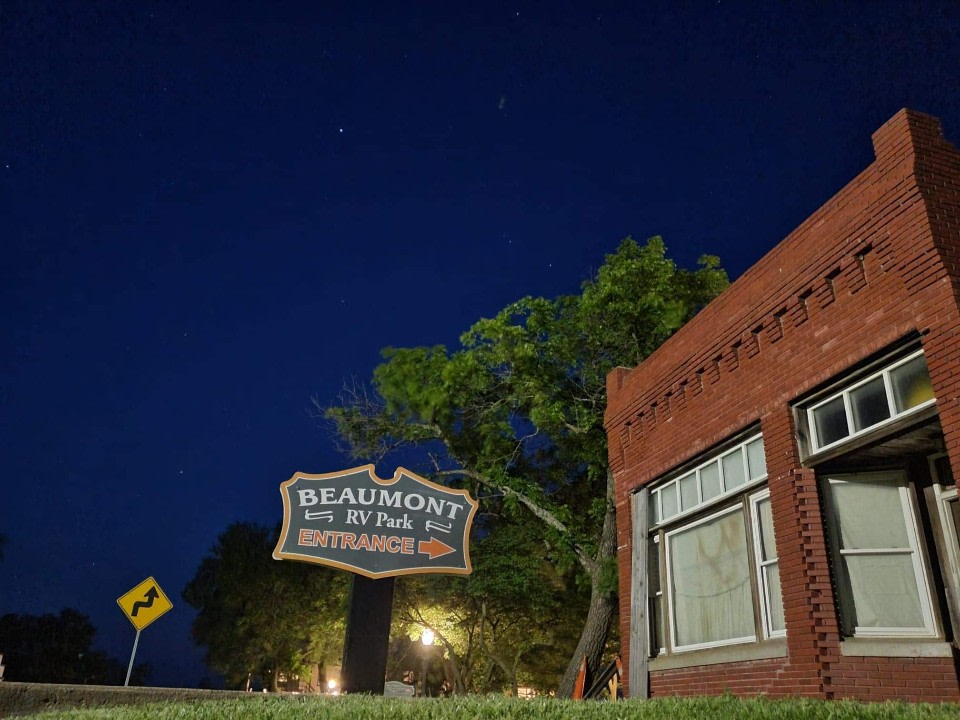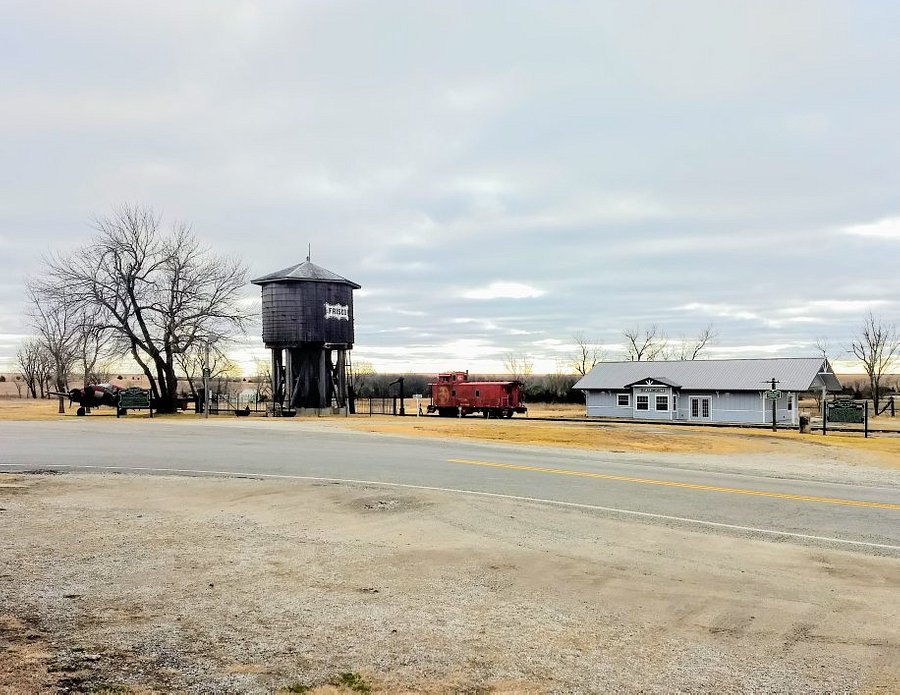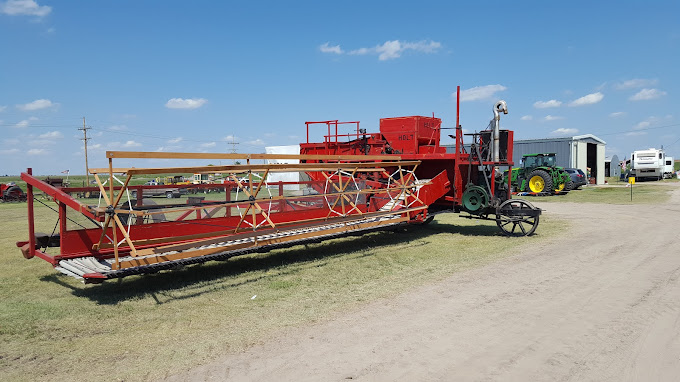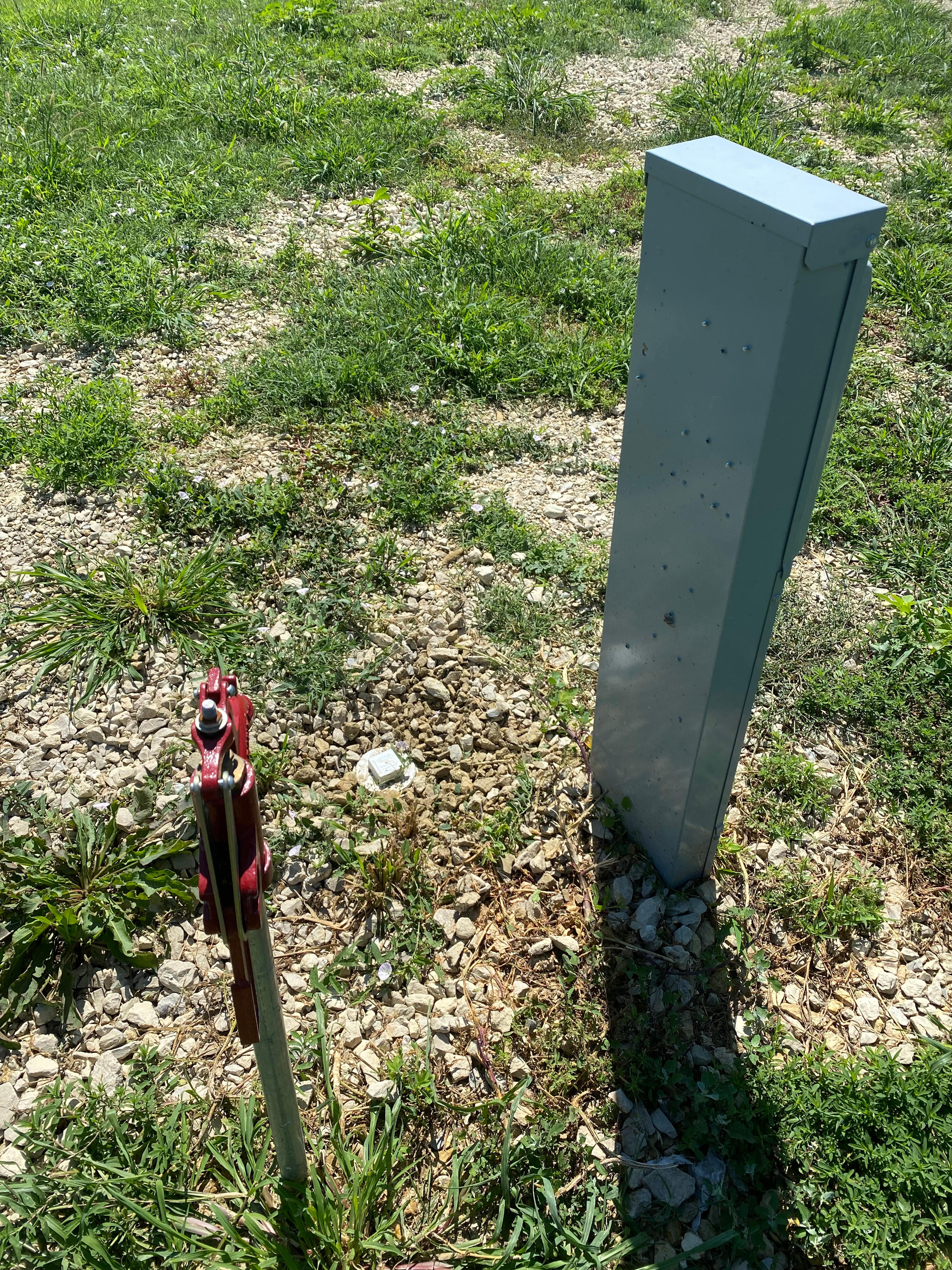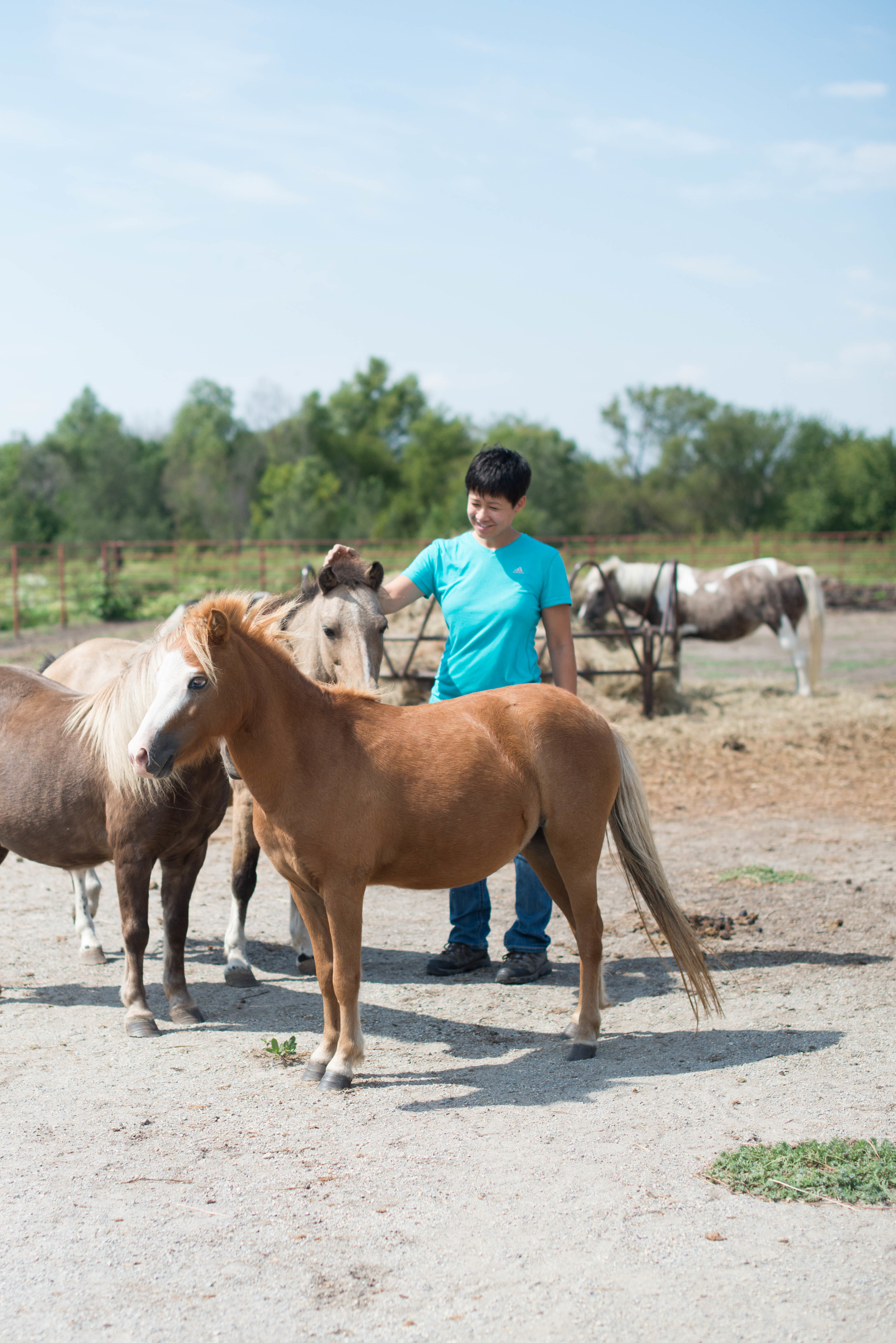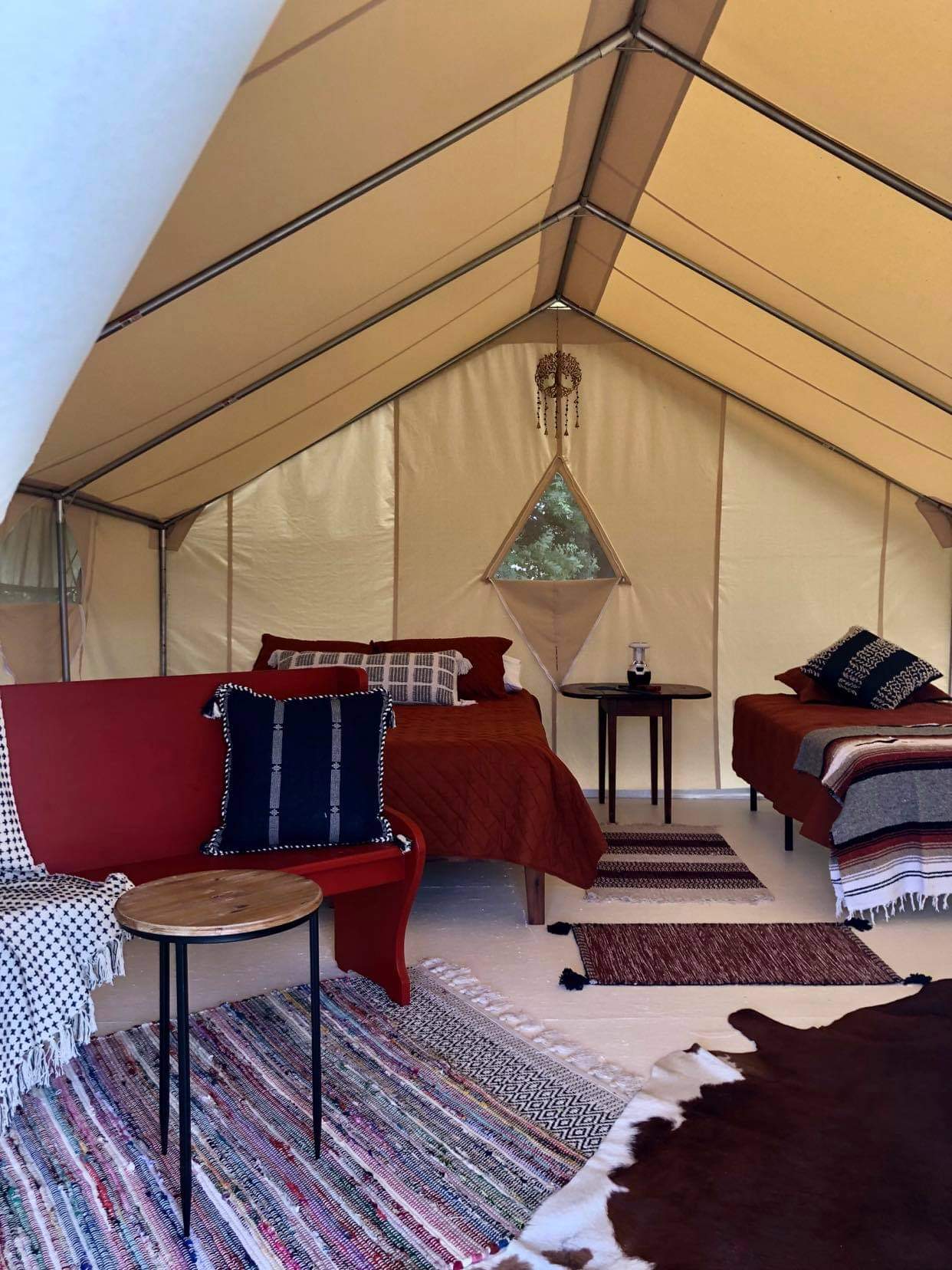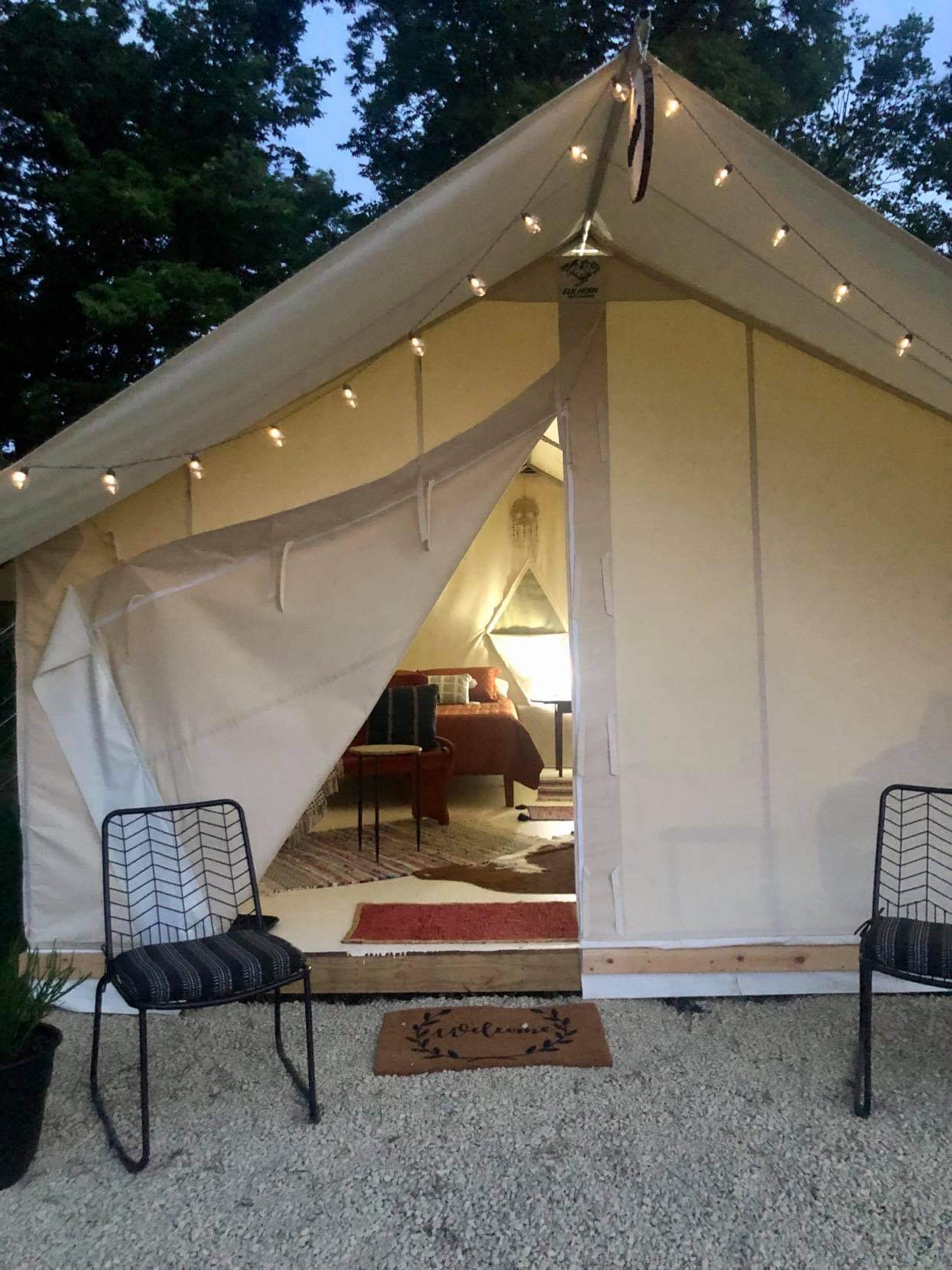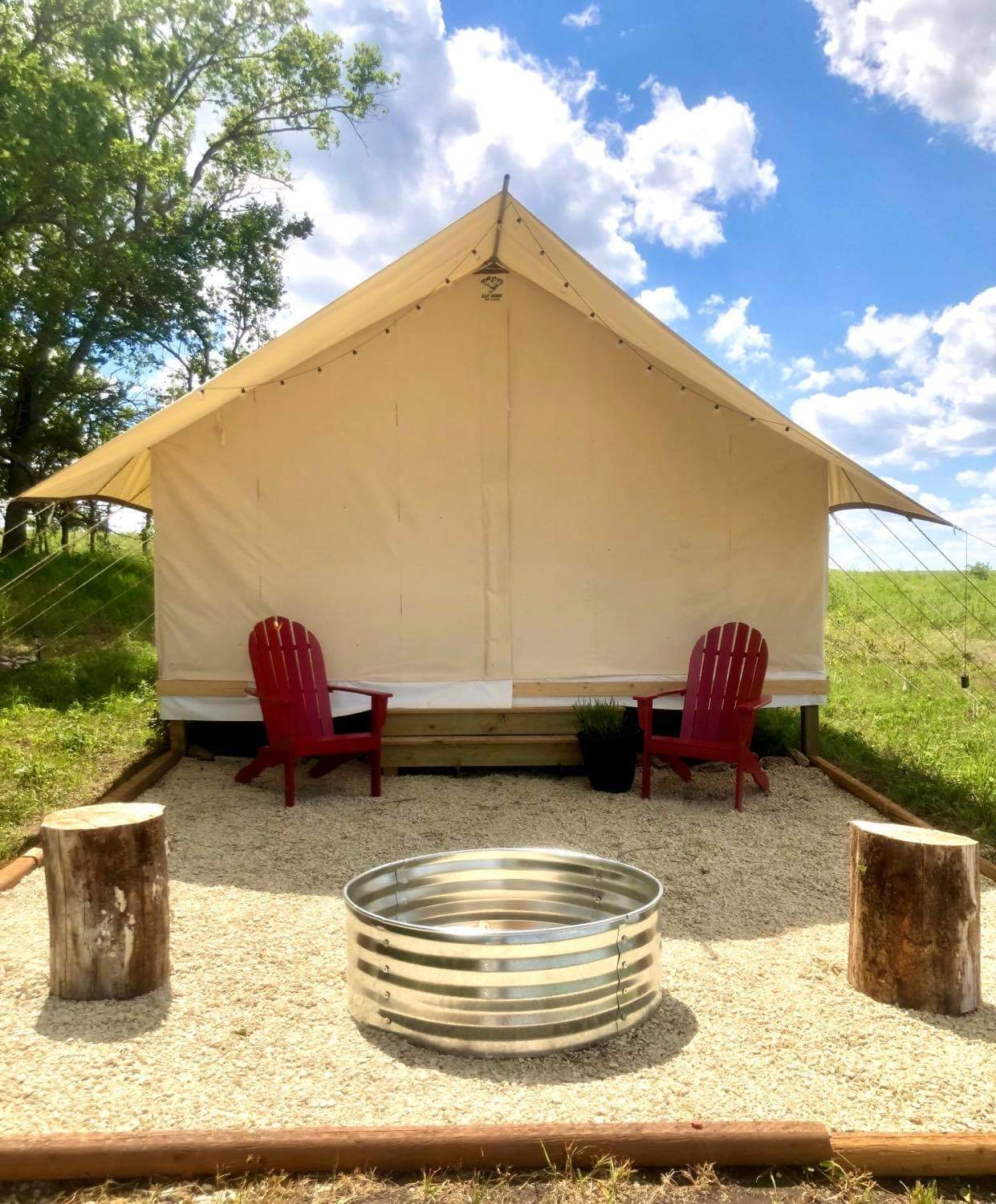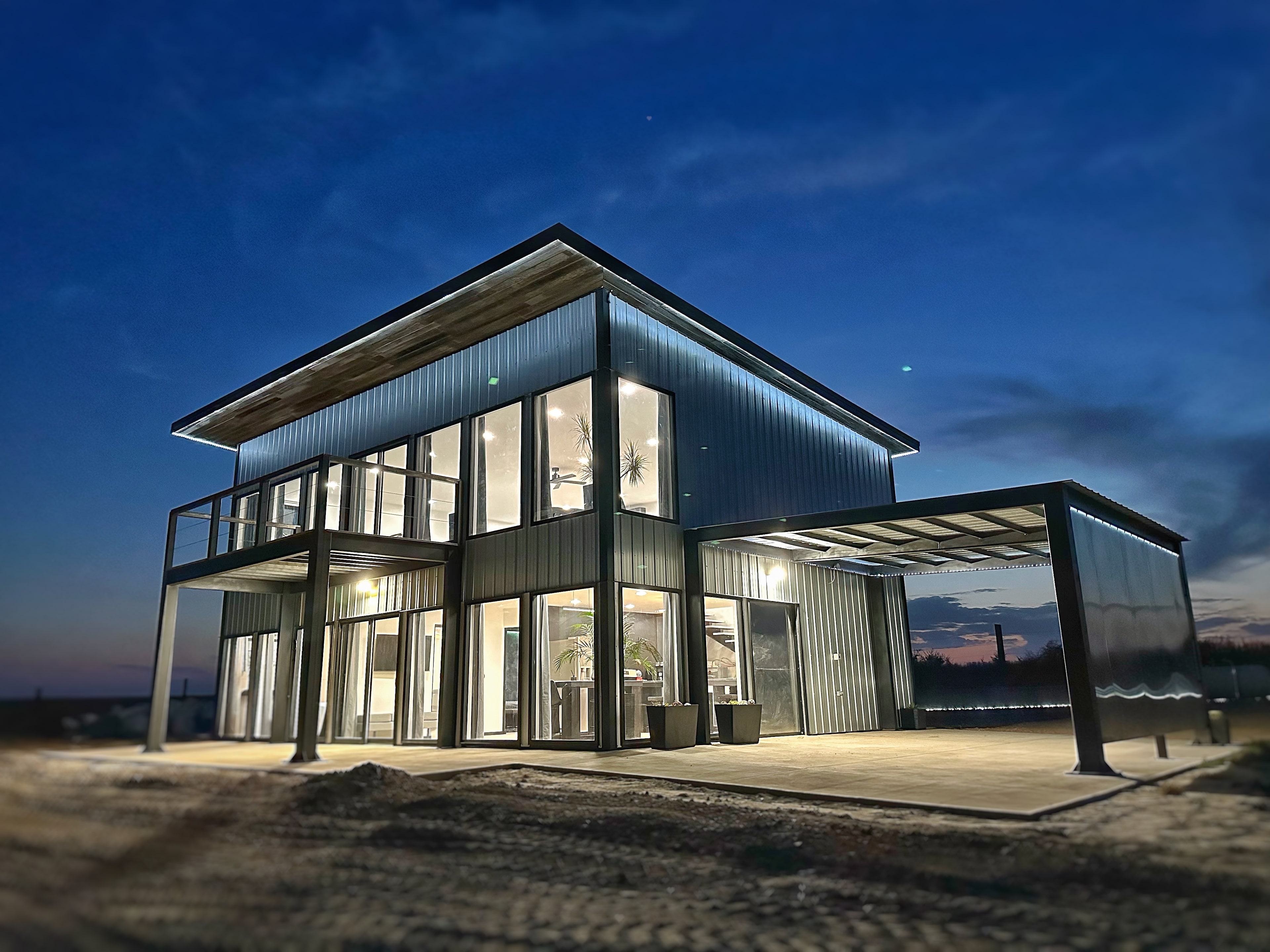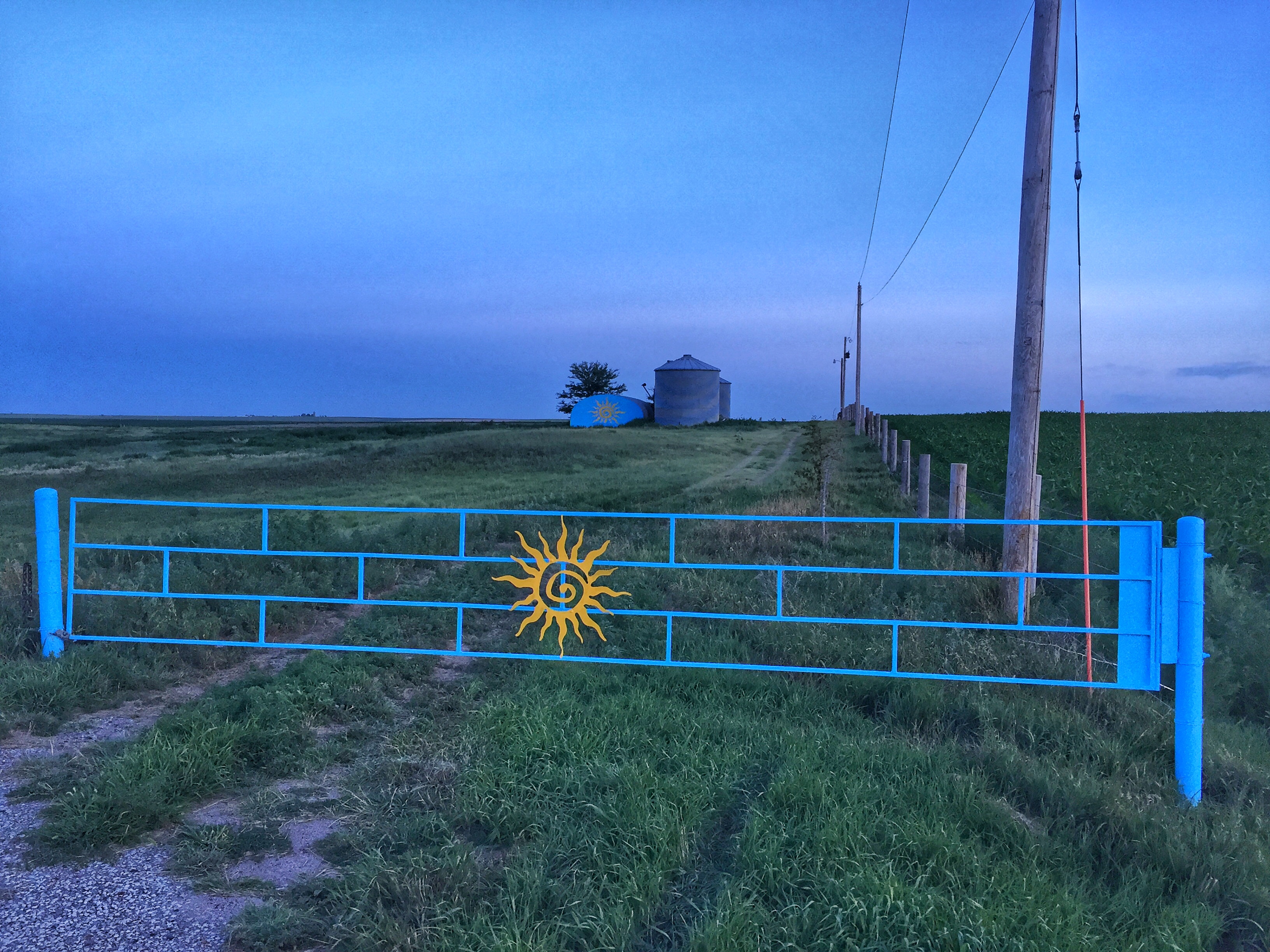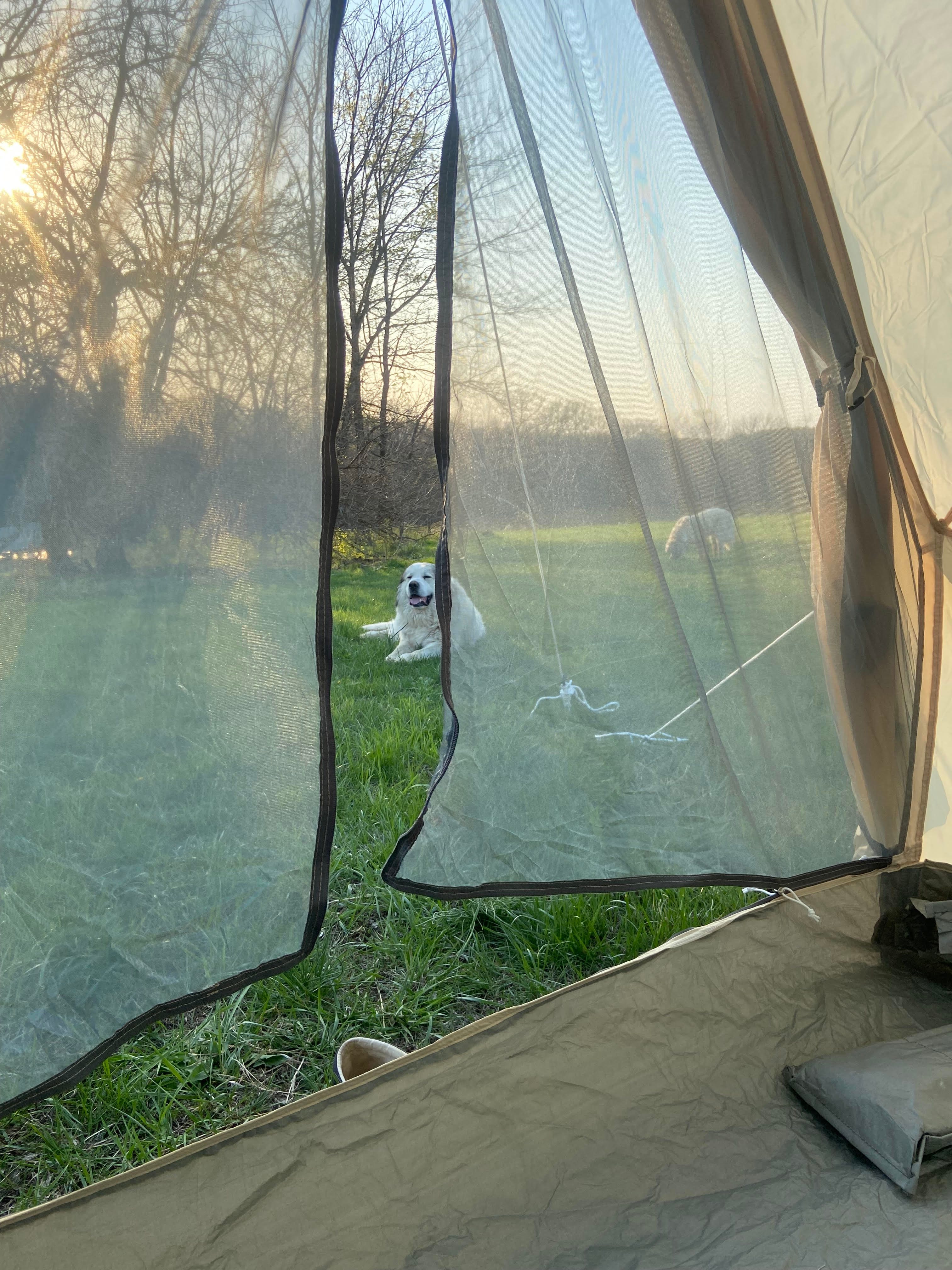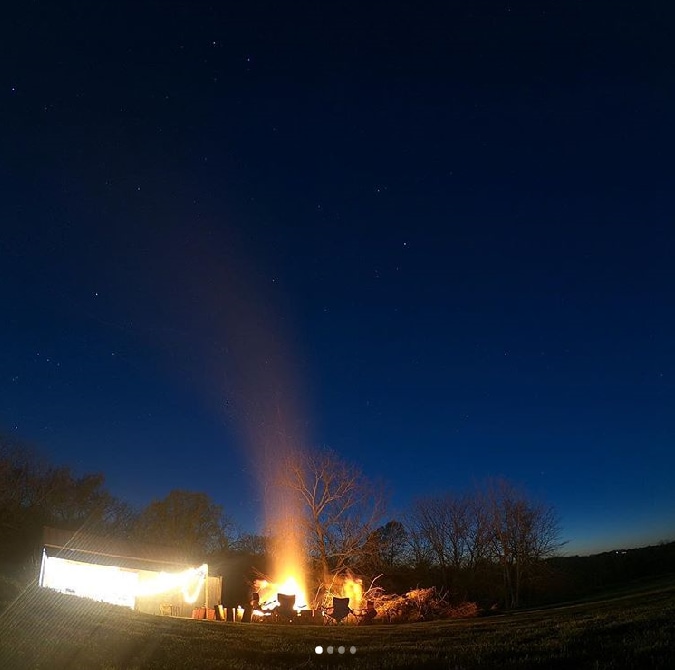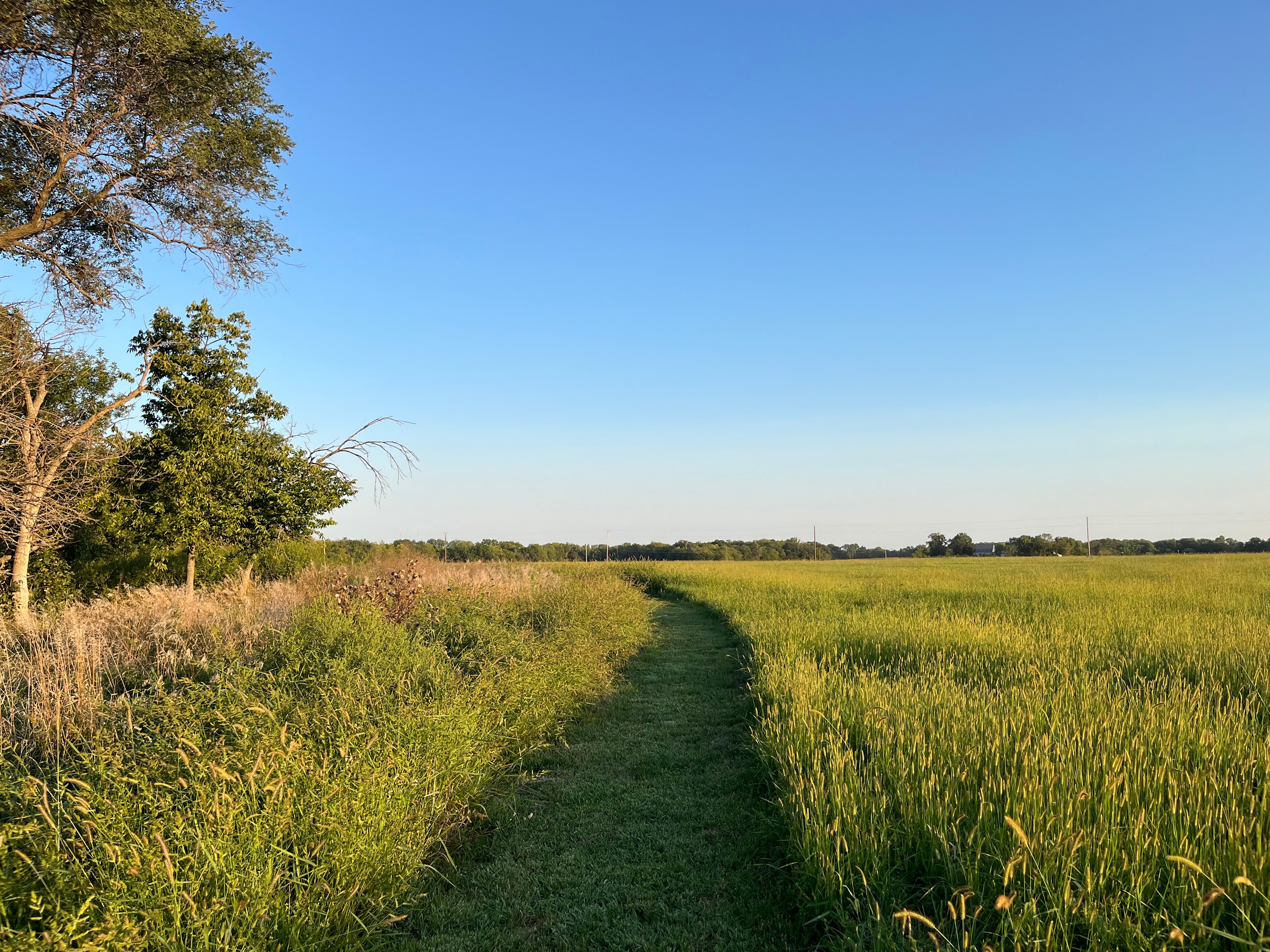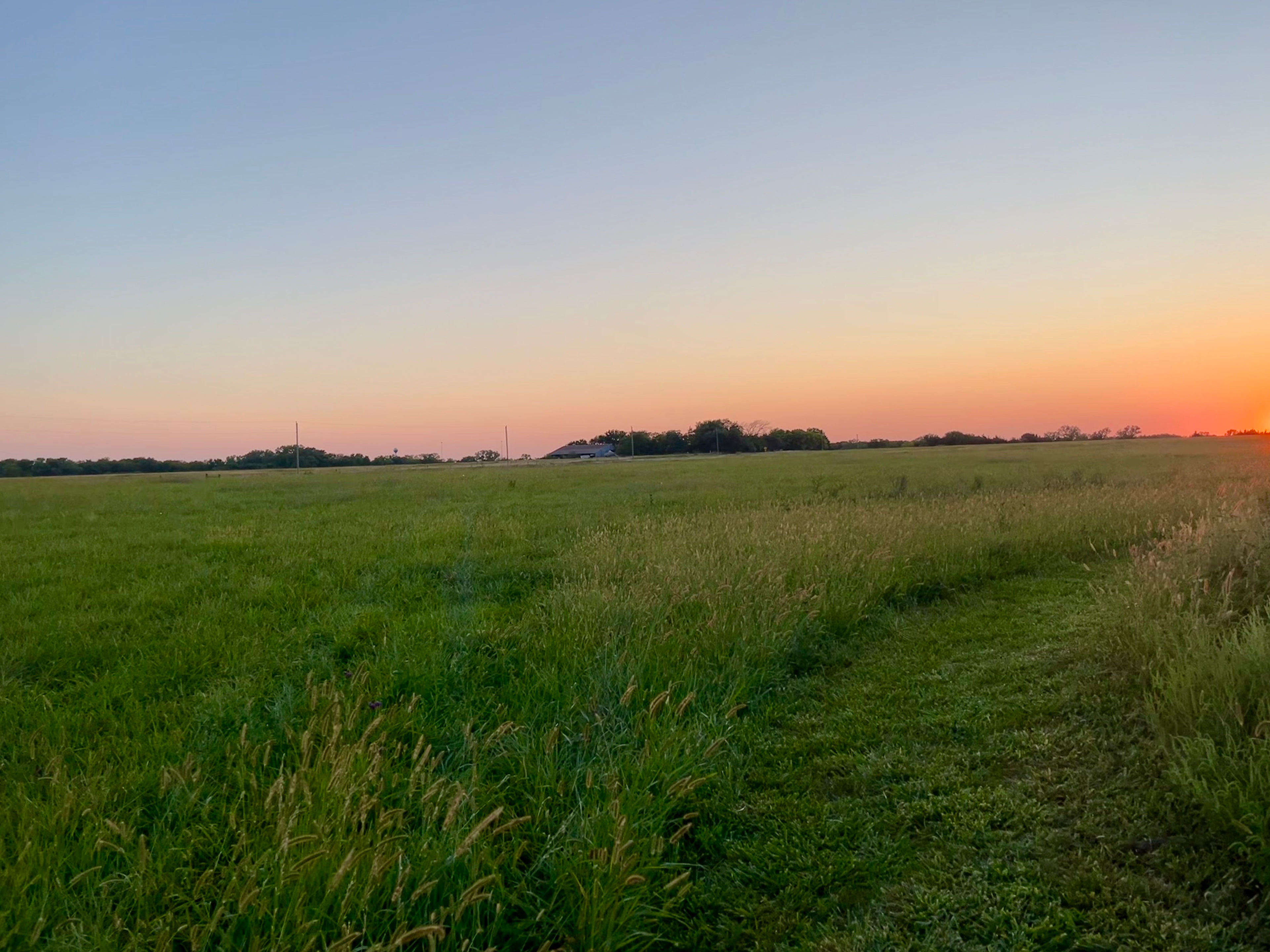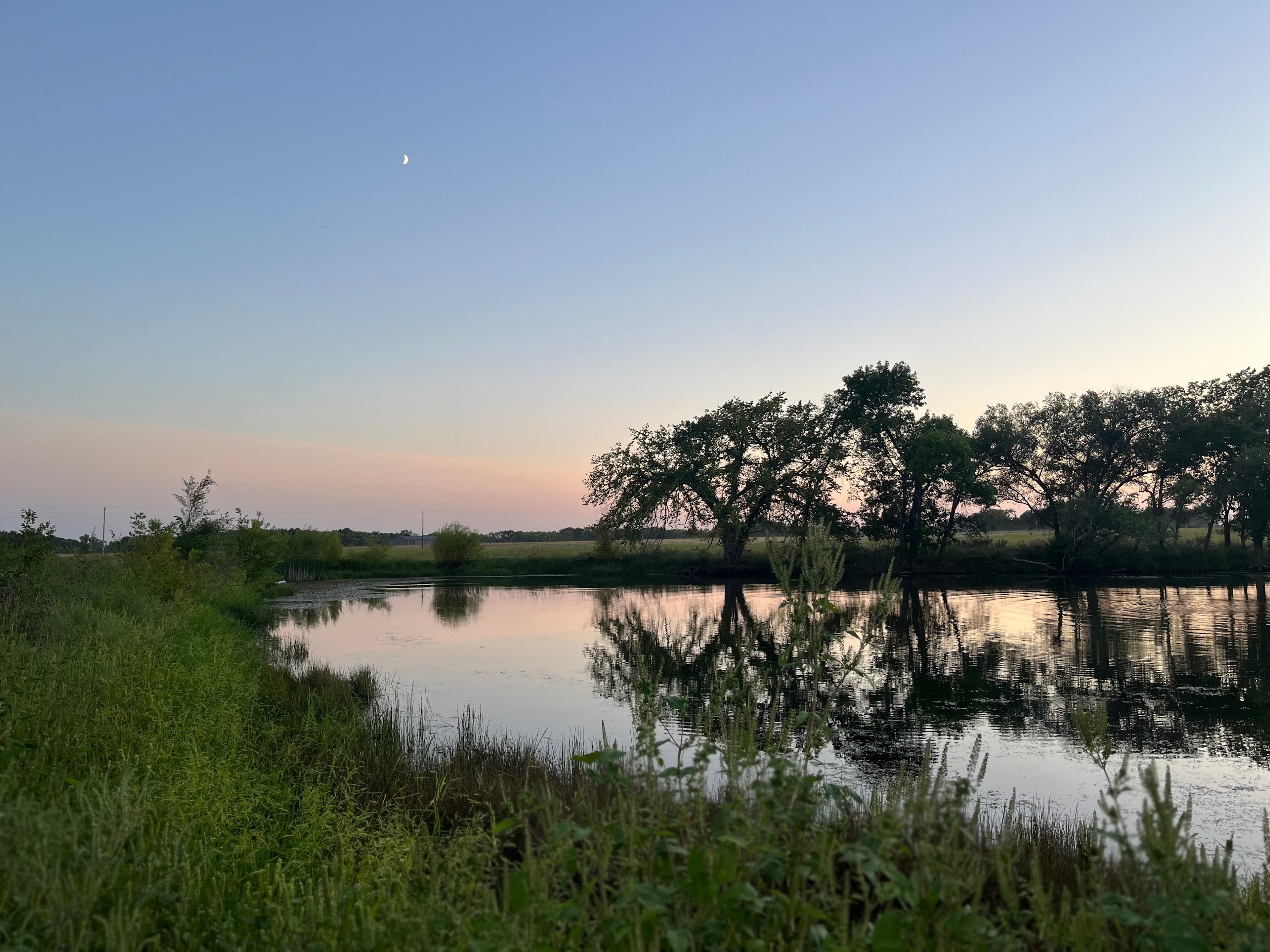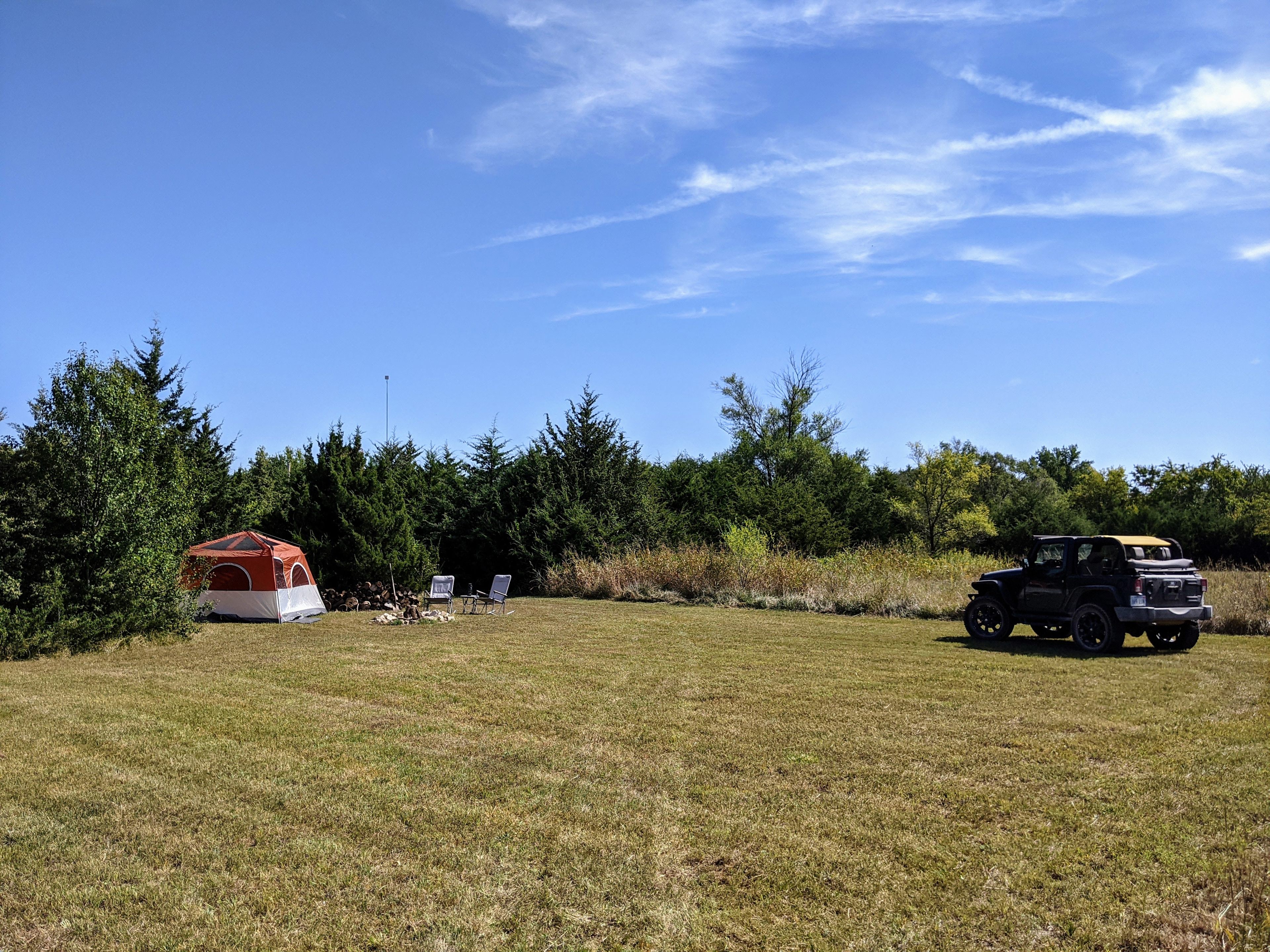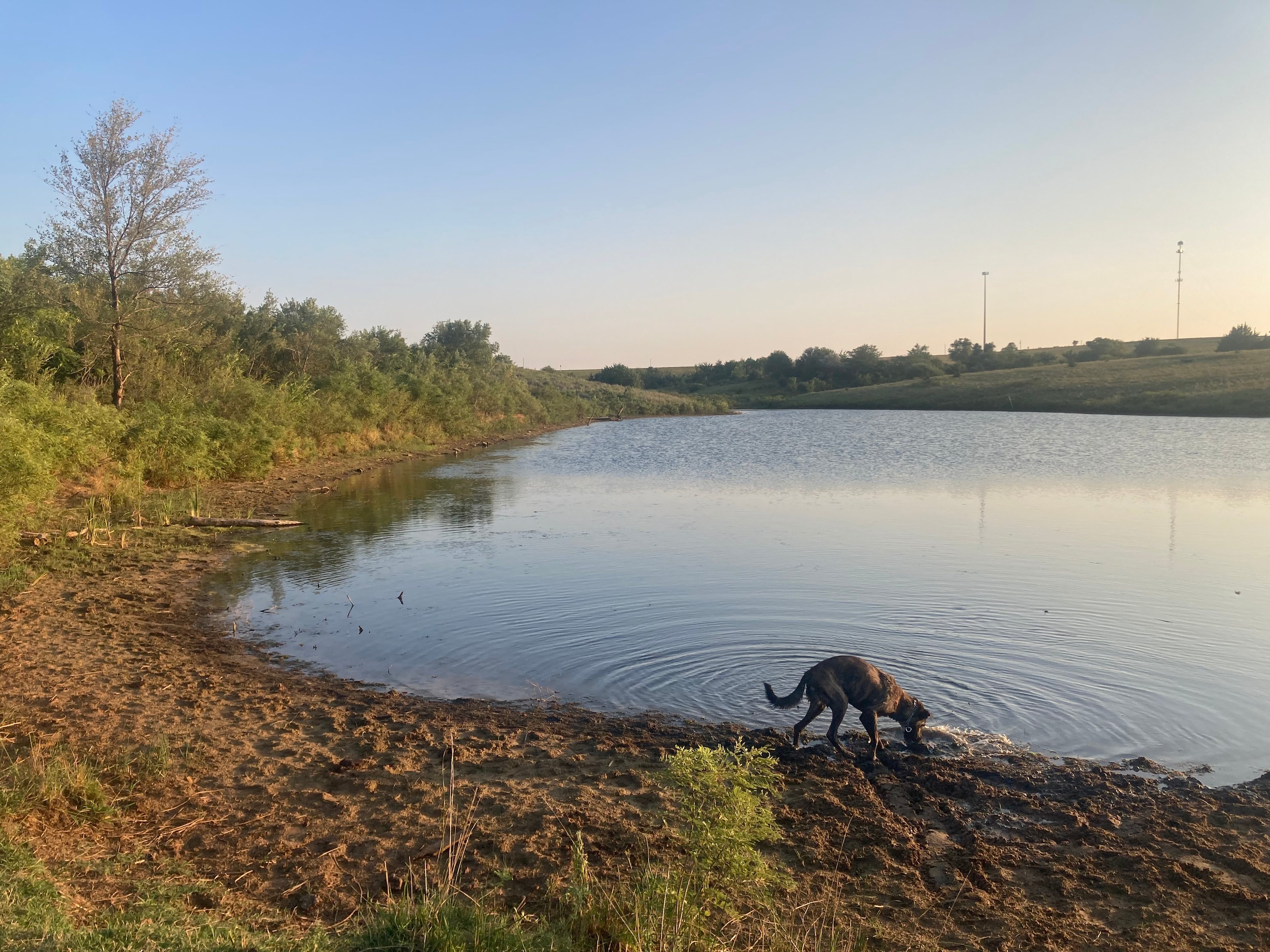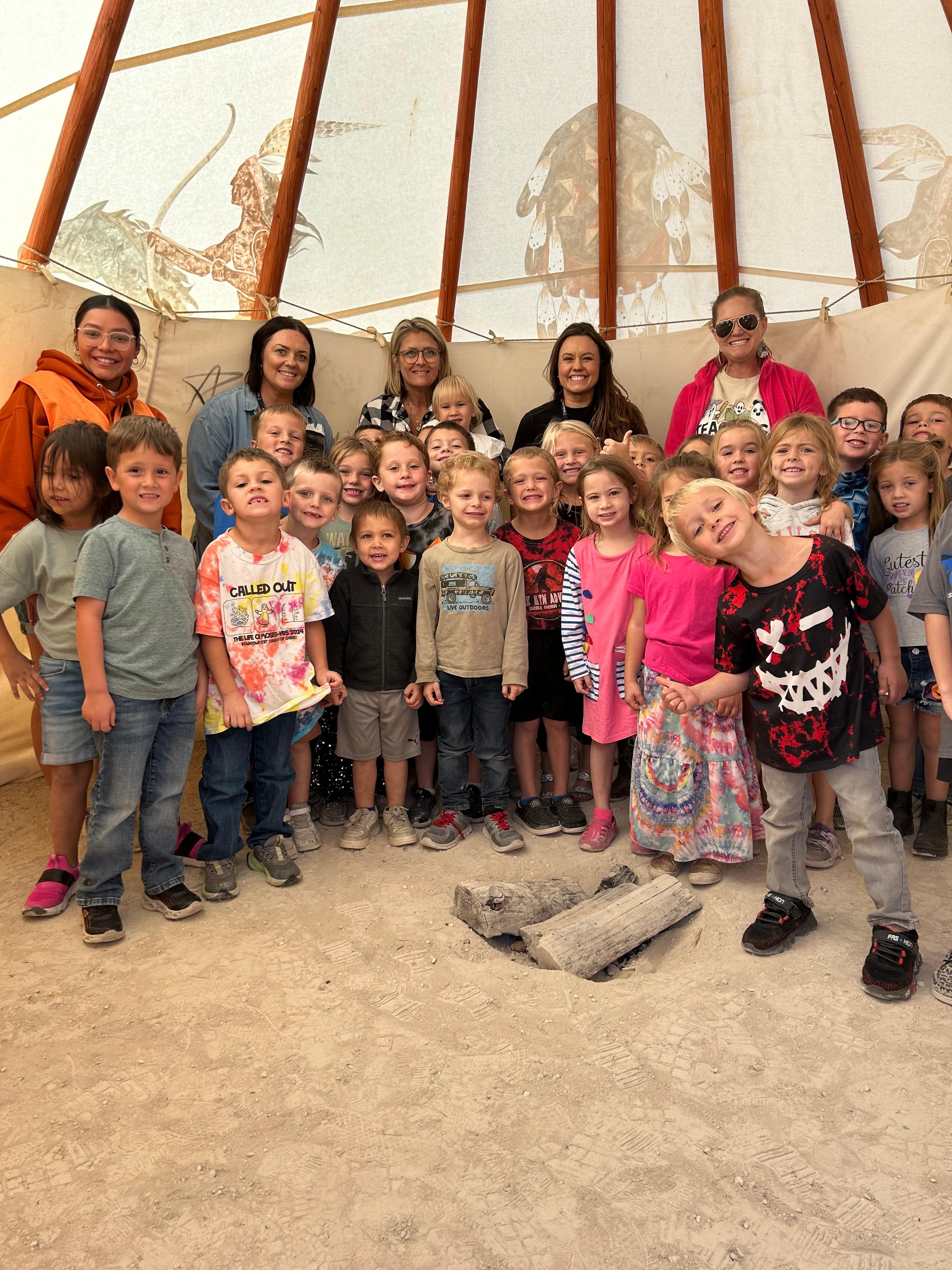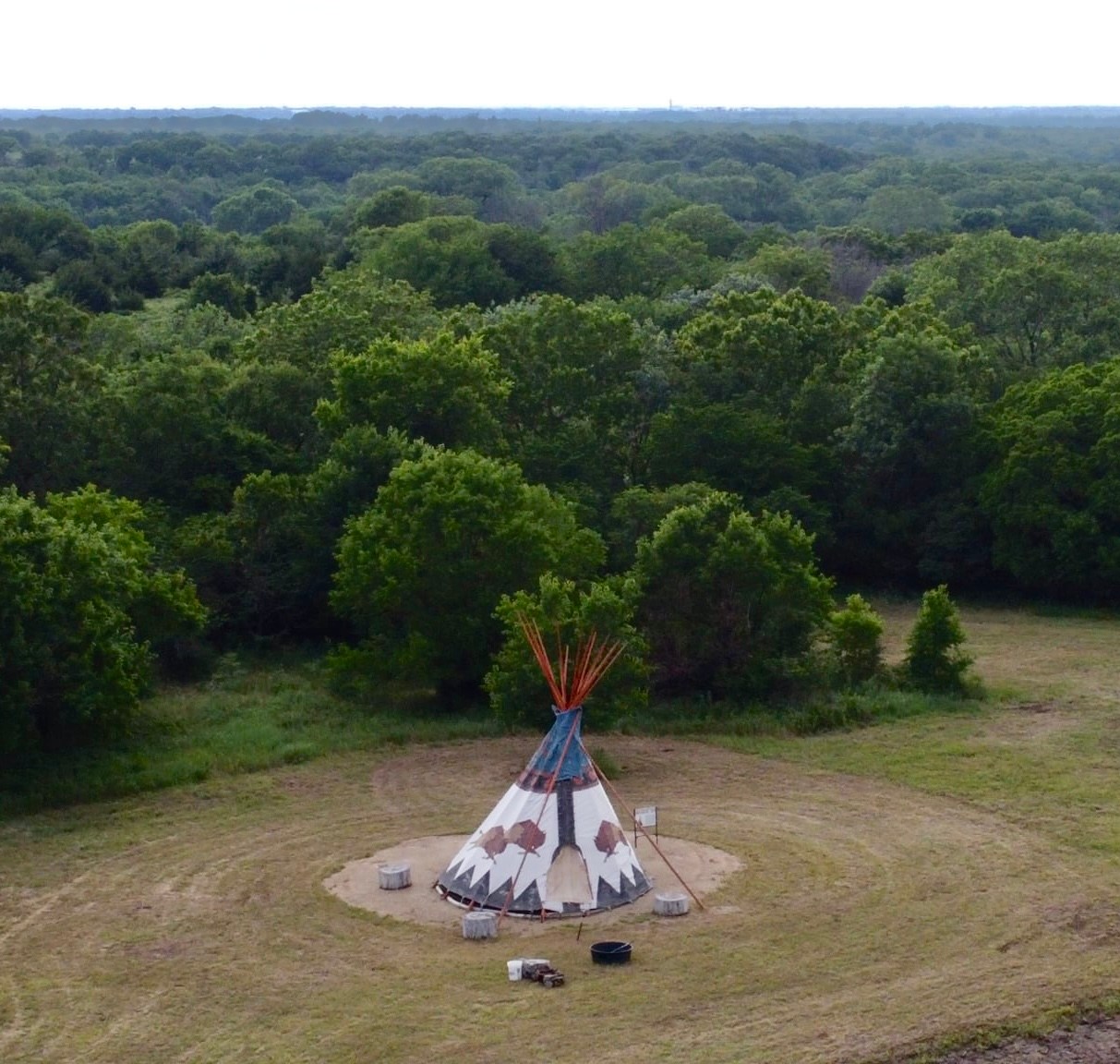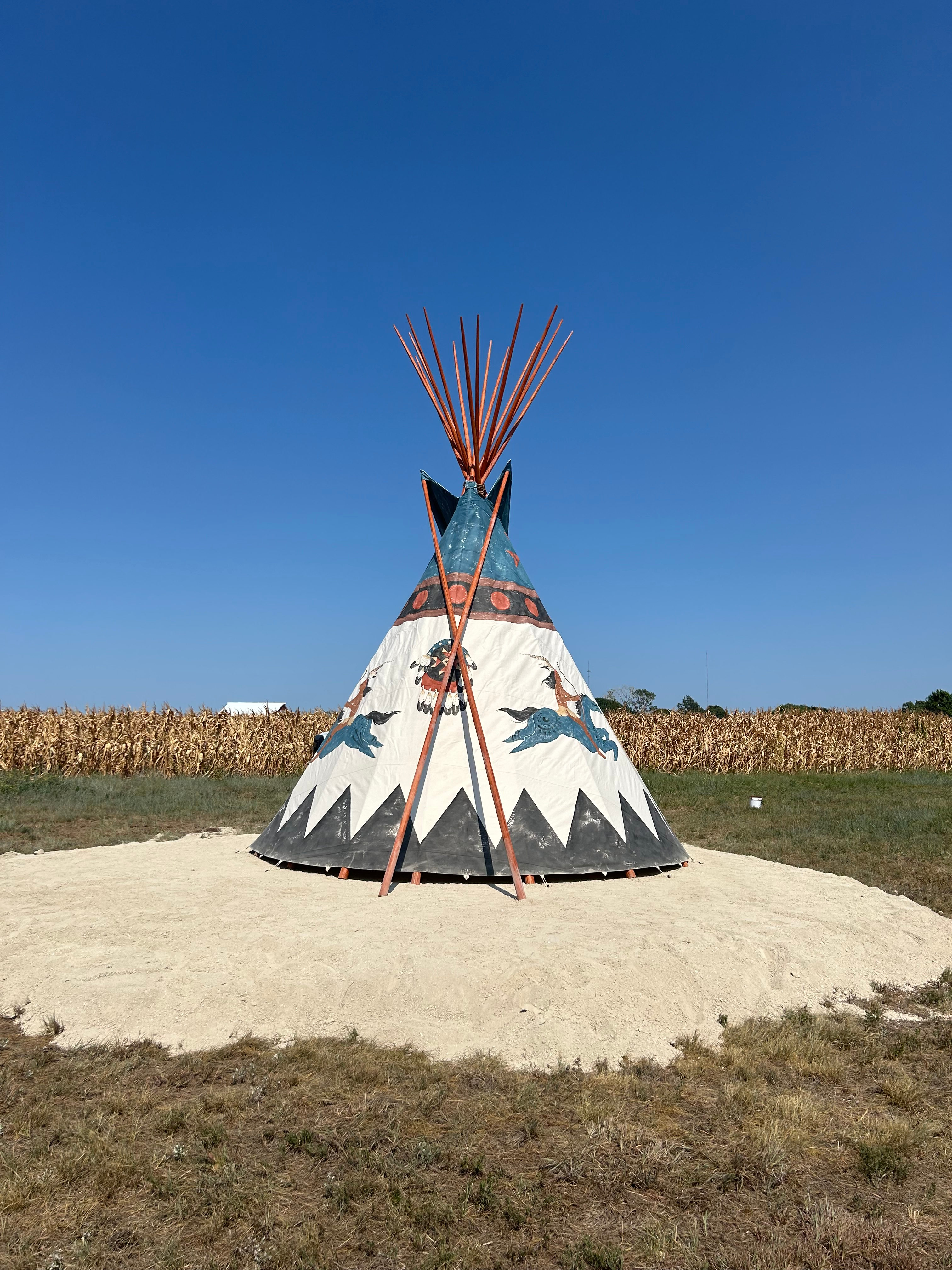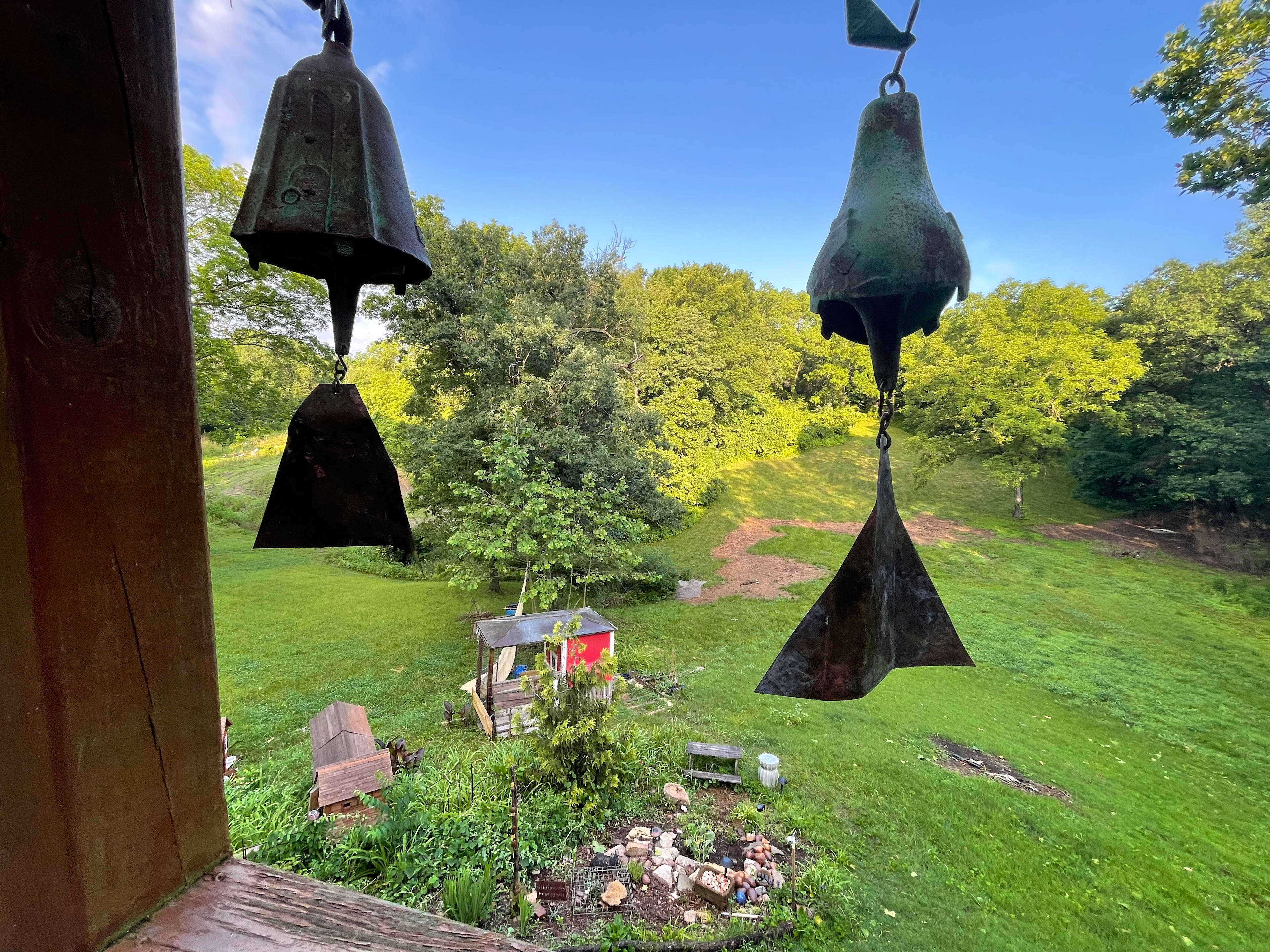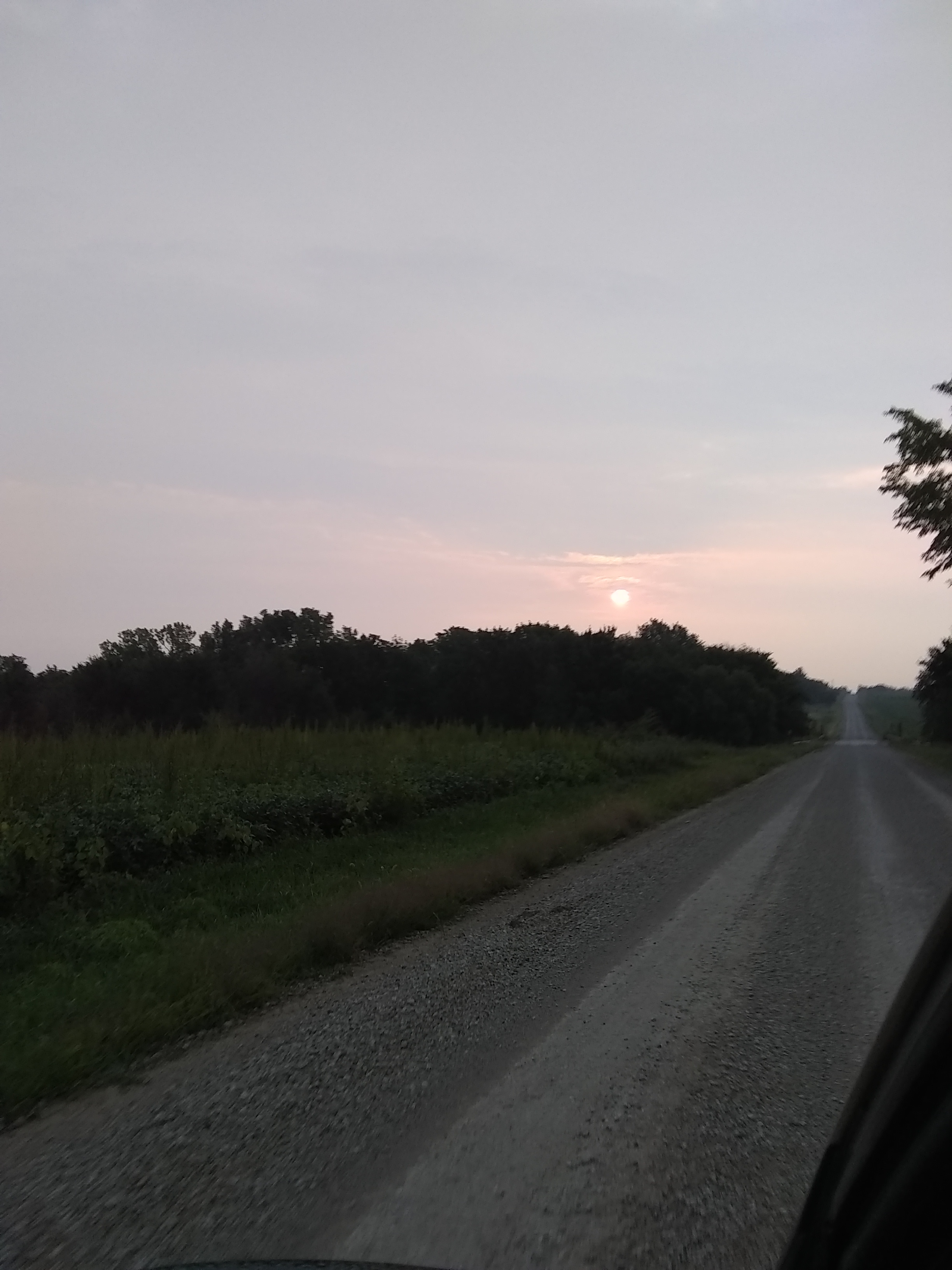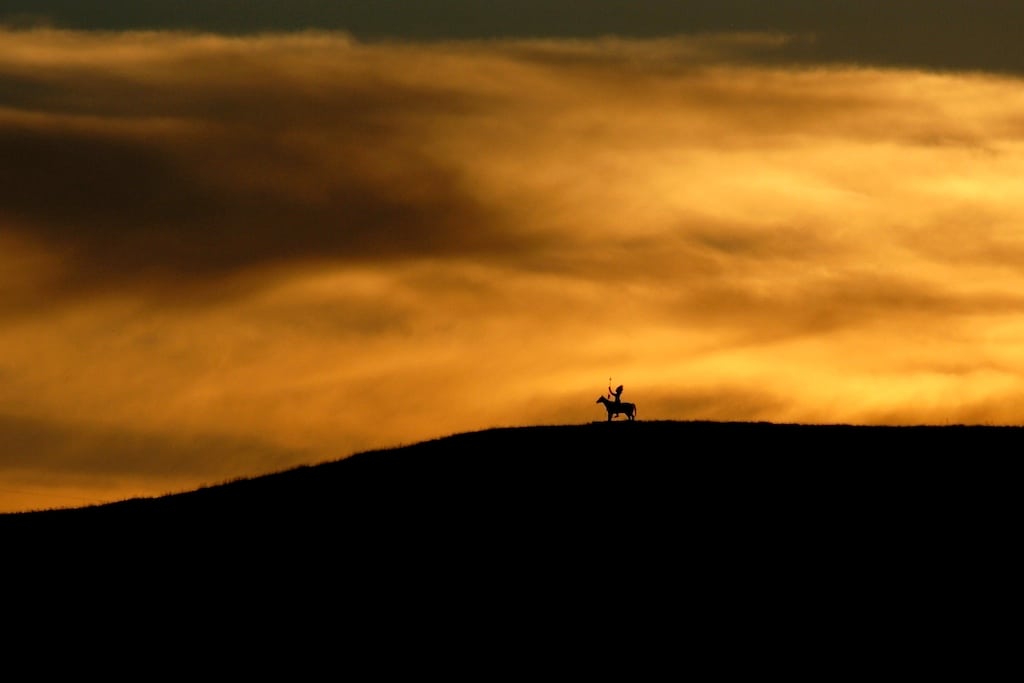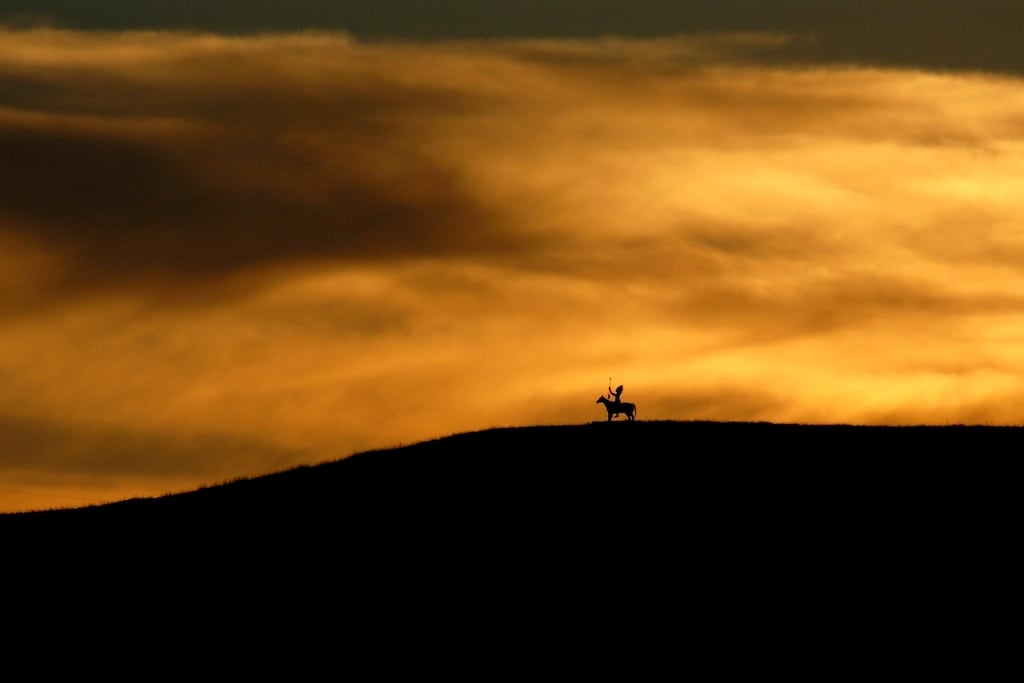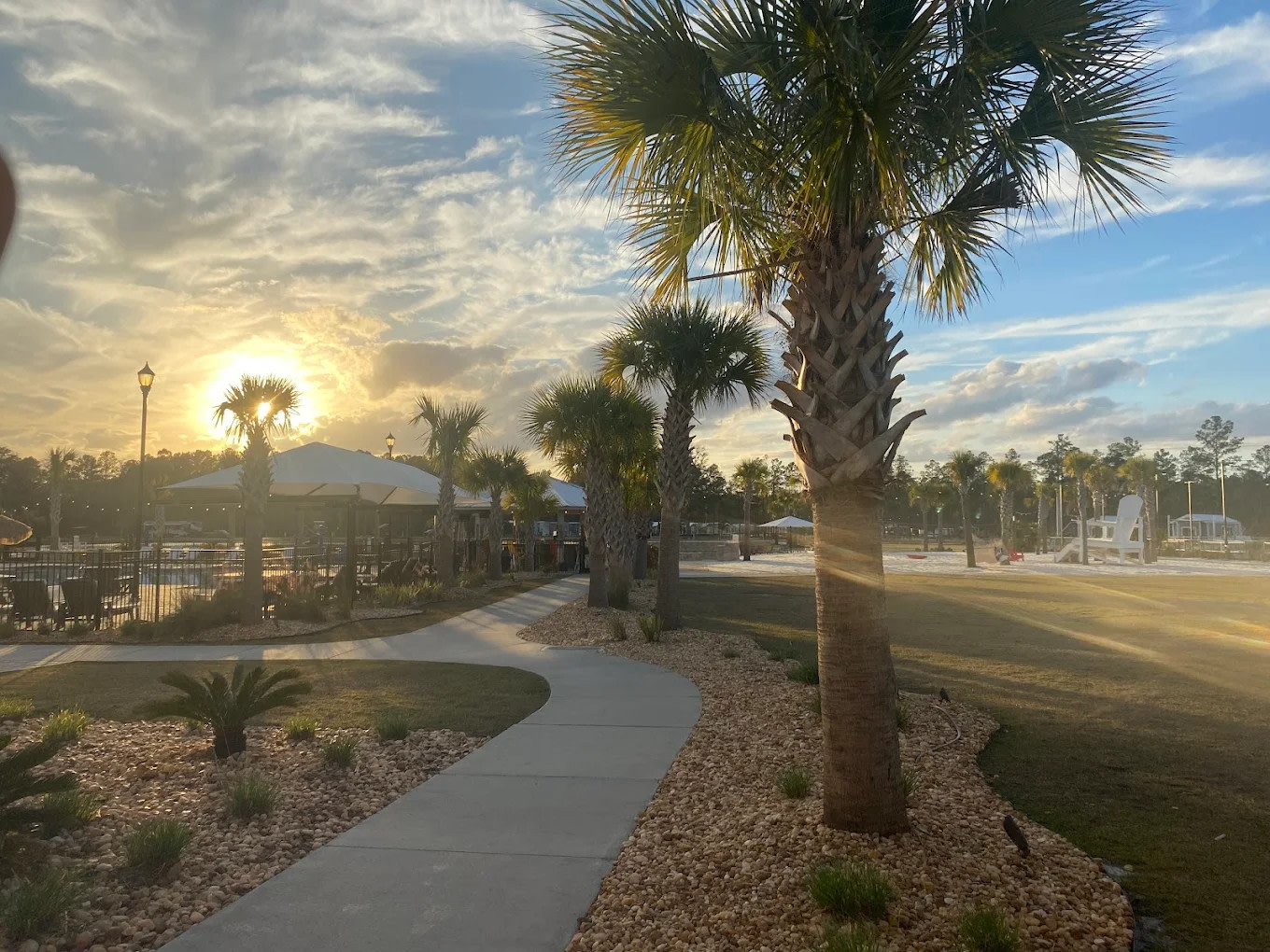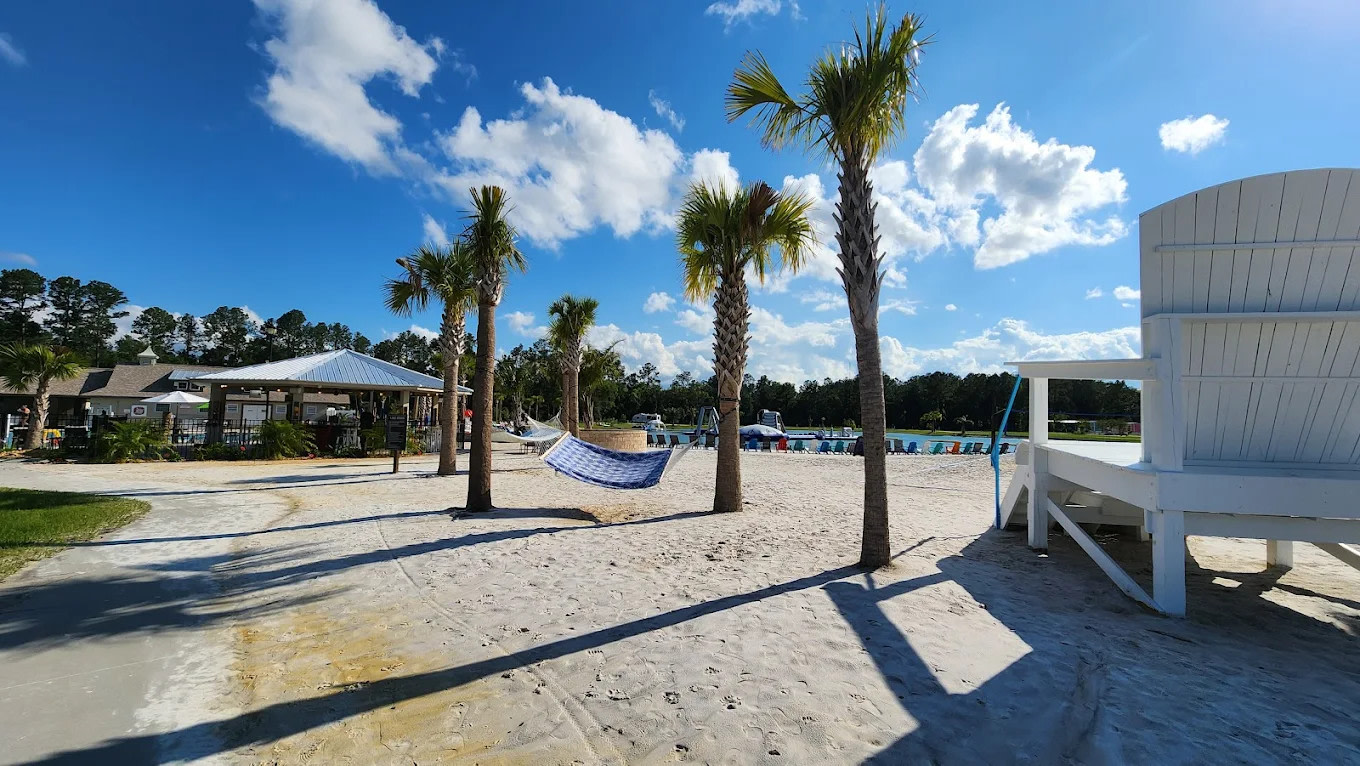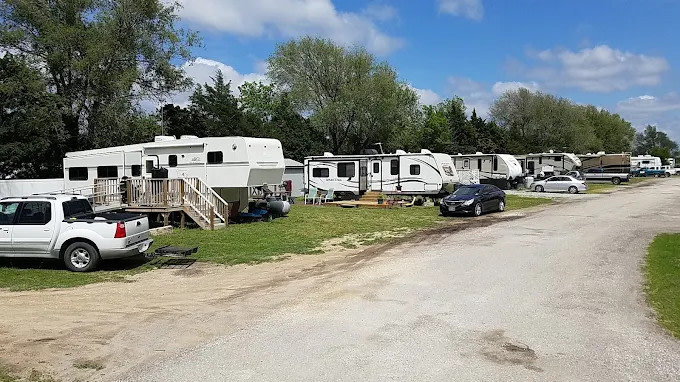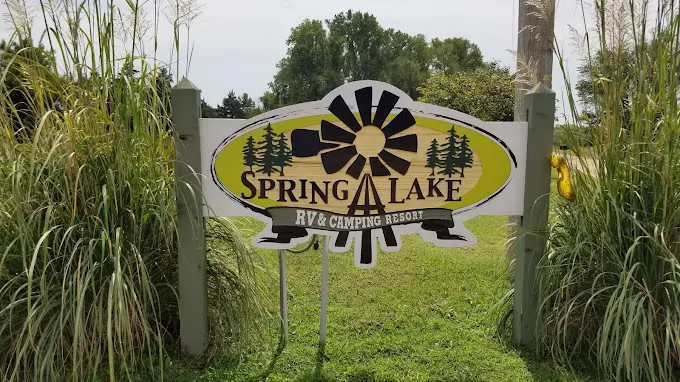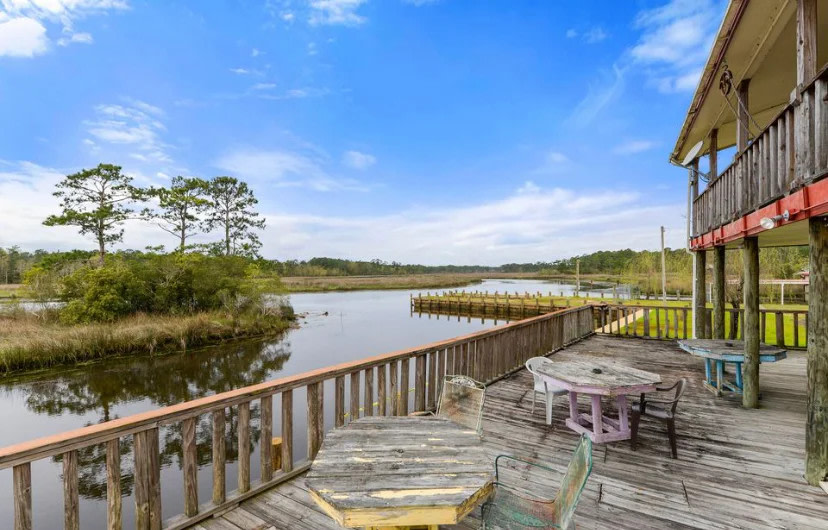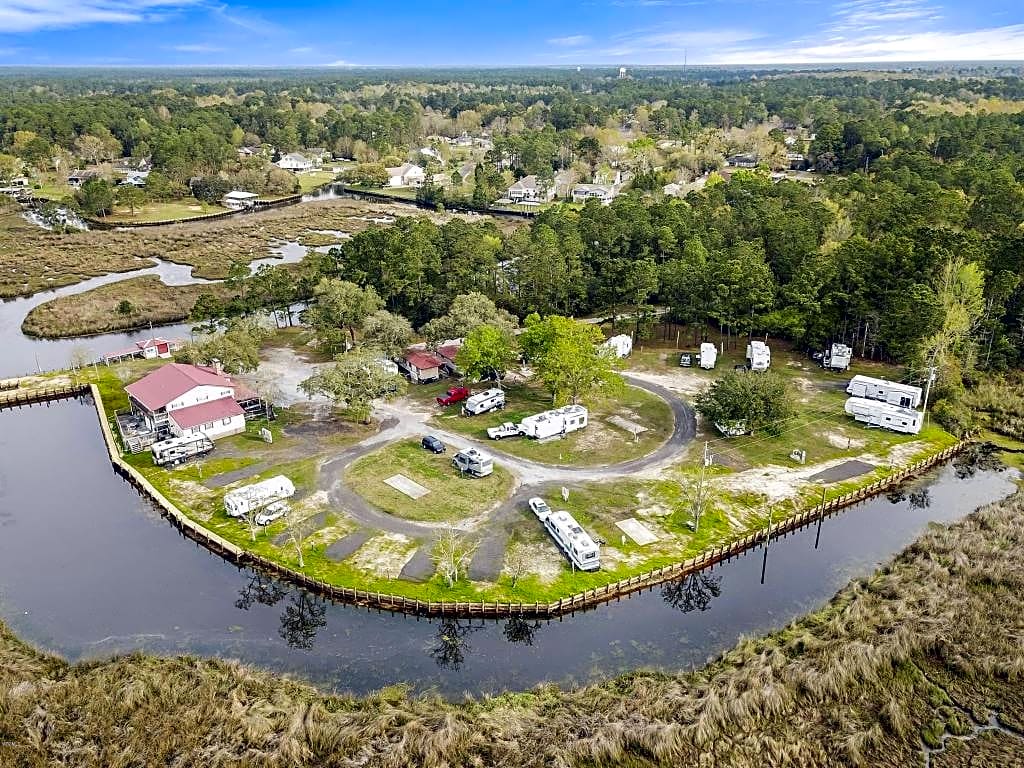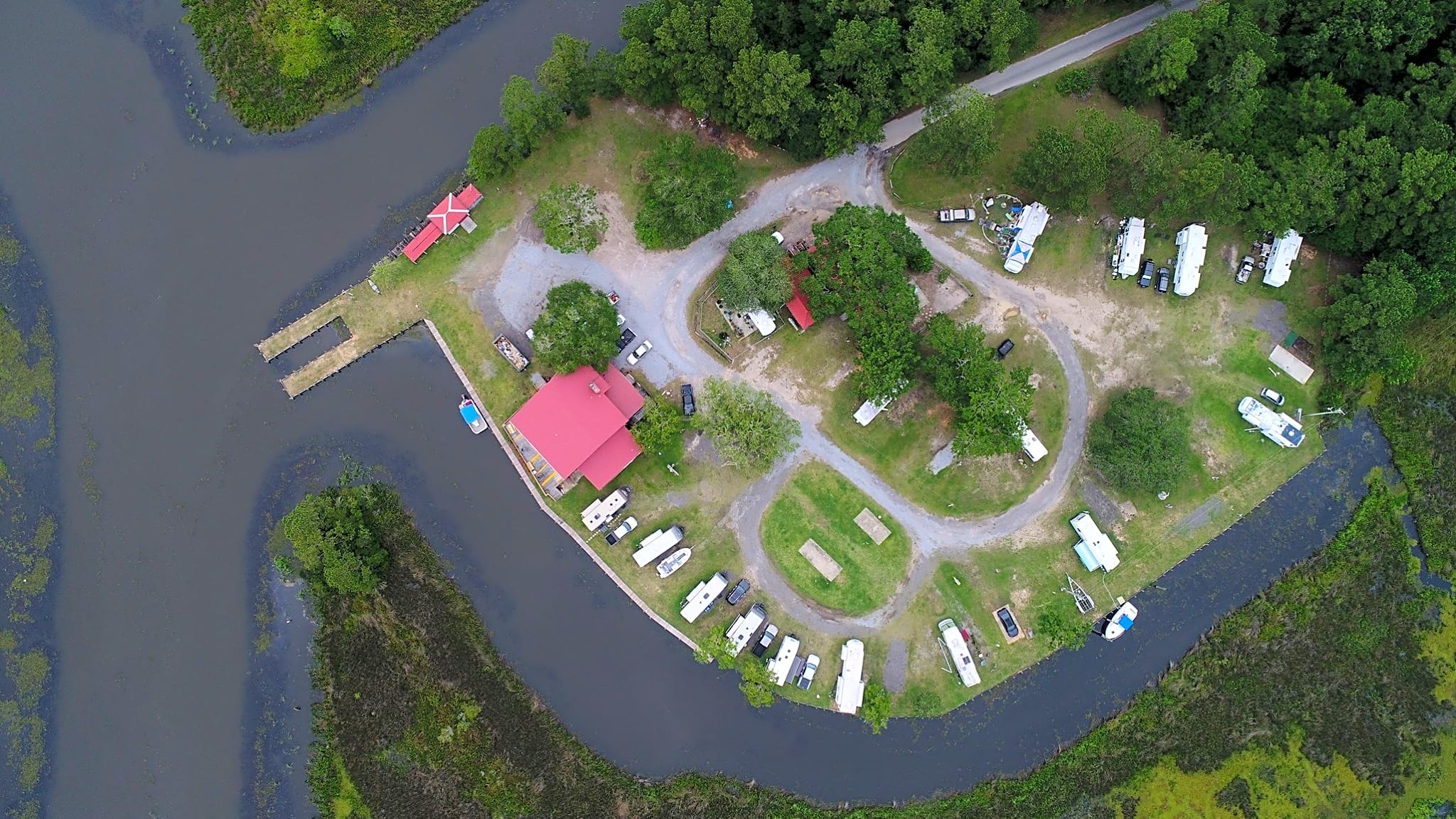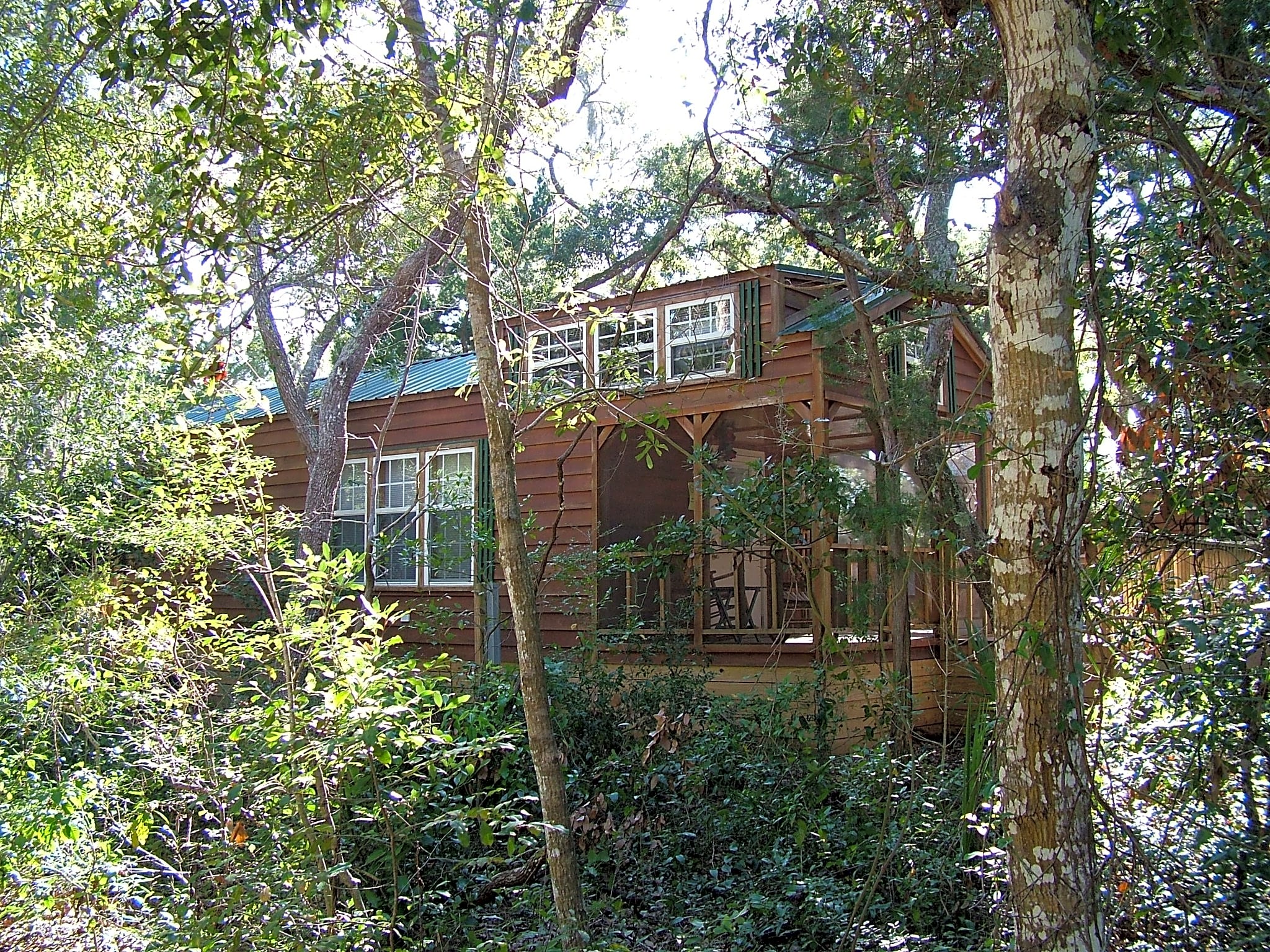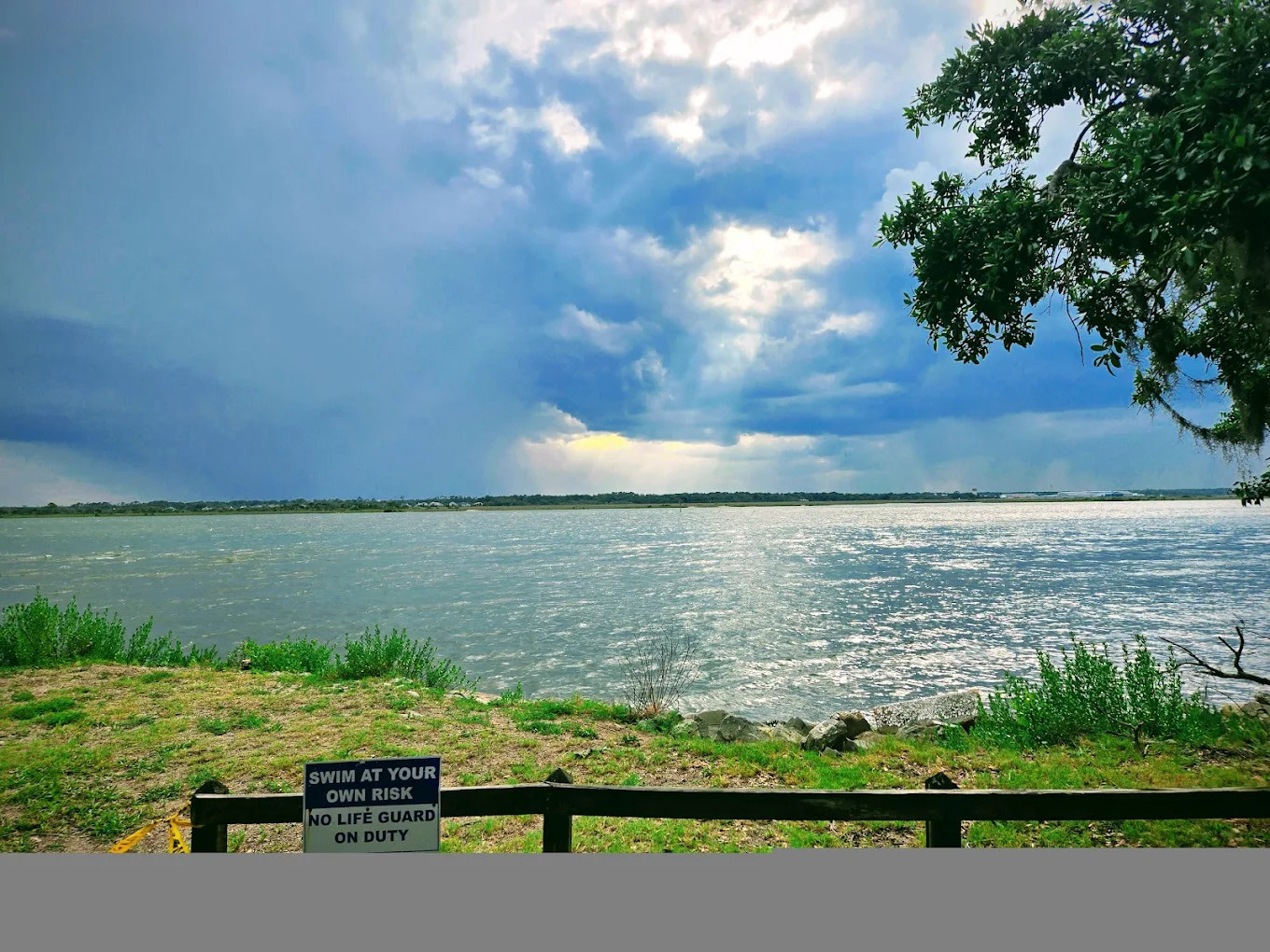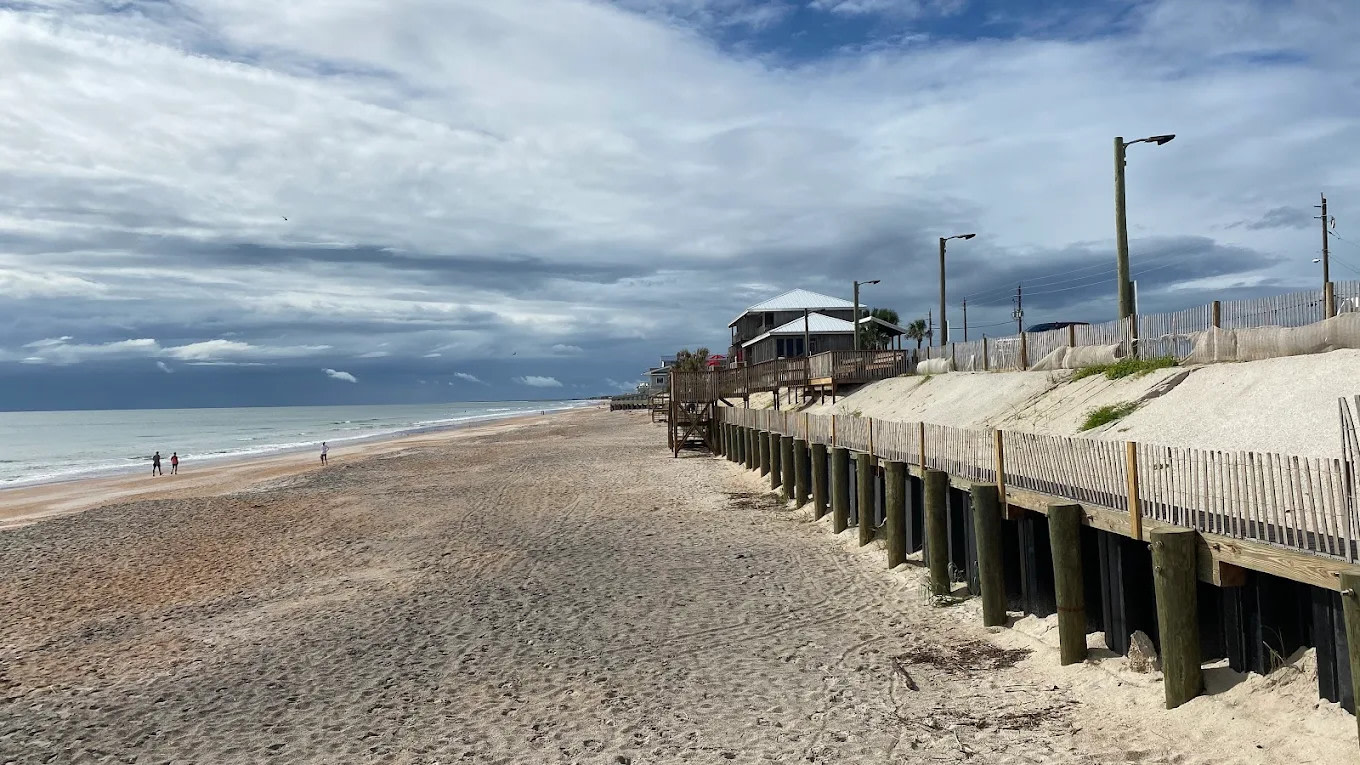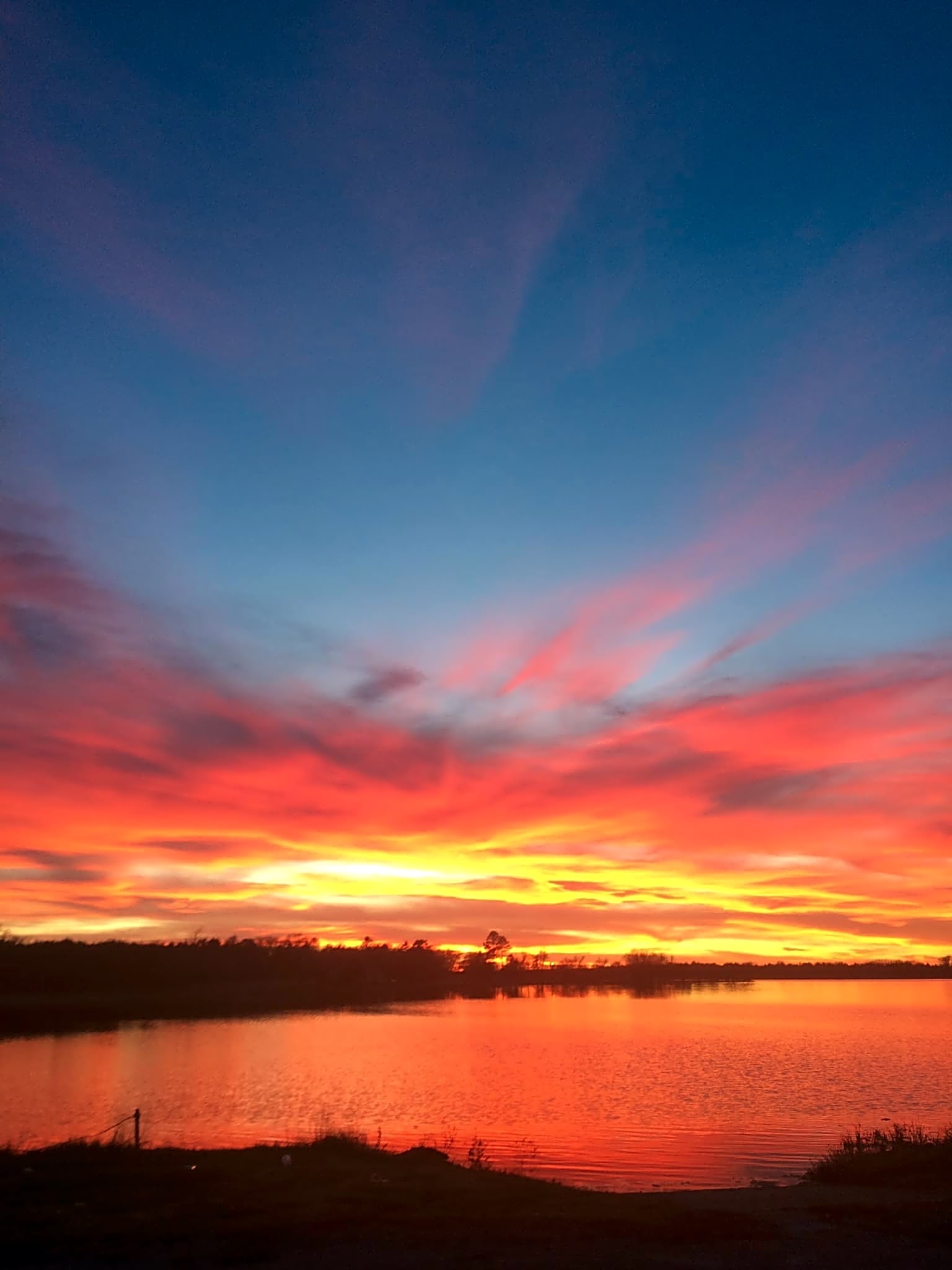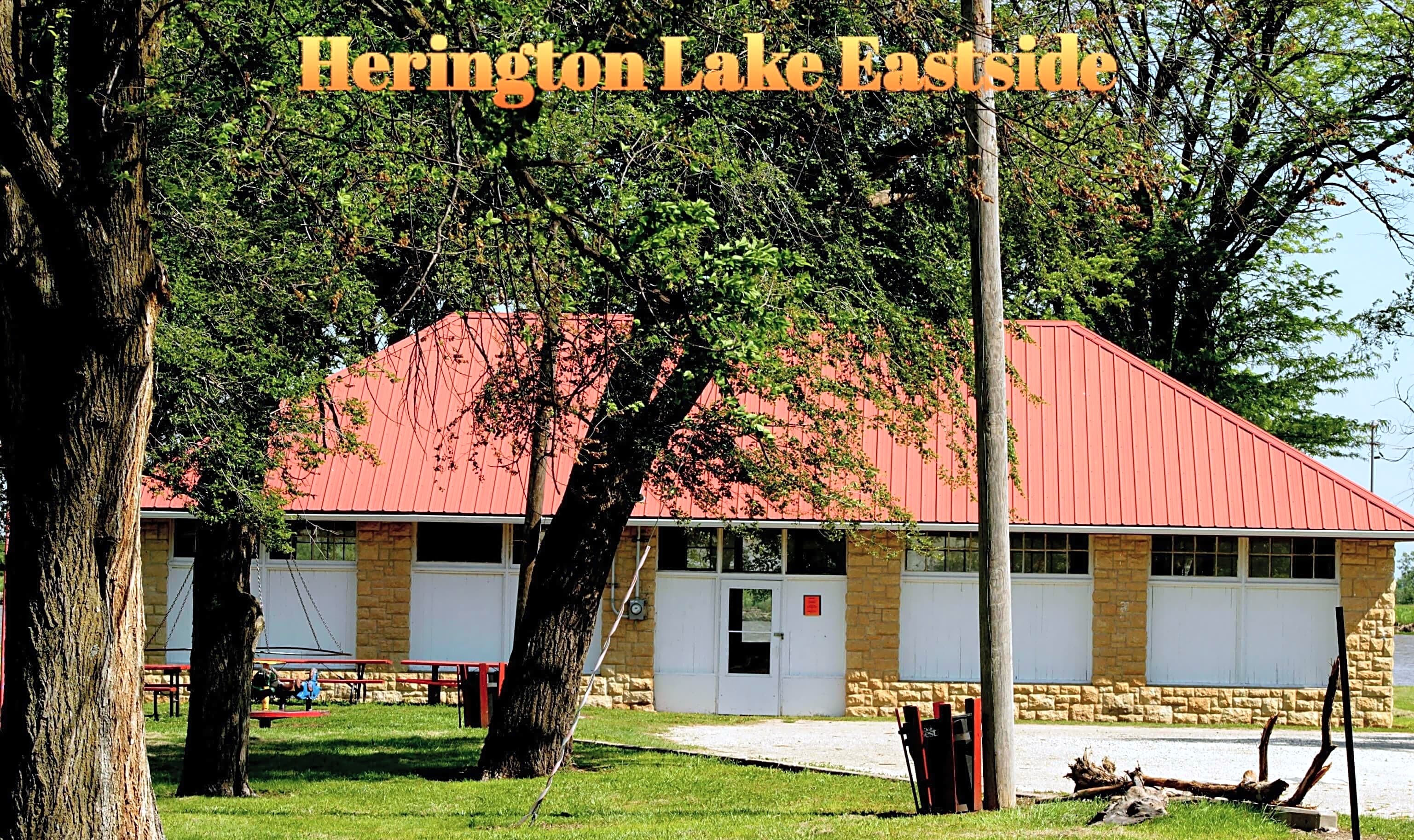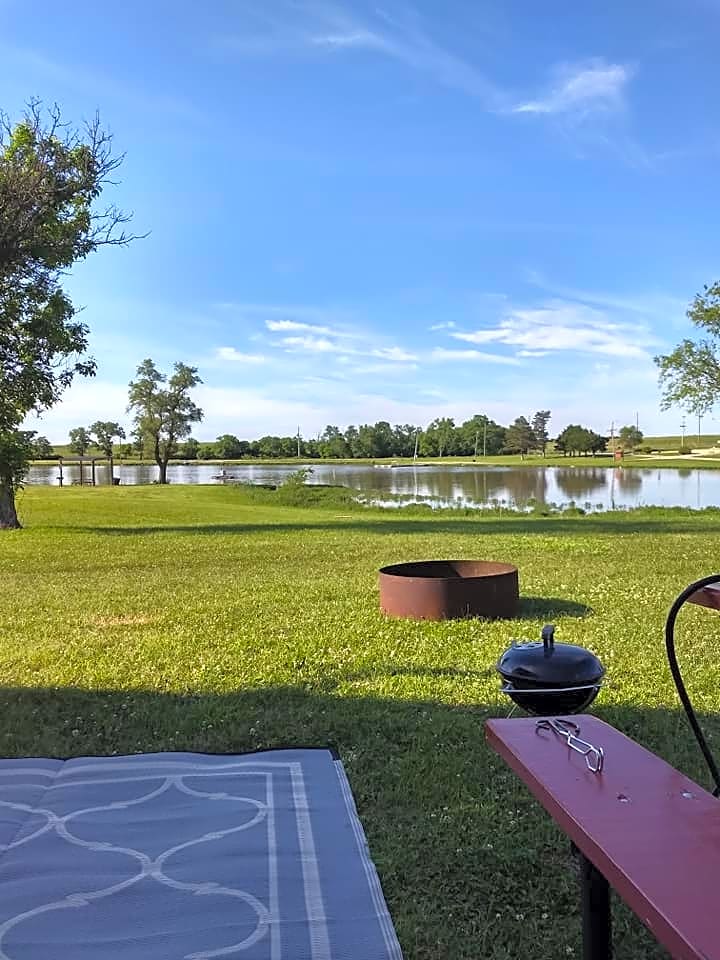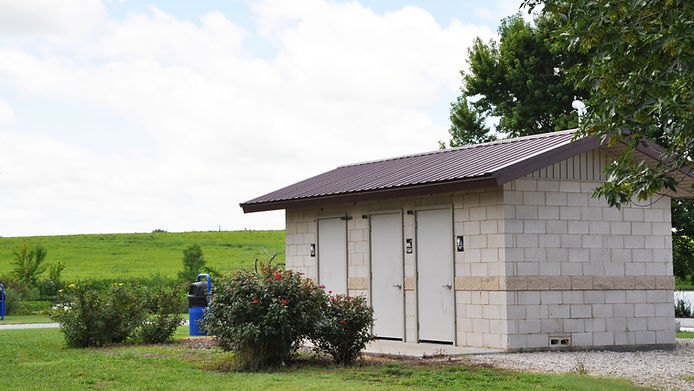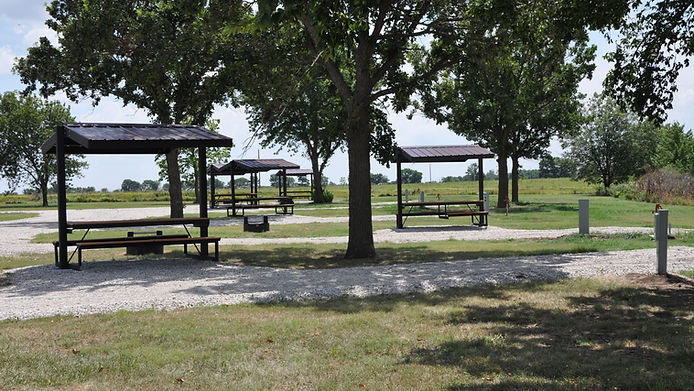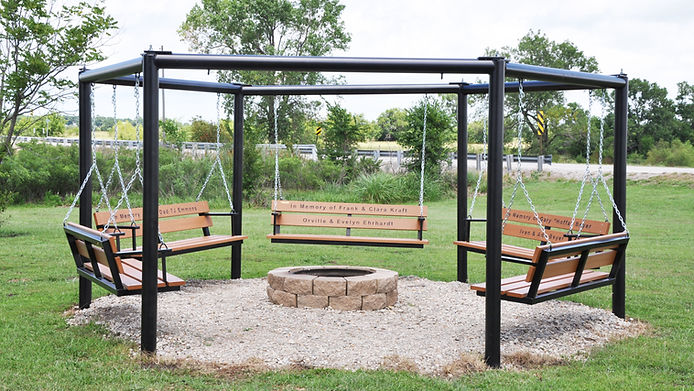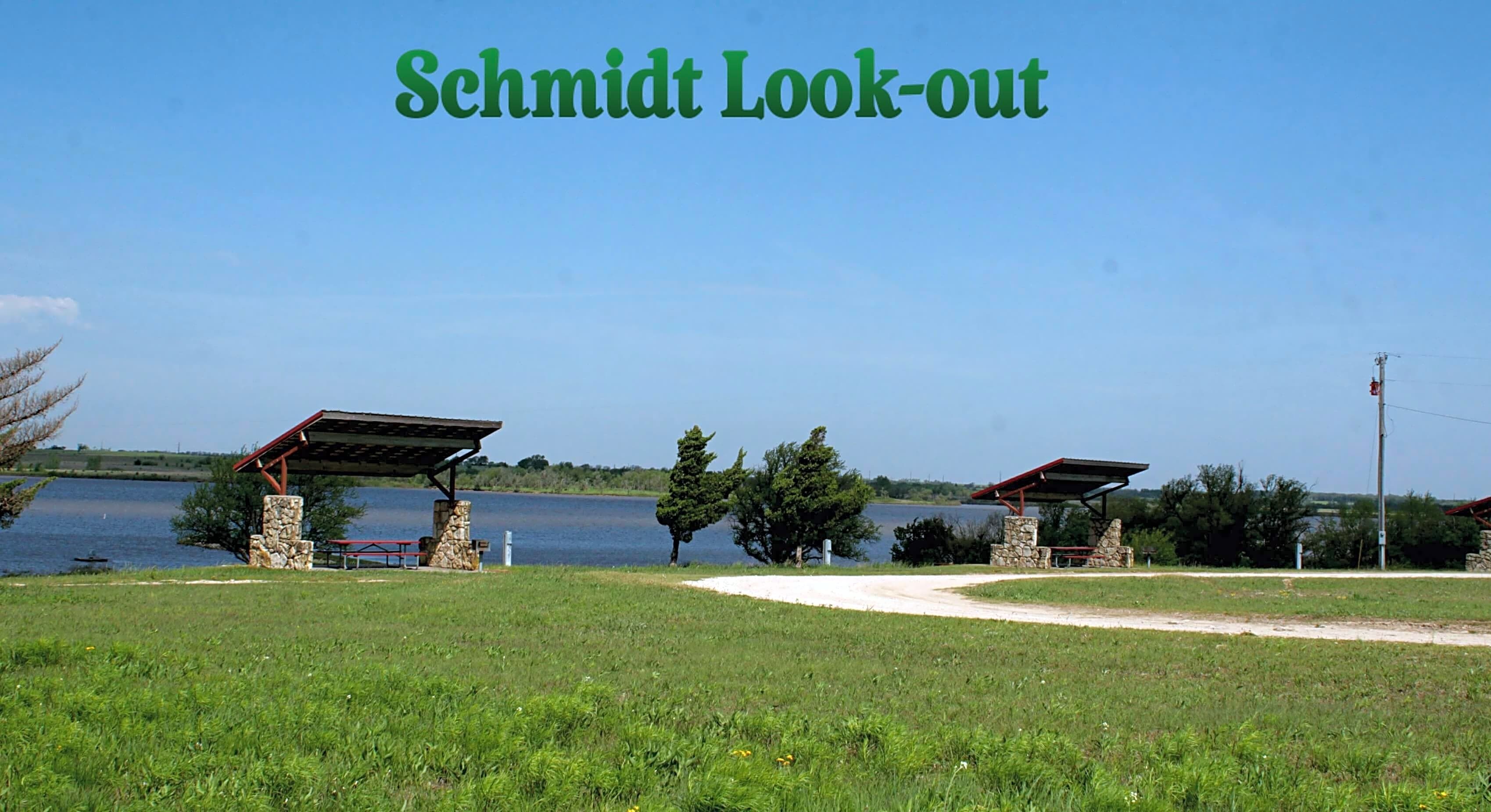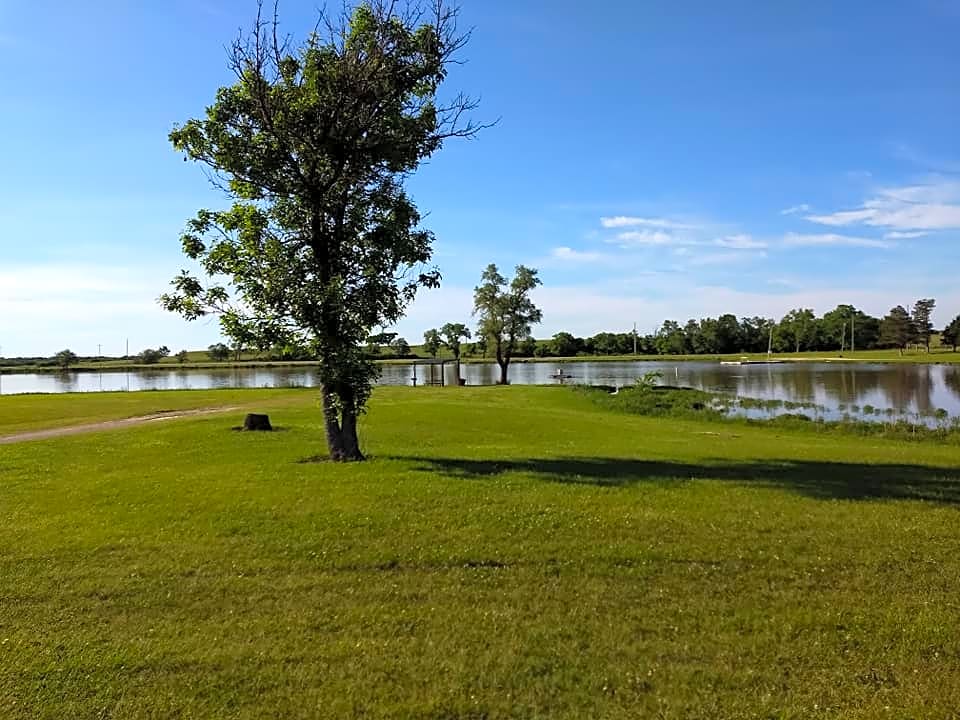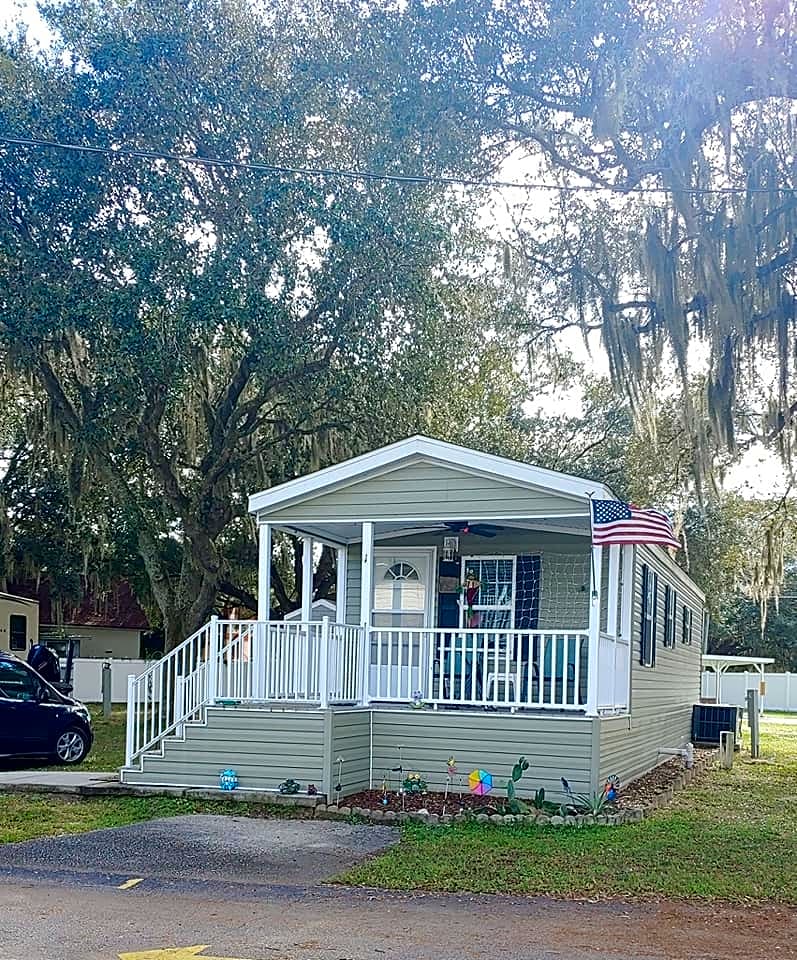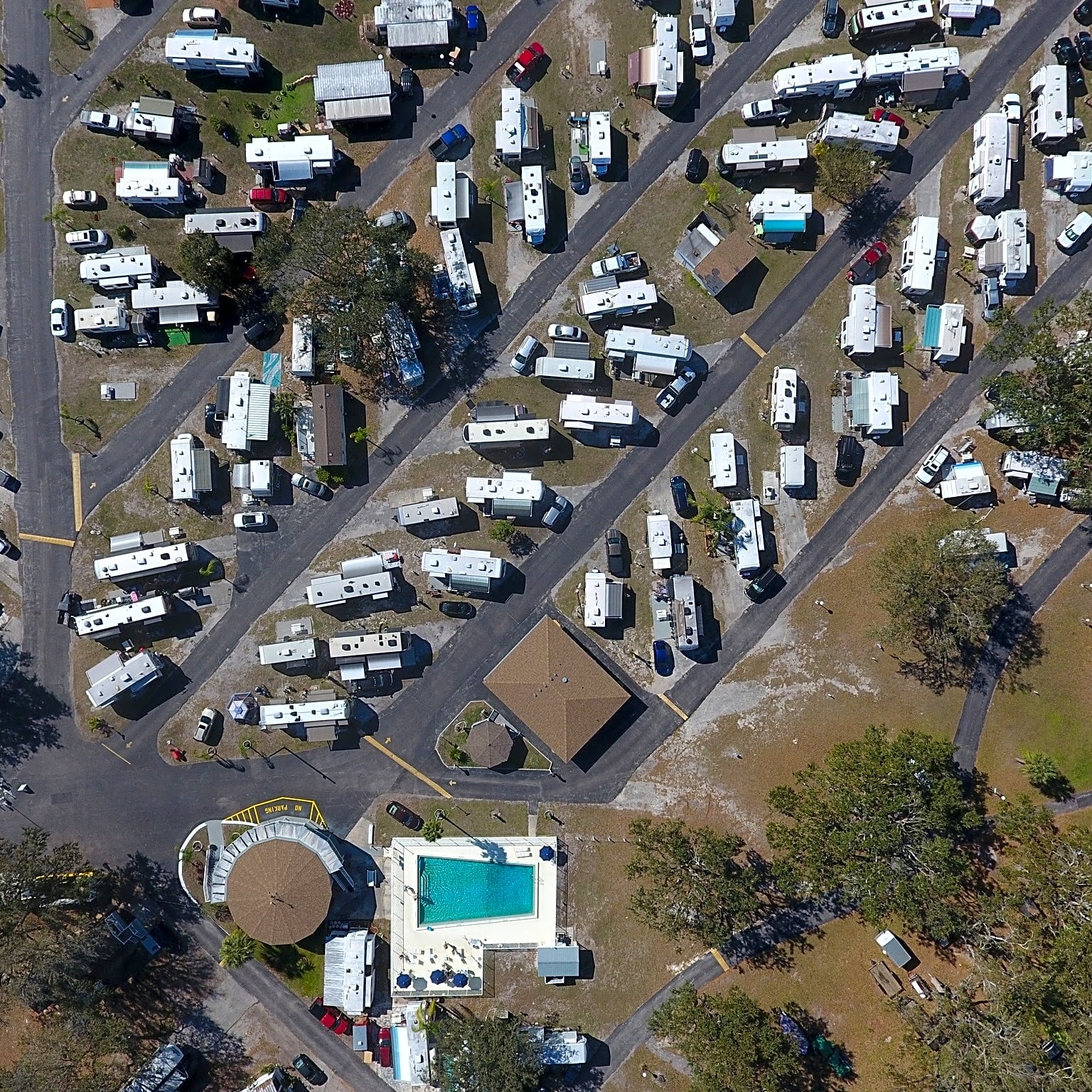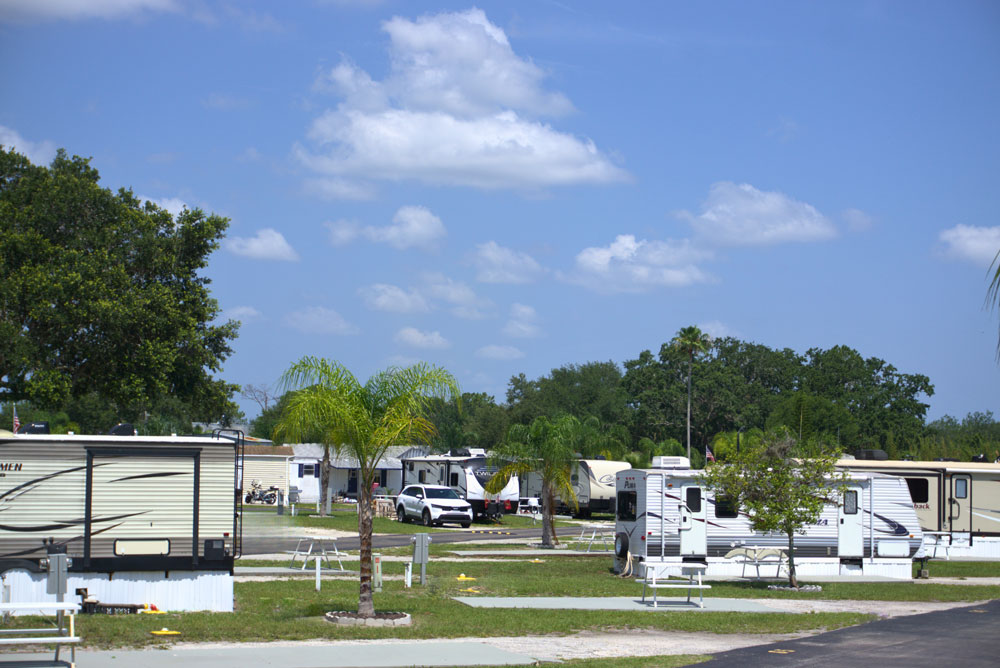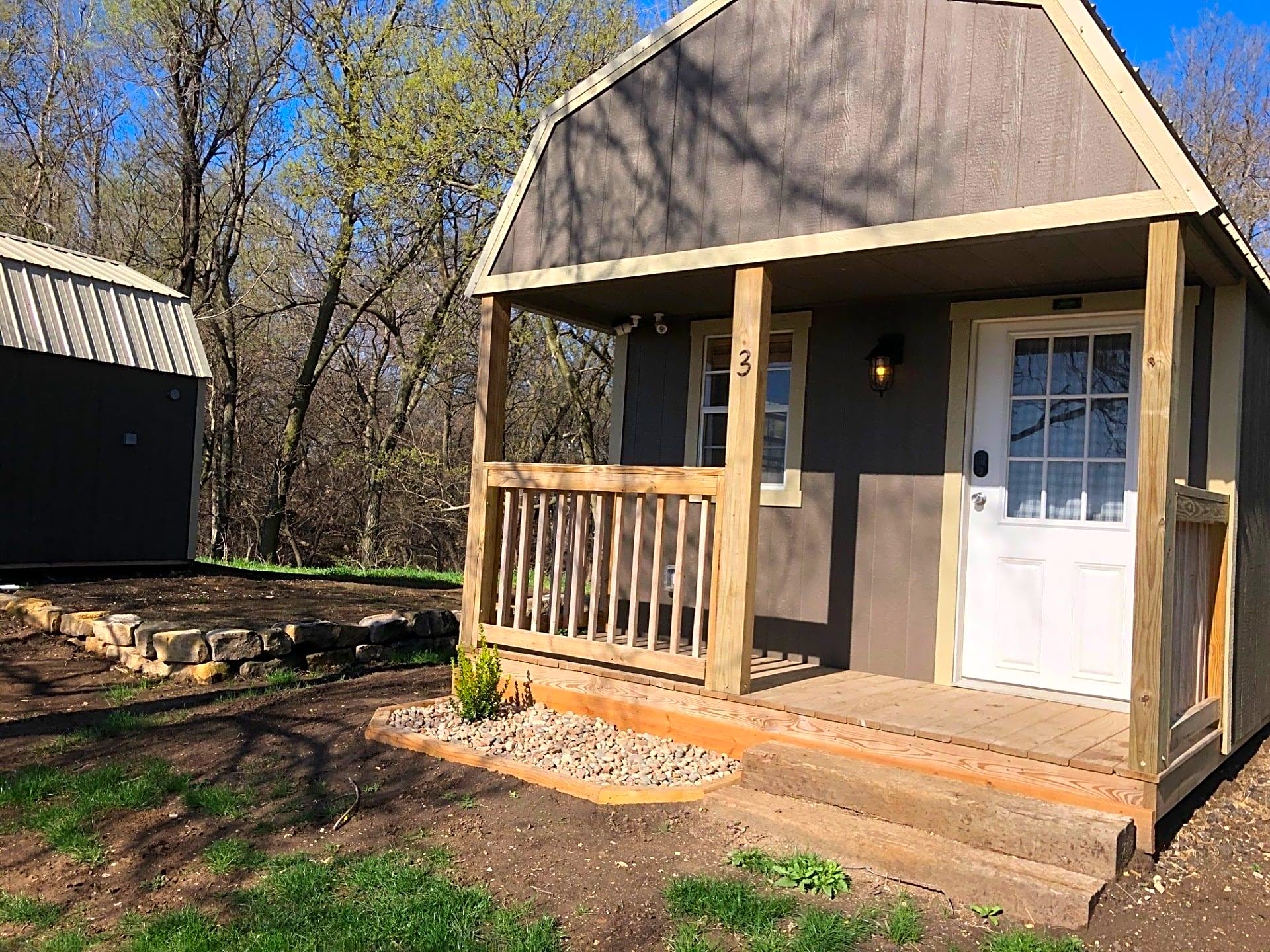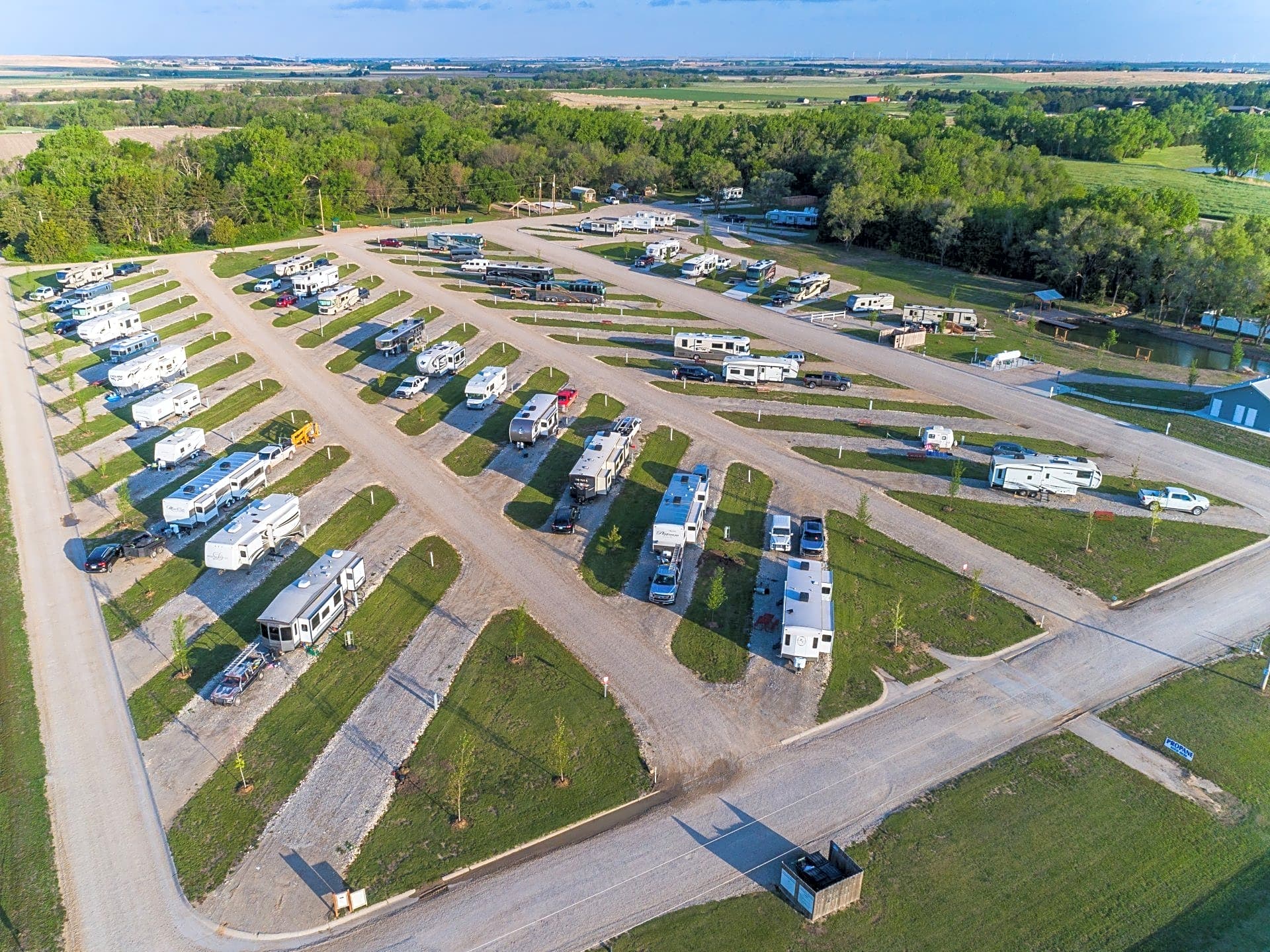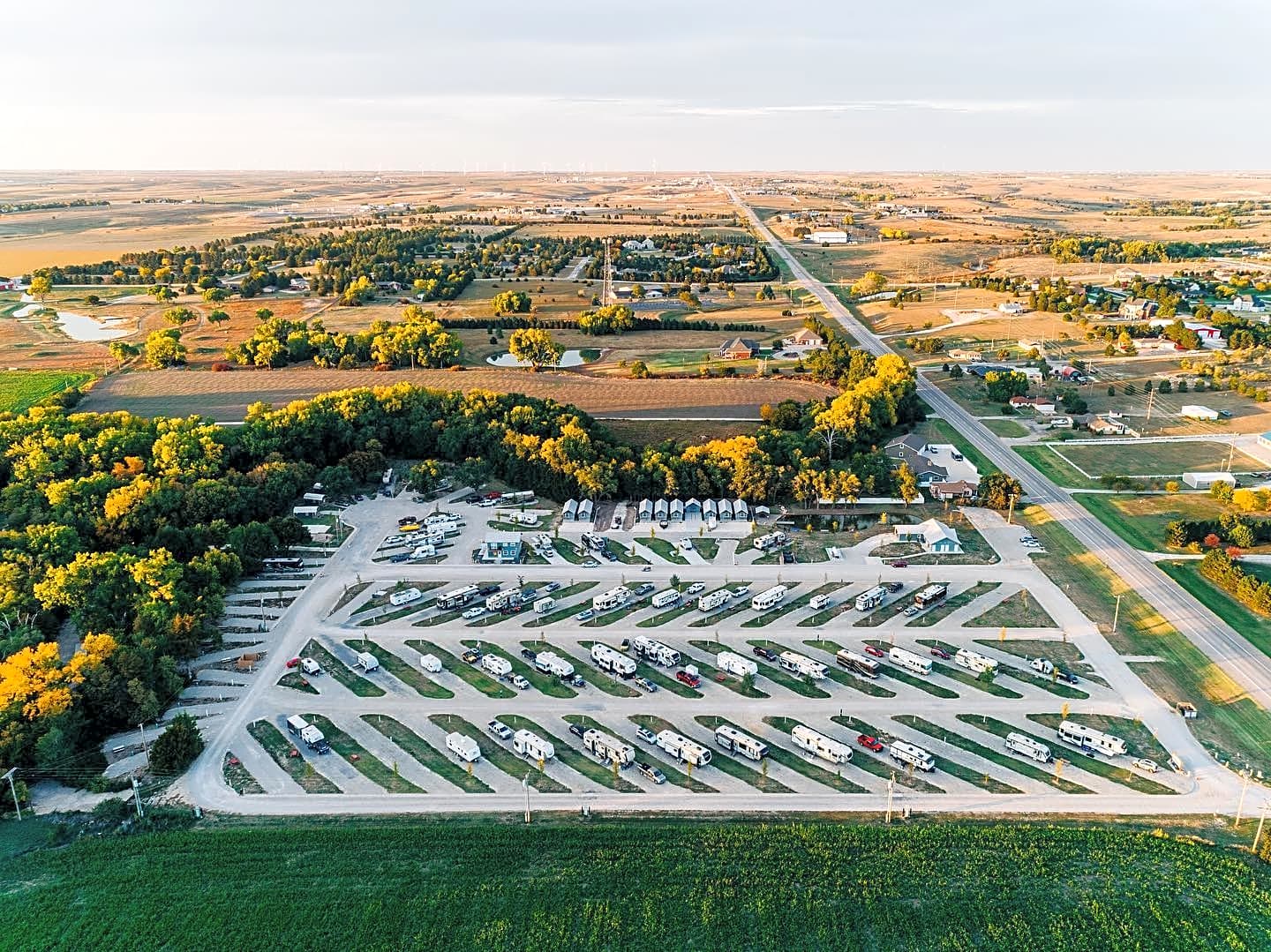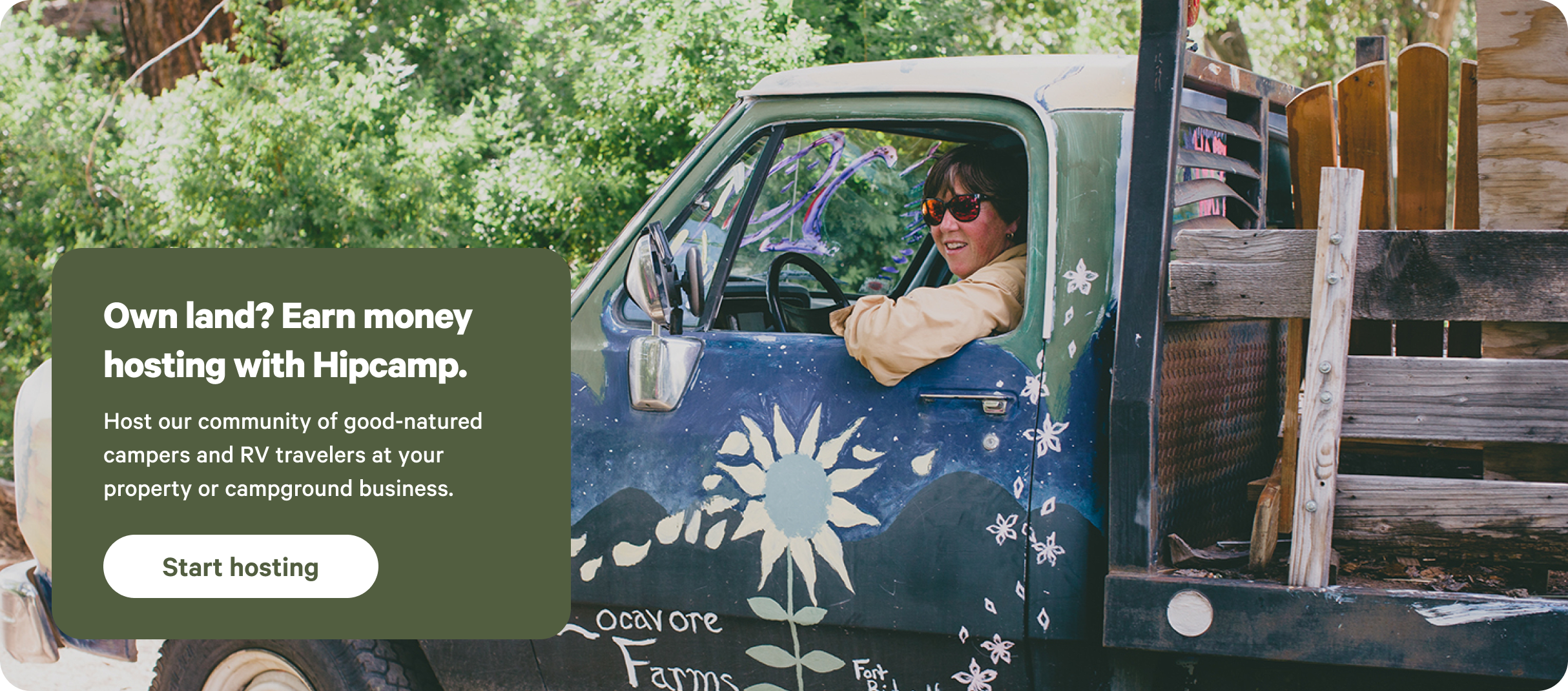5 sites · Lodging · Edwardsville, KSTransform Your Story Into A Fairytale.
Reawaken Your Inner Child & Reconnect With Your Authentic Self In A 5-acre Enchanted Forest.
The Inntirety Healing Center is a wilderness retreat and glamping area in Kansas City, KS. It offers a path for awakening your body, heart, and mind and restoring harmony with life through self-discovery and emergence into the senses.
Inntirety is a forest restoration project powered by love, and it will forever be a work in progress! The camping areas and trails leading to them are groomed, finished, and regularly maintained. Please consider that Inntirety is not in the 'luxury' camping category, as this is not our intention. We try to integrate into the natural setting and provide an intimate and immersive experience by combining earthing, exploration, play, and discovery.
We have beautiful and unique amenities, including a forest barrel sauna, a wood fire-heated clawfoot tub flower bath experience, a mini zipline, an outdoor shower, and hanging tree pods.
Finally, enjoy a complimentary continental breakfast, which you can self-prepare! We supply homemade waffle mix, oatmeal, coffee, and tea.
This land holds so much history, and unfortunately, prior inhabitants used a small area within this beautiful forest as a dumping ground for old appliances, car parts, and other retired debris. We are carefully working on removing and restoring this space as we can. As a nod to the prior inhabitants of this land, we are carefully collecting any artifacts found and reintegrating them into our building projects or transforming them into found-object art pieces.
10 minutes from The Legends, Speedway, and American Royal(coming soon).
10 minutes from Azura Amphitheater & Renissance Festival Grounds.
20 minutes from Downtown Kansas City, Historic River Market KC, The Crossroads.
20 minutes from Overland Park Convention Center.
We are a substance, alcohol-free area for many reasons. A bottle of wine or something to sip on by the fire is acceptable, but Inntirety is a place of healing and exploration. Thank you for observing this request.
We live on the property in the main house. Google Maps is mildly accurate, but it is like saying we are located at our neighbor's property. The house is green and has a wrap-around deck. If you aren't sure, please feel free to text me.
We want to acknowledge that Inntirety Healing Center is on the traditional, ancestral, and current home of Native Americans, Indigenous, and First Nations people. We ask you to join us in acknowledging the many tribal groups from our area, including the Jíwere, Kaw/Kansa, Otoe-Missouria, Shawnee, and Kickapoo tribes. We honor the elders, both past and present, and this calls us to continue to learn their stories and how to be better stewards of the land we occupy.
Camping/Glamping Sites
We have four glamping areas: two bell tents, a vintage pop-up camper, a tiny treehouse cabin, and a more primitive camping area with a tee-pee-style tent. Each site has a firepit or chiminea. If it is unsafe to burn, we will let you know. If conditions are dangerous for burning, each site has a mini BBQ grill. It is very important to keep your door zipped or shut. We try our hardest to keep bugs out so you are comfortable within. Each site has insense, and this is a magical bug detourant.
Inntirety Cafe / Lounge
Mini-Kitchen Area
If you don't feel like cooking or preparing your morning coffee at your site, you can use the community mini-kitchen area in the Inntirety Cafe. There are cooking utensils, a 2-burner electric stovetop, a French press, an electric kettle, and pots and pans. There is also a water station within the kitchen area. There is complimentary coffee, tea, creamer, sugar, butter, cooking oil, and a few other items for cooking. Please clean up the area if you decide to use the community mini-kitchen.
* We do not have running water inside the community area, but a sink is set up near the Forest Sauna for washing dishes.
Inntirety Lounge
Our community lounge is located within the Inntirety Cafe. Inside, you will find books, games, art supplies, and more. You are welcome to cool off, chill out, and relax during your stay. If you would like to borrow a book, game, etc., to return it to your campsite, please return it upon leaving.
Solar Shower
Just outside of the Forest Sauna is a solar shower with a small changing area. We have a water warming station near the outdoor sink to use for your shower. Inside the cafe, there is a laundry basket you can place your laundry in after you are done. Body wash, shampoo, and conditioner are in a basket by the shower. Solar Shower Instructions: If you want a warm shower, plug in the water heater near the sink. It takes about 1 hour to heat the water. Fill the white bucket with water. Walk over to the solar shower area and place it on the cinder blocks. Put water pump in the bucket. To turn on the pump, press the button for 3 seconds first and then once to activate.
Groomed Trails
The Inntirety forest has a groomed trail about a 3/4 mile loop. If you go off the trail, please be aware that you will probably get poison ivy, ticks, and other things you might not want to bring home as a souvenir. Please stay on the trails.
Zip Line
We have a 100ft zip line that guests are free to use. Please sign a waiver in the lounge before usage.
Forest Spa Add-Ons:
Wilderness Barrel Sauna
Please let us know if you would like to use the sauna. It takes some time for it to heat up. Further instruction is at the sauna. We will ask that you sign a liability release if you want to use the sauna.

